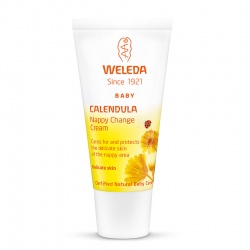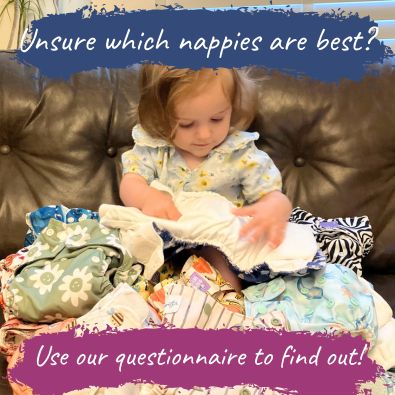MAD - Master Advice Document
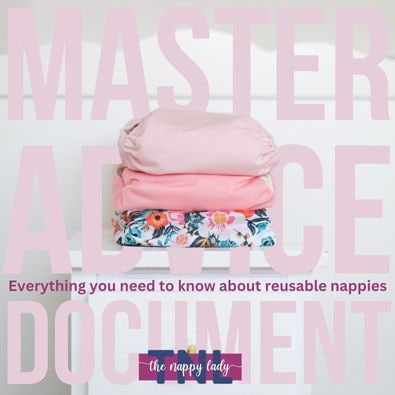
When you fill in a Nappy Lady Advice Questionnaire myself and my advisor team will consider many factors before deciding which cloth nappy system suits your needs best. These are discussed in more detail in this article. If you haven't already, fill in our questionnaire to receive your free recommendation.
Brief Introduction to the Jargon
Those of us who are familiar with cloth nappies often forget that the jargon can be confusing and intimidating, and that there is a real risk of people sticking with disposables just because the alternative seems so foreign. Remember, however, that cloth nappies are not harder than disposables, just different. Before looking at the different things to consider in a reusable nappy system, first let's try and explain some of the key terms and information you may come across in your research. Please feel free to ask if there is anything which you are not sure about.
Essentially, a cloth nappy comprises up to four basic parts. Once you understand the basic parts, you will find it much easier to understand the different nappy systems you see described. Working from the outside in there is:
- Waterproof outer layer - also called a wrap or cover
- Nappy - absorbent part
- Booster - increases or boosts level of absorbency
- Liner - to make getting rid of poo easier.
Not all parts are needed for all nappies – some are combined, some are optional extras. Examples of these parts are below:
The waterproof outer, often called a wrap, is simply the barrier between the nappy and the clothes, to ensure that wetness stays within the nappy. Some form of barrier between nappy and clothes is essential.
The nappy itself provides the absorbency for wee and containment for poo. It is the nappy which should bear the brunt of your child’s bowel function, not the wrap. Nappies can come in different sizes, or designed so that one size fits from birth to toddler. Nappy quantities vary depending on factors including budget and laundering facilities available, but we would normally recommend around 20 nappies from birth or 15 nappies from around 6+ months old.
Inside the nappy, you can also place a night time booster. A booster is simply an additional piece of absorbency to give an increase to the nappy’s capacity. Boosters can be made out of anything absorbent but the most common materials are bamboo, cotton or hemp. Boosters are not generally needed in daytime nappies unless the nappy in question is inadequate for the child’s level of output. We would normally suggest around 6 boosters for a reasonable laundry turnaround.
Against the child’s bottom, and on top of the nappy (and any booster), is the liner. The function of the liner is to catch poo, making it easier to separate it from the nappy. Wee goes through it to the nappy underneath, where it is absorbed. Liners may be either disposable or washable. Some nappies have a built-in layer of fleece and so no separate liner is required.
Drying Facilities and Options
Drying cloth nappies need not be difficult, but does require some thought, especially in areas with unreliable weather or where drying facilities are limited. Limited drying facilities are the most significant constraints on the choice of suitable nappy system, and have the largest influence on my recommendation for you. You should consider a drying option which best suits your current lifestyle, since it is unlikely that you are suddenly going to become keen on using the outside line, for instance, if you have not done so before.
Outdoor Drying
If you have a rotary drier outside, you could consider one of those plastic covers which enable you to hang washing out to dry even if it is raining. On a rotary drier, in damp air the washing will take a long time to dry, unless it is pretty windy. An old-fashioned long line high up on a pulley system is by far the fastest way to dry anything outdoors, as it lifts the nappies out of the shelter of the garden and right into good air currents. They will also smell lovely and fresh for being blown about. One advantage of outside drying is that the sun (if it shines!) is a natural bleach, so this will keep your nappies whiter.
Tumble Drying
Regular tumble drying of cloth nappies largely outweighs the environmental benefits of reduced landfill, so should be avoided if this is a major concern. We'll discuss more about how to minimise the environmental impact of using cloth nappies later on.
A washing machine with a higher speed spin will reduce the amount of drying needed. However, I would recommend that you keep the spin speed around 1000 revs, because higher than this may damage some nappies, or at least make the fabric go tatty. You will know from your own experience of washing your clothes how fierce your spin facility is! Having a tumble drier is the ultimate last resort, as you are then not limited to having to wait for your nappies to air dry. However, regular use of the tumble drier will of course increase the cost. To speed drying times, put a dry towel in with the nappies, as this absorbs the condensation the nappies produce. Try to avoid putting too many nappies in the drier at one time, in order to keep the drying time down.
If you have a combined washer/drier, and intend to use the drier, you will need to empty the washing machine after it has finished, and shake the nappies before putting them back in. Otherwise, some will tend to stick to the side after the last spin cycle, and these will not dry easily. You may need to split them into two loads to dry, as the drying capacity of these machines is much lower than the washing capacity. If you do not have the backup of a tumble drier, it would be advisable to avoid slow drying bamboo fabrics.
Air Drying
If you prefer to air dry in general, you could put your nappies in the tumble drier for 10 minutes at the beginning, as this will keep them softer. Air dried nappies will tend to go a bit stiff in hard water areas, although this does not matter at all if you use a fleece liner. As soon as your baby wees, they soften up anyway. Before air-drying your nappies, give them a good shake first, as this will soften them considerably. Equally, a shake when they are dry will also help.
Ironically, getting your nappies dry is usually easier in winter than in summer. This is because of the more reliable source of heat provided when we heat our homes. In summer, the house is usually cooler, and yet the weather outside may not be particularly beneficial for drying. Indoor air-drying in summer is usually therefore longer than in winter.
Airing Cupboard
If it is a warm one, using an airing cupboard to dry your nappies is ideal, as long as you can keep one rack free, so you can hang the nappies over the slats - spread out as much as possible. The airing cupboard will prove especially useful in the winter months, when the central heating is on. In the summer months, or if heavily insulated, the lack of warmth and of air movement might not make it your first choice.
Radiator Drying
Radiators may not be the most attractive way to dry your nappies, but when they are on they do provide direct heat at no extra cost. If you live in a modern, highly draught proofed house, radiator drying can produce excess moisture in the air. However, if you already dry clothes in this way with no problems, there is no reason why you cannot also do so with nappies. I recommend that you turn the nappies over periodically, to speed drying. On radiators which are on, the underside will dry first; when they are off, it will be the upper side which dries first.
Nappies made of traditional looped terry dried on the radiator will tend to go harder than those made out of either modern stretch terry . This can be countered by using fleece liners, and by thorough shaking out before both drying and use.
Bamboo and waterproof covers MUST NEVER be dried directly on a radiator as it will burn the fabric over time.
Ceiling Airers and Similar
A ceiling airer is by far the most practical indoor air drying method, as you can dry a large number of nappies or any other clothes, well out of everyone's way, with plenty of room for warm air to circulate. If you do not have one, but have a space where it would be practical to install one, I recommend you take a look at Sheilamaid.
Many modern houses, however, do not have the high ceilings that a ceiling airer requires, or indeed it may simply look out of place. Lakeland Limited offer a number of solutions at a good price: a traditional ceiling airer, a wall-mounted bespoke airer (which telescopes away) and a freestanding 'hangaway' airer (please note that they are listed under a different name than 'airer' by Lakeland). These three options are well worth considering and are comparatively inexpensive. If using a heated airer then we recommend that you do not place products directly on the airer but place another piece of material (like a tea towel) between the airer and nappy/booster. This is because all heated airers can reach different temperatures and we can not guarantee that any would not get too hot.
Aga Drying
With an Aga or similar, you will no doubt have a permanently warm kitchen. Combine a range cooker with a ceiling airer, and there really is no need for a tumble drier! You can also dry your nappies on the bar in front of the cooker, but be careful to keep fastenings (especially any plastic poppers) away from direct heat. As with drying on a radiator, turning over the nappies periodically will speed their drying considerably. Try to avoid putting too many on at once.
Use of Detergents - Bio V Non Bio
The reason we recommend non bio and not biological detergent has NOTHING to do with skin sensitivity, but to do with protecting bamboo and cotton fabrics. Some biological detergents contain an enzyme called ‘cellulase’ which can have a degrading effect on cellulose fibres like bamboo and cotton and this can be particularly severe if combined with the levels of heat used when tumble drying. Using biological detergent can invalidate some manufacturers' warranties.
How to use Biological Detergent Safely and Minimise Damage
If you have to use biological detergent as it's all you can find your country or area or for any other reason then do the following!
- Check your nappy warranty: if the manufacturer specifically advises against biological detergent then you will need to accept you will invalidate your warranty and you're using bio at your own risk.
- Check the ingredients VERY carefully. Choose a biological detergent without cellulase, as at this time cellulase is the enzyme identified as the main problem. This is easier said than done as many just list 'enzymes' on the box rather than each specified enzyme. However some of the bigger brand names do list on the full ingredients and actual enzymes used on the box or online.
We don't supply a list of cellulase free biological detergents for the simple reason manufacturers change their formulas.
The following general points have been made by our contact in the detergents industry:
-
Powders outperform liquids and have more 'features' built in to them, such as ingredients which work at different temperatures.
-
Powders generally contain bleaching agents, but liquids do not.
-
Cheaper powders often work by lightly bleaching things rather than lifting stains out.
-
Water hardness will have a major effect on detergent performance.
-
Excess detergent (whether powder or liquid) can give worse results – it is better to use less then work up if you need more. We generally suggest using a dose proportional to your washing load size, based on the manufacturer’s recommended quantity.
-
Tablets and sachets offer convenience, but work out much more expensive because they are priced as a premium product. In additional you can't adjust detergent quantities to your own preference.
-
Use of a water softener will mean you can use less detergent (but note it can cause damage to the elastic in shaped nappies).
If you are interested in knowing more about modern washing powders and how they are made, I recommend you take a look at this link. Finally, please remember never to put any Bicarbonate of Soda in with your nappy wash. Over time it can cause terrible damage to the fabric, particularly if you are also tumble drying them, as heated Bicarbonate will rot cellulose.
Vinegar has traditionally been used as a nappy soak, however most nappy manufacturers specify that vinegar, any soaking agent including Bicarbonate of Soda, Napisan, bleach or harsh stain removers should never be used as they can corrode the nappy fabric and effectively destroy your nappies. Please note that if any of these products are used on the nappies it will invalidate any product guarantee. Bamboo is an especially delicate fabric and is particularly susceptible to harsh chemicals.
Keeping Nappies Soft
If you are lucky enough to live in a soft water area, you will find that you naturally need to use less detergent than someone who lives in a hard water area, to achieve the same level of cleaning. Apart from the lower level of chalk in the water (which eventually 'grinds' clothes in hard water areas) resulting in softer fabrics, reduced detergent levels also help to keep nappies softer. In hard water areas, however, keeping nappies soft can be a challenge. There are a number of different ways to help:
-
Installation of a water softener. Although this is not cheap, it will have a knock-on benefit for all your clothes washing, not just nappies, and will also stop limescale build-up in your washing machine.
-
Good shaking out of your nappies before they are air or tumble dried, and again at the end.
-
Tumble drying, or at least for 10 minutes before or after air drying.
-
Using short pile modern stretch terry nappies rather than nappies made of traditional long loop terry or hemp.
-
Using fleece-lined nappies, or separate fleece liners – even if the nappy is quite hard, the fleece is soft against baby’s skin until he/she wees and softens up the nappy naturally.
Avoid the use of softening agents such as Calgon which can cause damage to the elastic in the nappies. The use of agents like Calgon will invalidate any product guarantee. Fabric conditioner operates by coating the fibres of your laundry. This makes it generally unsuitable for use with cloth nappies, as the coating inhibits absorbency.
Wash Frequency
For washing cloth nappies, I would recommend daily washing initially, moving to alternate day washing once the number of nappies per 24 hour period has dropped. When recommending for a newborn, quantities are based on an allowance for one day’s worth of nappies to be in use, one day’s worth to be drying and a few extra to ensure you do not run out. For older children, the quantity recommendation covers two days’ worth in use and enough spare to cover the third day whilst the first days are drying. Realistically speaking, it is difficult to find the space to store enough nappies for a three day turnaround, and two buckets would normally be required. It generally isn't recommended to leave your nappies for more than two days before washing, to minimise any potential ammonia damage.
The more times a day your child poos, the more frequently you'll need to wash, unless you buy a greater number of nappies to compensate, since the nappy obviously needs to be changed if it is dirty. For a breastfed newborn baby, how many times a day that this happens depends on the child in question – 5 poos a day is just as much within the norm as once every five days. Bowel function is therefore impossible to predict antenatally, and may not settle down to a regular routine for many weeks afterwards. By the time solids are established, however, you have a better idea of how many daily nappies your child goes through.
As a very rough guideline, we would normally expect a newborn baby to go through about 8 or more nappy changes per 24 hours, settling down to about 6 per 24 hours by about 6 months old. By the time the child is 18 months old, the number of nappy changes per 24 hours may be only 3 or 4, unless a badly timed poo intervenes! First time parents are likely to change nappies more frequently than parents who already have an older child.
Dry Pailing vs Soaking in the Nappy Bucket
Essentially you have two ways of using a nappy bucket: soaking, or not soaking (also known as 'dry pailing'). We recommend dry pailing.
Traditionally people think that you need to sterilise nappies in Napisan or similar before washing them. If you wash at 60 degrees, this is completely unnecessary. In fact, Napisan and Milton are both bleach products, and are not recommended for use on any nappies with any elastication or Velcro, or for use on any wraps. The use of these products will invalidate any product guarantee. If you do decide to soak, you should use plain water but it should be noted that many nappy manufacturers including Tots Bots and Bambinex discourage soaking of their nappies and The Nappy Lady™ no longer recommends it. An important point to note is that you should never soak or wash your nappies in Bicarbonate of Soda, vinegar, bleach or any harsh stain removers which over time can cause considerable damage to the fabric of the nappies, and will negate any warranty. Wraps should never be soaked.
With dry pailing, you will usually notice hardly any smell inside the nappy bucket, and there is no dirty water to have to get rid of. Dry pailing is ideal if planning to wash less frequently than daily, otherwise you would need to change the nappy bucket water daily and might well need more than one bucket to find room for. In addition, if space is tight, you do not need to have a bucket at all: you could have a large washable nappy bags in your laundry basket or wherever convenient, as the zip or drawstring closure is very secure. In very warm periods, there may be a 'hamster cage' smell from the nappies when the bucket lid is raised. This is easily solved by keeping a damp muslin with a drop of lavender oil added at the top of the bucket. Every time you add a nappy, just put it underneath the muslin.
Soaking does prevent stains from drying out and setting; this is why the water in the nappy bucket smells when you lift the lid. If soaking, it would be useful to run either a rinse or a spin through on your machine before washing the nappies, to clean out the dirty water first. As many nappy manufacturers are discouraging soaking their nappies The Nappy Lady™ no longer recommends it.
From a logistical point of view, a bucket with dry pailed nappies in is easier to empty into the washing machine. A bucket with any form of soaking solution in is potentially at risk of being tipped over, and so the safest place to keep it would be in the bath – if it gets knocked over, the only place it will go is down the plughole.
Do reusable nappies really save money?
Yes they do. Read our comprehensive guide to comparing costs of reusable nappies and disposable nappies.
Nappy Rash
Many people are initially nervous about using cloth nappies, because they have been told that wetness causes nappy rash. Let me first of all put that myth to rest. The cloth nappy community is very much driven by parents who use cloth nappies for their children, and are evangelical about them. Many of them would not use a disposable if it were free of charge. The simple fact is that they prefer cloth nappies for their children. This is not, ultimately, a decision based on environmental issues, though this may have been the issue which first drove them to consider cloth. It is about parental choice. It is also generally true to say that parents who use disposables may appreciate the convenience or dryness of them, but they tend to treat nappies as a necessary evil, rather than being something they really love and want to tell all their friends about.
No caring parent would use cloth nappies for their child, if they caused nappy rash while the disposable alternative prevented this. Yet, not only do cloth nappies not cause nappy rash, but it also seems clear from customer feedback that disposables do not prevent nappy rash – many children in disposable nappies suffer from nappy rash, despite the stay dry layer.
Nappy rash is not caused by a wet nappy, despite the advertising message put out by the disposables industry. There are many and varied causes of rashing, in all types of nappy, and getting to the bottom of the cause is what matters, whatever type of nappy you use. True nappy rash is caused by the interaction between faeces and the wetness already in the nappy. While it is certainly true that if a child is left to sit in a poo, true nappy rash will arise earlier in a cloth nappy than in a disposable, it isn't the nappy itself causing the rash. Indeed families using cloth nappies tend to be changing more frequently anyway, which minimises the time the child may be left in an unnoticed dirty nappy.
Change Frequency
If you already have a child in disposables, you will probably know roughly how many nappies per 24-hour period your child uses. If your baby is not yet born, you will need to wait to see how frequently their bowel movements occur. On the whole, you should not need to use any more cloth nappies per 24 hours than you would disposables, although they will of course feel wet. Just because they are wet does not mean they have to be changed - they are designed to have a surprisingly large capacity even when they already seem very wet to the touch.
A wet cloth nappy may come as quite a shock initially. Believe me, your child will not notice it. You do not have to change the nappy as soon as it gets damp. You change it at a frequency which suits you, or when they have pooed. However wet the nappy is, if there are no leaks outside the wrap, there is no problem – it is doing its job. It is very unusual for a child to be genuinely sensitive to wetness, and I can advise you on what other possible causes to eliminate first before thinking this, should nappy rash occur. For more information on nappy change frequency read our article on how often to change cloth nappies.

Childcare and Nappies
There are two aspects of childcare which affect which kind of nappy system is most appropriate. Firstly, the age of the child and secondly the type of childcare chosen. The younger the child, the more nappies per 24 hour period that they will go through, and the less solid their bowel movements until weaning is well established. This means that you may need to build in an extra allowance of nappy changes, in comparison with nappies for an older toddler. It is always wise to have at least one spare wrap in the change bag.
Additionally, onesize nappies may need to be folded down into the newborn setting, making them less simple to use for unfamiliar changers. The most important criteria are reliability and absorbency. The more potential nappy changers there are, the more straightforward the nappy system needs to be, and the more it helps to provide a one page information sheet for reference. Modern caregivers often have no extensive knowledge of cloth nappies, or may have very outdated views. Demonstrating a nappy change to your chosen caregiver, and providing clear information about how the relevant parts of the nappy (wrap, nappy, liner etc) work together, make it more likely that your caregiver will use the nappies successfully. Do ensure that this discussion includes a comment on how often you want your child changed. Always stay with one type of nappy at day care, to minimise confusion. An all in one nappy is the most simple system to use for childcare.
If your chosen carer is someone with whom you have a personal relationship, they may well be looking after your children on an unpaid basis, or cheaper than the going childminding rate. So, the last thing you want to do is have any kind of conflict over a subject like this. You will probably therefore want to be as accommodating as possible with them. Also consider any kind of special needs your carer might have, such as arthritis (eg. Velcro® would be easier than poppers). Some daycare providers may be resistant to using cloth nappies, but would have to do so under their Equal Opportunities policy. It would be just as discriminatory to refuse to accept a child in cloth nappies as it would be to refuse to accept a child who has - for example - special dietary requirements as a result of his parents’ religion.
You do not need to be apologetic about your choice of nappy, and you should also ensure that agreed arrangements are adhered to. However, it is best to be as non-confrontational as possible about this, since you want to retain their co-operation. Practical issues to be covered include storage of dirty nappies in either a bag or a bucket and whether poo will be dropped down the toilet or the liner simply folded over it, for you to deal with at home. They should also be made aware that the whole nappy area from the waist downwards needs to be cleaned properly, not just the genitals.
There is no need to soak nappies, and this would not be advisable where other children are around. Instead the nappies can be stored in a waterproof bag (dry pailed). When the nappies go in the wash, the bag will go in as well and can be supplied clean with fresh nappies the next day. It is best to have two bags, one of which holds the clean nappies, and one of which holds the dirty ones. You could add an identifier of some kind to one of the bags, which would mark it out as always being used for clean nappies, so that your caregiver does not inadvertently place a dirty nappy in the bag with the clean nappies.
If it would help to provide a contact point for the caregiver in case they have any problems with using cloth which they want to discuss, you are welcome to give them The Nappy Lady’s number. Sometimes it can be hard for them to admit to the parent there is a problem, but they might feel happier to sort it out by talking to someone else. Finally, however, do bear in mind that it may well not be worth risking your childcare arrangements (especially if a personal relationship is involved), if you encounter resistance on the subject of cloth nappies. The way round this might be to offer a super-easy all-in-one or pocket nappy or even disposables of some form whilst your child is with your carer, if necessary.
Liners
The questionnaire asks about possible complications with plumbing, particularly in respect of disposable liners. There are a few potential issues which you should be aware of. It is by no means essential to use a liner with nappies, but they do make things easier in terms of picking up and disposing of poo. Liners come in essentially two types: washable and disposable. Washable liners, of course, do not affect the plumbing because they are washed and reused.
Disposable liners need to be treated with caution, even if they are marked as flushable, and especially if you live in a house with old pipes (which tend to be very narrow or may suffer from tree damage). Anything which does not break down on contact with water, like toilet paper does, can potentially cause a blockage. Obviously, if a liner does break down immediately on contact with liquid, it is no use as a liner. Some liners can be washed and reused a number of times, which saves on the ongoing cost. However, the more times a liner can be reused in this way, the more potential risk of blockage such liners present. We advise you bin paper liners or compost wet-only ones and bin soiled liners.
The thicker Bambinex liners can be used either as a liner or as a wipe. We do find that they are better at containing newborn breastfed poo than other disposable liners, and as they are long they can stick out of the nappy at both ends, which helps them stay in place better. Remember that the liner needs to be completely contained within the wrap.
Different Age Children in Nappies
If you are planning to have children of different ages in nappies at the same time, then a nappy which can be used from shortly after birth to toddler makes a great deal of sense. As one size fits all, you do not need to keep two separate stacks of nappy sizes, though it may be a bit fiddly to have to readjust a nappy if you come to one set for the other child. When using the same nappies on two children, it is important to wash at 60 degrees, to ensure that there is no risk of either child passing anything on to the other. However, if you do go for sized nappies, you might consider having size 1 and size 2 nappies of different colours so that the two sizes are easily identified.
It is also worth considering having wraps that can easily be told apart - e.g. one size in white and the other in print. Or one size with popper fastenings and the other one with Aplix®.
Subsequent Children in Nappies
There are no guarantees that nappies or wraps will last for more than one child. However, if laundered carefully, some brands can be expected to last for two or even more children. The Mother-ease Onesize nappy probably has the most durable elastication of all nappies on the market, and the humble cotton terry square has been known to be used again for children and even grandchildren. You may find that you need to replace your wraps for subsequent children as these don't always age as well as the nappies (though the Mother-ease 'Classic' PUL warps have served many of the team well for two children).
Twins and Multiples
Recommendations for multiples can be tricky to get right, because aspects like limited laundering facilities are relatively so much more important. Where multiples have not yet been born, it is especially difficult to recommend appropriate quantities, because so much depends on the children involved: two children who both poo 5+ times a day are going to go through an awful lot more nappies than twins who both poo only once every 4 or 5 days. Or you could have one at each end of the frequency spectrum. Multiples who are already here and have a relatively regular toilet routine are much easier to advise for on quantities.
As a general rule, you do not simply multiply a singleton’s quantities by the number of children, because the quantity recommended for one child builds in a drying allowance. When you have multiples in nappies, the chances are that you will wash nappies daily – or at least alternate days – otherwise the nappy bucket builds up too much. Therefore, the turnaround of nappies may be faster anyway. As a very rough guide, quantities for twins would generally be about 1½ times the quantities for a singleton.
With multiples, therefore, you should be prepared for my recommendation to provide more of a general guideline, which might be over or under on quantities. It is best if you prewash only part of your order initially, and then play it by ear as to whether you will need the whole set, or even need additional quantities, once you have a feel for how many nappies and wraps you end up using in practice. By doing it this way, you can return any products which are surplus to your anticipated requirements.
Twins are rarely above 5lbs or thereabouts at birth, so you may need to consider preemie size nappies initially, if you plan to use cloth from the start. Having said that, having twins is an even bigger change of lifestyle than having a singleton, and it might be wisest to wait until they are around 8lbs in weight before starting to use cloth.
No Plans for Other Children
If you are not planning any more children, you can make a nappy decision based purely on your current situation, without building in allowances for other future children. Bear in mind that good quality nappies and wraps can easily be sold second hand once you have finished with them.
Having a Supportive Partner
Having a supportive partner is a major plus in making your chosen nappies work for you, because you will not feel under pressure to avoid 'I told you so' comments. A partner who is reasonably supportive or willing to be convinced is already part way there, and is likely to become very enthusiastic about cloth nappies once they have seen them in action. However, if your partner is against using cloth nappies, it is particularly important to get this decision right. It may be worthwhile to try and find out the reasons why your partner is not in favour of this decision, if you don't know already. It is usually one of the following:
Fear of wasting money
If you have (as many of us do!) a bit of a reputation for spending a lot of money on something which then does not get used, your partner may well think that cloth nappies are likely to be an expensive waste of money at a time when money is probably going to be tighter than usual for a few months at least. However, you can get a trial set of nappies to try them for a few weeks before investing in the rest. In the unlikely event of you not getting on with them, you would be able to sell them very easily for at least half their initial cost - the amount that they have cost would be no more than you have saved on disposables in that period anyway.
Horror stories about terries
Bear in mind that you have probably been researching this topic for some time, and are well aware of the different modern nappies available. However, if your partner has done any research at all, they may have just asked older family members, whose experience will be of terries, plastic pants and boil washing. Using cloth nappies today is a very different proposition from forty years ago, as the washing machine and modern detergents have removed all of the hard work, and modern fastenings have done away with the need for pins. Our parents' generation needed to boil wash their nappies not just to get them clean but to remove the bleach used in the nappy bin - this is unnecessary today, and the use of bleaching products will invalidate any product guarantee. The people your partner needs to talk to are those who use modern cloth nappies, to get an accurate picture.
Belief that wetness causes nappy rash
This is a difficult one because this statement is regularly repeated without any supporting evidence (in fact, independent research done at Bristol University shows that nappy type is irrelevant as a cause of serious nappy rash), so that it has come to be believed by the vast majority of people. When we were in nappies, the rashing children often got was not true nappy rash, but a sweat rash caused by being in plastic pants. As the PUL used in modern nappies and wraps is much more breathable, this is no longer an issue.
If the decision of whether to use cloth or disposables is entirely your own, what you as the sole or main nappy changer think of the nappy is more important than the views of others. Try not to be swayed by those who raise objections, until you have assessed the nappies for yourself – very often, the people who tell you how hard it will be will be those who have never used cloth nappies in their lives. They are either just repeating myths they have heard, or may even feel their own parenting decisions are being implicitly criticised by your choice.
Weight or Build Issues
The younger a baby is, the harder it is to gauge what sort of build they have – and almost impossible to guess it for a baby which has not yet been born. However, immediate family build can give some clues, especially if there are older siblings whose own birth weights will normally give a good indicator of expected birth weight. Although certainly not a failsafe indicator, second children tend to be a little bit heavier than first children at birth.
Where either parent is especially tall (above 5’7"/170cm maternal height or 6’/183cm paternal height), we work on the assumption that the baby is likely to be tall as well. Some nappies may end up sitting very low on a tall toddler, and you want to avoid having to potentially buy a new set of nappies later on as your current ones may be outgrown before toilet training. Maternal height is usually the more important indicator. Having said this, however, parental height is only a possible indicator – we have known plenty of tall babies with short parents and short babies with tall parents!
If the child or either parent is of very solid build, the Little Lamb range is less likely to be suitable than other nappies, because it particularly suits children who are of average or slim build. In such a situation, the Easy Peasy range would be a better-fitting alternative in a similar style. Nappies with side fastenings, such as the Sandy’s nappy, may be less suitable for older male toddlers, because their wee can inadvertently shoot out of the side, unless the willy is pointed well into the nappy at change time. By the same token, a nappy which enables the booster to be folded over at the front may be better for boys, whereas one with the booster attached at the back may be marginally better for girls. The idea is to provide most absorbency at the point of exit, for maximum leakproof-ness.
A birth to potty nappy generally has a slight compromise on fit, being bulky on a newborn but possibly too snug a fit in the crotch length for a tall toddler. This is not the case for all birth to potty nappies, by any means. However, the better the fit at one end, the more of a compromise on fit at the other. Most often they tend to be bulky on a newborn, and you may prefer to use something like muslins for a few weeks to avoid this problem.
Once well-established on solids, children put on weight very quickly until 20lbs approximately. This normally coincides with the time that your babies get mobile, and so weight gain slows dramatically at this point and your babies start to slim down from their 'baby chubbiness'. Although they are getting heavier, this is the point at which they start to get longer rather than wider, which is why a nappy which fits a 20lb eight month old will also fit a 30lb two year old.
For the newborn stage, it is relatively easy to recommend a good nappy system which meets your criteria, as you will only be using them for a short period of time. Once baby has outgrown newborn nappies, and you find yourself looking at size 2 nappies before 6 months in age, I would strongly suggest that we specifically consider this issue, as this may be an indicator that another style may suit your child’s shape better. Most children go into the size 2 nappies between 6 and 12 months in age.
The child who is around about 14lbs in weight is really too heavy to get good use out of size 1 nappies but not heavy enough yet to go into size 2 nappies. In this instance, therefore, a birth to potty nappy might be most appropriate, unless you have plans for subsequent children who would get use out of size 1 nappies. Medium size wraps would be the best fit at this weight, but might be quickly outgrown. Of course, this will not matter if subsequent children are planned, because the medium wraps will get good use later on anyway, and if there is no further child to consider can always be sold second hand. It is better to get the right size wraps for the child’s weight rather than trying to go straight to the next size up, and you are more likely to suffer leaks if you use a wrap which is too large on a mobile baby.
Everyone’s priorities are different, and there are often trade-offs to be made when weighing these factors up. Sometimes we find that a parent may have one set of stated priorities, but an assessment of their situation may highlight something else as more important than they may have realised. Underestimating the need for fast drying nappies in a situation where drying facilities are very limited, for example, is a common one.
Cost of Reusable Nappies
In terms of overall cost, there is no doubt that cloth nappies save a lot of money over one child’s nappy-wearing period in comparison with using disposables. However, individual disposables are cheap to buy and the weekly cost is relatively easy to find. With cloth nappies, on the other hand, the bulk of the cost is at the beginning, and this sum may be hard to get together in the first place. Saving a regular amount weekly on an antenatal basis, buying your nappy system in smaller parts which can be used part time until you have your full nappy system, or setting up a wish list with The Nappy Lady so that family/friends can contribute to your purchase are all ways in which the upfront cost of buying your nappies can be minimised.
Bear in mind that there are a number of ways to minimise the initial cost, if that would enable you to get the nappy system you want rather than one which is just the cheapest one. Sometimes there is a trade off between cost and reliability, as the very cheapest nappies are terries or prefolds, which are certainly not as reliable as shaped nappies if used as a pad. It can be a mistake to focus too closely on cost, if your other criteria are not met: however cheap your nappies are, if you end up not using them they will be an expensive mistake.
Examples of some of our budget friendly bundles are below:
Drying Speed
Many nappies have a loose inner parts, which helps with drying speed as everything comes apart for faster drying. Microfibre is super fast drying and ideal for families with limited drying facilities, however it is a man made fabric which some like to avoid. Bear in mind though that expectation is often as important as actual speed – many families manage quite happily with limited drying options and slower drying nappies they love, whereas others may want faster drying nappies despite having much better facilities.
Examples of our best selling quick drying nappies are below:
No Leaks
Many people contacting us for advice about moving to cloth nappies experience leaks of poo or wee in disposables, and so the reliability factor is what attracts them. I am pleased to say that if you get the right cloth nappies for your circumstances and know how to use them properly, you should find them at least as reliable as disposables, if not more so.
One little 14 month old girl we advised for was going through 12-15 disposables a day (plus a number of Care Mats, because the disposables never provided any containment) because she was born with most of her bowel missing and was still being largely milk fed. Her mum was delighted to move on to cloth nappies which actually did the job of containing this, thus saving her both a fortune in nappies and a massive amount of clothes washing. Her experience is extreme, but does demonstrate that people often have a wrong perception about the relative performance of both disposables and cloth nappies.
Some nappy types are less reliable than others for many people, which is why at The Nappy Lady™ we have a strong preference for shaped nappies in our recommendations. These nappies provide two points of containment - the nappy and then the wrap - whereas all in one nappies have one point of containment (the wrap), which means that child shape is far more critical than with a good two-piece nappy system.
Some examples of the most reliable two part systems are below:
Environmental Impact
From an environmental point of view, you should be aware that using cloth nappies can have just as much environmental impact as the use of disposables. However the production of disposable nappies has a far higher environmental impact, and users of cloth nappies have a great deal more flexibility to minimise the effect on the environment. Try the following to make your nappy use as economical as possible:
-
Do not wash nappies at 90 degrees - 60 degrees is perfectly adequate to sterilise them (or even 40 for an older baby, with the occasional blast at 60 for a more thorough wash)
-
Do not soak them in bleach, Bicarbonate of Soda, vinegar or other harsh stain removing corrosive products
-
Try not to tumble dry, or tumble only for a few minutes at the start, to soften the nappies before air-drying
-
If you have one, a condensing tumble drier has a slight advantage that the waste heat remains in the house, and will help to keep the house warm in winter - which is when the drier will be used most
The most environmentally-friendly brands of detergent available in the UK are Bio D, Surcare and Ecover: their environmental ratings are all fairly similar. Of these, according to issue 100 (May/June 2006) of Ethical Consumer, Ecover loses marks from an ethical point of view in comparison with the others. However, the ratings are still nearly 8 times higher than those of leading brands! It is worth noting though that Ecover isn't advised by many nappy brands as it has been known to damage nappies, and the more eco friendly detergent brands are often just not as effective as cleaning nappies, so you may wish to keep your eco detergent for the rest of your household laundry and use a mainstream non bio powder for the nappy wash.
Ease of Use
In practice, any cloth nappy is easy to use once you have done it a few times - even folded and fastened terries! However, the older the child or the more nappy changers you have, the more important it is to have a nappy that can be changed with the minimum of fuss. Bear in mind that everything will seem unfamiliar when you first try out cloth nappies. It's like learning to tie your shoelaces – once you know what you are doing, they are just as easy to use as disposables! Getting yourself in a suitable use and laundry routine is probably the hardest thing to master, and the more disorganised you are as a person, the more quantities you need to build in 'just in case'.
If you decide to trial a few cloth nappies before investing in a full set, bear in mind that the effort of sorting out the laundry for only a couple of nappies is a disproportionate amount of work – it is just as easy to organise a full load as to wash only a couple. Therefore, a trial run may not give a true picture of their ease in full-time use.
Looks
Looks are a notoriously difficult priority as it is such a personal opinion, and the best way round this is to order a trial to have a look at so you can decide with them in your hands which one appeals to you most. The major concern with cloth nappies is their relative bulk compared to a disposable nappy. Do bear in mind that disposables manage to be so slim simply because they consist mostly of a chemical gel in a plastic outer. With cloth, absorbency is pretty much equated to the amount of fabric in the nappy, and they stay the same size when wet as they do when they're first put on. Where some people prefer a super slim fitting nappy, others will opt for a slightly bulkier nappy if it is the one which appeals most visually.
The fit of clothes is another factor, and it is true that many modern baby clothes are of a skimpier design not suitable for cloth nappies. We have often found this to be the case with some of the ‘designer’ labels, whereas makes such as Tesco, H&M or Marks & Spencer have often been more generous in cut. It will sometimes be necessary to move the babies into the next size of clothes before they reach the upper end of the designated range, but the fit of clothing varies as much in the baby world as it does in the adult, and it is often just a case of finding the ones which work for you.
Sleepsuits can sometimes be a problem as the larger sizes have significantly longer legs, and you may find that those without feet are easier to adjust. You can buy baby clothing specifically designed for cloth nappies from Frugi.
The Nappy Lady™ encourages you to choose the best performing products rather than going purely on looks. However pretty your nappy system, if it leaks, you will end up not using it. The Mother-ease range of wraps come in many colours and prints and have been the most reliable on the market for over 20 years.
Chemicals in Disposables
I must stress that there are no reasons to believe that chemicals in disposable nappies are in any way harmful. Superabsorbent disposables have been around long enough now, and do get thoroughly tested by their manufacturers (who are very litigation-conscious) for any likely health concerns to have become obvious. If there is a problem with superabsorbers occasionally, it is more likely to be escapes of gel sticking onto the baby’s bottom, which is unappealing.
Like it or not, our entire environment nowadays is highly chemicalised, and it would be impossible to identify and eliminate every chemical without moving to a remote island and becoming organically self-sustaining.
The main issue which affects people regarding chemicals in disposables is in fact the fragrances that are added to make them more appealing, as many children get contact rashes from these. This is why many disposable nappy brands have a Sensitive range, which would not exist if a significant proportion of their potential customer base did not report a reaction to their normal nappies! One of the many advantages of cloth nappies (and washable wipes) is that you are in control of what’s on your baby’s bottom. There are no hidden ingredients or unknown processes to worry about. You decide how to wash and which detergent to use, and that’s it.
Change Speed
Once you are familiar with your cloth nappies, you shouldn't find too much difference in change speed to a disposable. It takes about a minute longer, if that. The main difference is afterwards – rather than wrapping everything in a plastic bag and taking it to the bin, you will empty a soiled liner into the bin or the toilet and place the nappy in a bucket until laundry time. Using cloth nappies adds no more than ten minutes to the day’s work, which is a small price to pay for all the advantages.
Organic or Unbleached Cloth Nappies
Organically produced cotton is more environmentally sound, but the options for nappies are more limited and generally at a higher price point. Hemp is a far less commercial crop than cotton, and is also naturally weed resistant. This makes it a popular choice for those wishing to avoid cotton which has been subjected to pesticide treatment while it was growing. Bamboo fabric is very popular because it is a fast growing, sustainable crop which again does not need to be subjected to pesticide treatment. The fibre itself is smooth and round, meaning it is a non-irritant, and it is said to have naturally occurring, antibacterial and anti-fungal properties. It's worth noting that the bamboo plant goes through a long mechanical process to turn it into bamboo viscose fibre, so it may not be a wholly 'natural' fibre by the time it's made into a garment or nappy.
If aiming for organic cotton, unbleached cotton, bamboo or hemp nappies, for environmental reasons, it makes sense to avoid any form of bleach in your washing routine. Also, be aware that many washing powders – especially non biological ones – contain active bleaching agents in them. This means that unbleached products will gradually whiten until they become indistinguishable from their white counterparts.
Organic cotton can be a little more sensitive to the wear and tear of a regular intensive washing routine, and we often find this happens most often in a hard water area. Using the correct quantity of detergent and keeping the washing machine spin speed lower will help maintain the longevity of your organic cotton nappies. If you still prefer to use a natural fabric against baby's skin, a non-organic cotton is generally more durable for the long term so that may be a compromise you'd be happy to consider.
Eco-Disposables
For early days or occasional use, there are a number of disposable options other than conventional disposables which you could consider.
Read more about the advantages and disadvantages of eco disposable nappies.
Containment
You may or may not be aware that poo from a breastfed child is very different from that of a formula-fed child in the pre weaning period: breastfed poo is very runny and usually bright yellow. On the plus side, it hardly smells at all. Containment in the pre weaning period, especially if your babies are breastfed, may well be a significant issue. Some children are pretty explosive in their habits, and some are not - sadly there is no way to find out beforehand which type your babies will be! Some formula-fed babies also have quite explosive poo, but it's likely to become solid at an earlier stage than the poo for a breastfed child of the same age.
There is no norm for how often a breastfed baby will poo – anything from just once a week to 5 times a day is considered within the normal range. Infrequent bowel actions for a breastfed baby simply mean that they are digesting their milk better than another child might, and so have less waste at the end of the process. However, if your child does poo infrequently, those poos will tend to be more explosive than those which come out every day! Formula-fed babies are more at risk of constipation if they do not poo at least daily.
Very few nappies are 100% bomb proof against explosive motions in the pre-weaning period. However, you will find that almost all shaped nappies are significantly better at containment than disposables. This is because there are usually two points at which poo can be contained: firstly by the nappy itself, and secondly - if it escapes further - by the wrap. This is why two piece nappies tend to be more reliable than all in one nappies in the pre-weaning period, as all in ones have the same disadvantage as disposables i.e. providing only one potential point of containment.
Overall, where disposables offer around 70-80% reliability against leaks of explosive breastfed poo, shaped cloth nappies offer around 90-95% reliability, depending on the design. These figures are guesstimates, based on feedback we receive from customers.
Muslins
I recommend getting plenty of muslin squares, as you will be able to use these as very slim nappies in the early days, if you think that your main nappy system will be too bulky. Although most nappies are stated to work from 7lbs in weight, this is dependent on baby shape and also on parental perception: as a first time cloth user, they will look huge at first, in comparison with disposables. Using muslins instead will provide an ideal alternative for the early days. The muslins can be either simply pad folded into the wrap or folded into a simple shape and fastened with Nappi Nippas, if a baby is one of those who poos fairly comprehensively. The Nappy Lady™ sells the standard 70cm Muslinz squares. These will work well for first size nappies.
We generally recommend using the Jo Fold with muslins, as the size is highly adjustable: for a smaller size, simply fold the corners beyond the middle. When you're finished using them as nappies, you will always find uses for muslins as burp cloths, cleaning sticky hands and faces, and years later as household cleaning cloths, making them an excellent long term investment. Every new parent should have plenty of them.
A newborn size or XS wrap is always preferable to use with your muslins. If you start with a medium or onesize wrap, if any poo escapes from the muslin it could also escape from a too-big leg hole and out onto baby's clothes. In terms of quantity, 5 wraps is really the minimum you can get away with. There are more likely to be escapes of liquid poo onto the inside of the wrap, and the last thing you want to be doing is hand-washing wraps in order to keep up with the washing. With a good nappy and wrap combination, you should not really expect leaks to get beyond the wrap itself.
Accessory Options
None of the following items are an essential part of using cloth nappies. However, we do find that they are very popular and well worth considering, to help make your life easier.
Fleece Liners
If you use fleece liners, there is no further outlay on liners compared to using disposable paper ones.
Washable Wipes
Using commercial wipes is also a major cost factor during the nappy period, and has the added disadvantage that these wipes are highly chemical in nature. An average use of 2.5 packs of disposable wipes per week, costing £1.25 a week, is a total of nearly £200 for the three years you'll be changing nappies. A single investment of £36 for 40 washable wipes will save £160 in wipes alone, over your nappy changing life.
Many people using cloth nappies also move on to using washable wipes. After all, what is the difference between putting a nappy and a wipe in the nappy bucket?
Good quality washable wipes are excellent performers, not just for bottoms, but also for general face cleaning and wiping up around the home. I strongly recommend getting some, even if you don’t plan to use them as nappy wipes. They will fit in a standard or travel plastic wipes container, and you can use a selection of wipes solution recipes or just plain water. One tip for boys: use a dry wipe to lay over his willy when you take the nappy off, to catch any sudden spurts of wee.
Washable Change Pad
Plastic change pads can only be wiped down, and are usually quite small to make up for their bulk. Also, wee tends to bounce off it, which is not ideal if babies decide to perform during nappy change. The Disana moses basket mattress protector is also the perfect size to use as a washable change mat. These are two layers of 100% cotton, with a layer of lamination compressed between them. They are a generous 50cm x 70cm, yet fold down to fit in a change bag or large handbag. They are not cold for babies to lie on (often the trigger for a wee, incidentally!), but will absorb an accident if it does happen. And finally they can be washed with the nappies at 60. Two other uses for this item, or the larger sizes we sell - for heavily pregnant mums to be who may be worried about their waters breaking on the bed or on the sofa, and also after the birth, if you plan to breastfeed, to protect your mattress either when feeding in bed, or in the first weeks you’re your breasts can tend to leak milk during the night.
This item is also available in three larger-sized bed protectors, for when your children move on to pants.
Find a range of washable change mats here:
Washable Nappy Bag
For changes while out. A double wet bag has two compartments: one for clean nappies and wipes, and another for wet. Otherwise just keep your clean nappies in your changing bag and pop them in a single wet bag after use. Just pop your wet nappies in the bag, zip it shut to keep the smells in, and empty the nappies into your bucket when you get home. For children going to daycare, you may need two, so that you have a clean one for alternate days.
Examples of wet bags for going out and about are below:
Nappy Mesh
A mesh bag which you can put into the bucket. When it's time to wash, just lift the whole mesh bag out and transfer straight into the washing machine, avoiding the need to handle the wet nappies. As long as you leave the cord neck open, the nappies should fall out of the bag during the wash. This is a great time saver, which is well worth investing in.
Our best selling buckets and mesh bags are shown below:
Disposable Liners
Even if you are planning to use fleece liners generally, a few of rolls of disposable liners are useful for odd occasions or when other people are changing the nappy and don't want to deal with fleece liners. The Nappy Lady™ stocks many types of disposable liner, our favourites being the Bambinex or Ultra liners for newborn onwards, or thinner Mioliners for older, weaned babies.
Weleda Calendula Nappy Change Cream
Bear in mind that regular use of creams is not normally necessary when children are in cloth nappies. However, some children (regardless of what nappies they wear) may suffer from occasional nappy rash during teething, and children with very sensitive skin may do so at other times as well. The Weleda Calendula Nappy Change Cream is one of the most soothing and effective creams we have come across, and is a gentle alternative to standard chemical creams.
It is not uncommon for children currently used to wearing disposables to suffer from a touch of redness as their bodies adjust to the change to cloth nappies. This is not soreness as such, and does not normally need any management. It will right itself within a few days, but you may like to keep some cream to hand during this transition. Similarly, children who usually wear cloth nappies but use disposables for a short period (e.g. going on holiday) may have the same reaction. This is quite different from true nappy rash, and is simply the skin adjusting to the change in a familiar environment.
If you find that your child does suffer from regular nappy rash, it's always preferable to identify and eliminate the real cause. Putting on creams may alleviate the symptoms temporarily, but is no substitute for actually resolving the underlying problem.

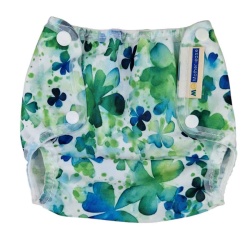
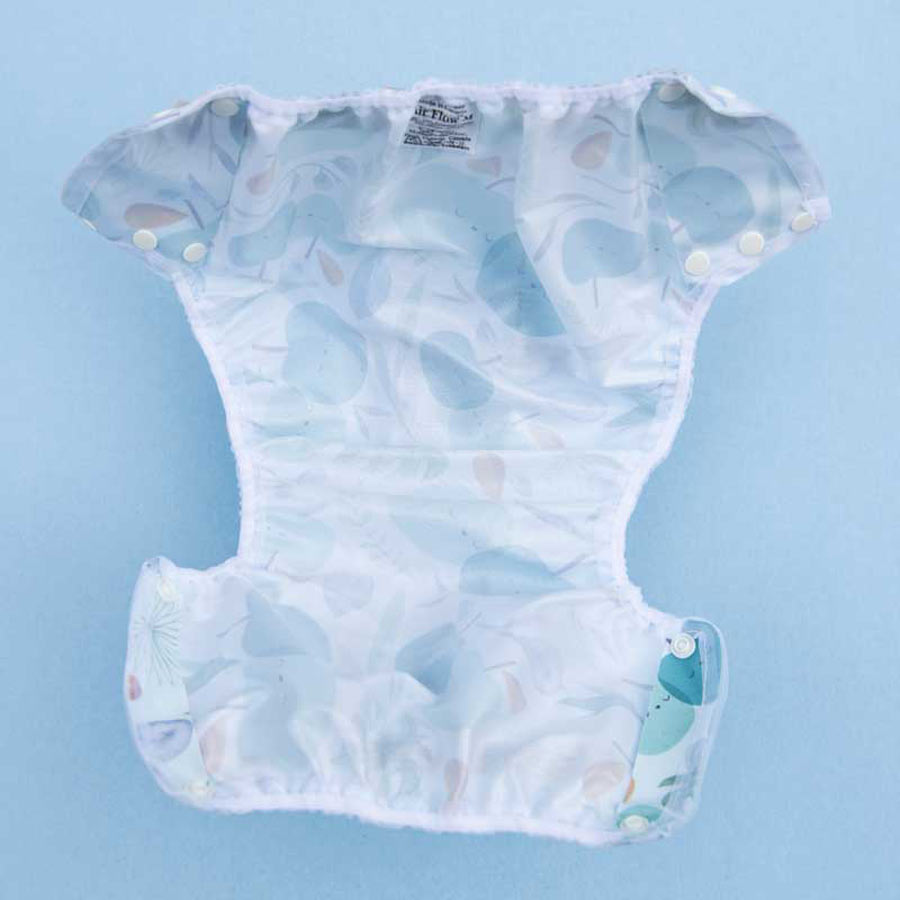
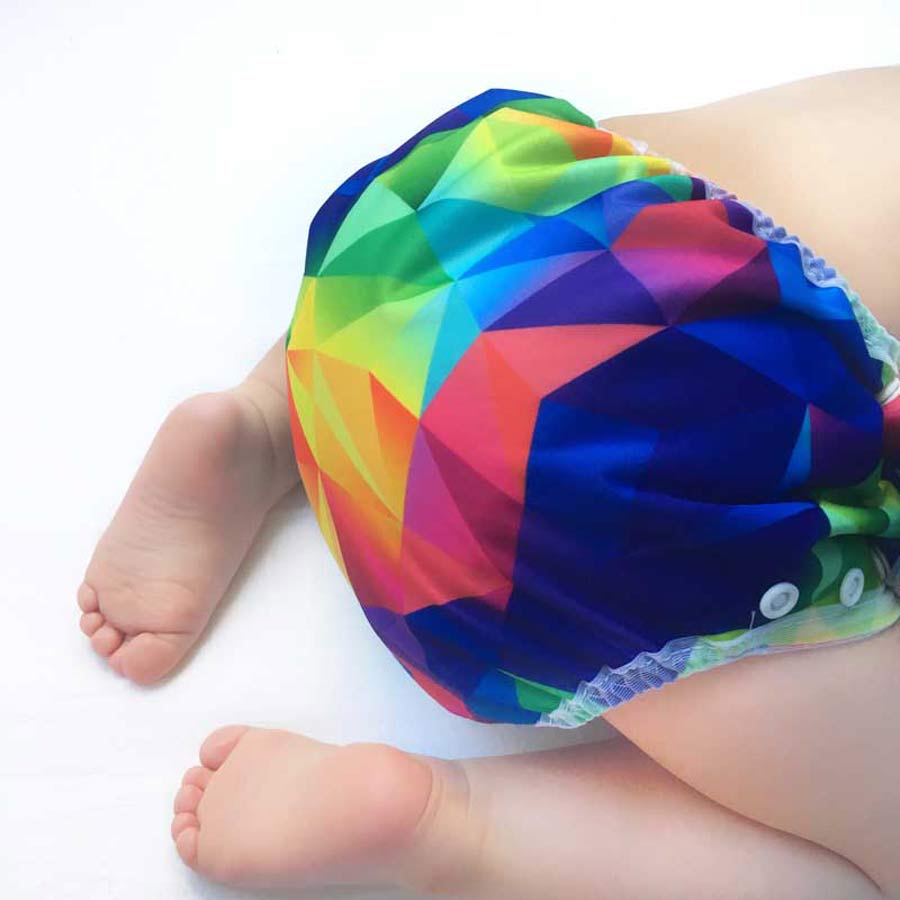
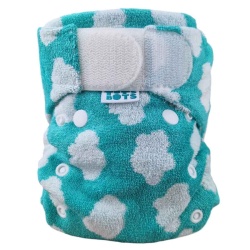
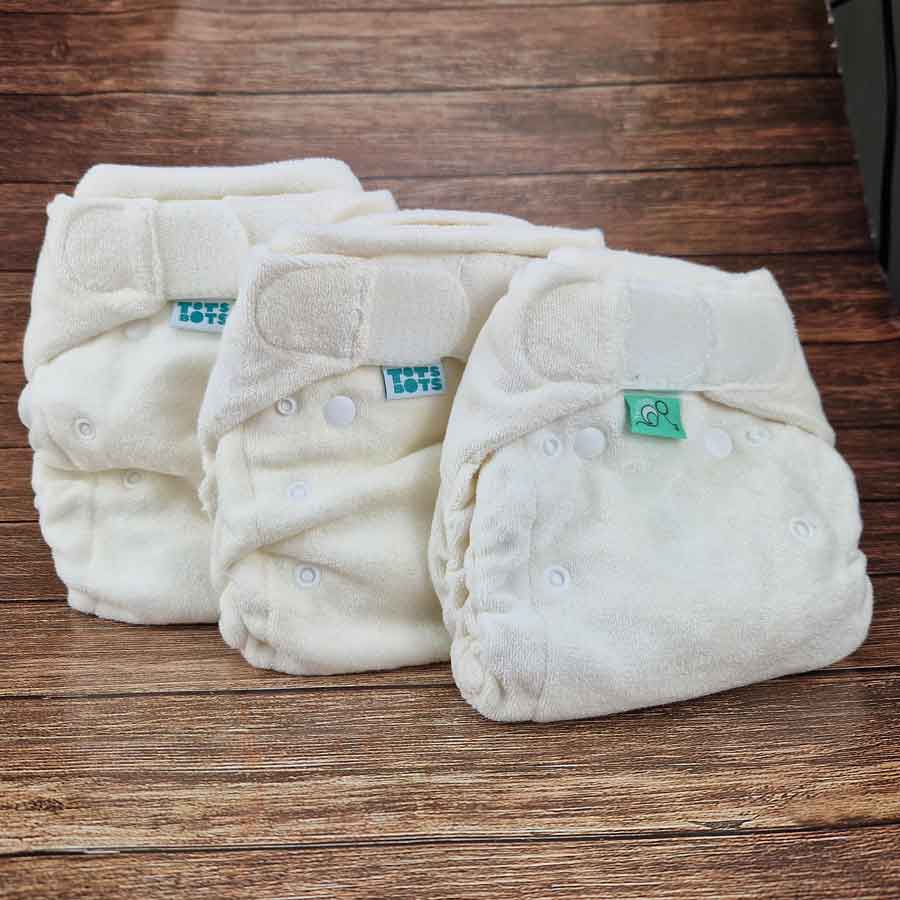
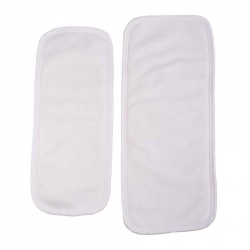
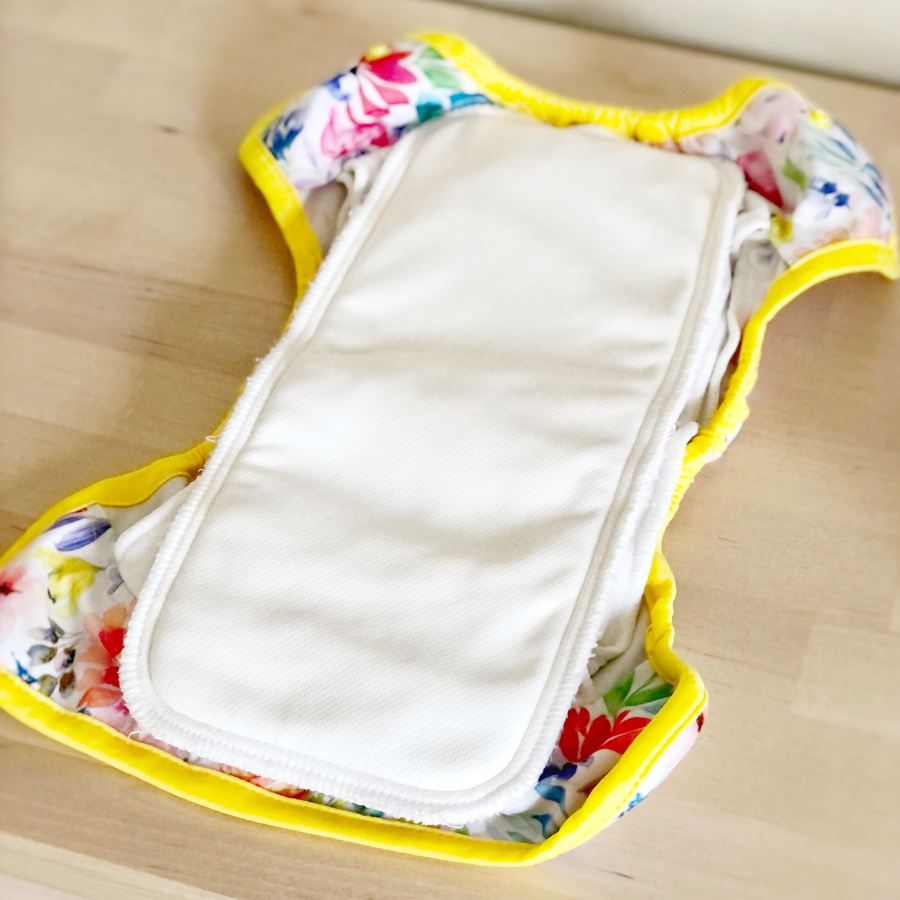
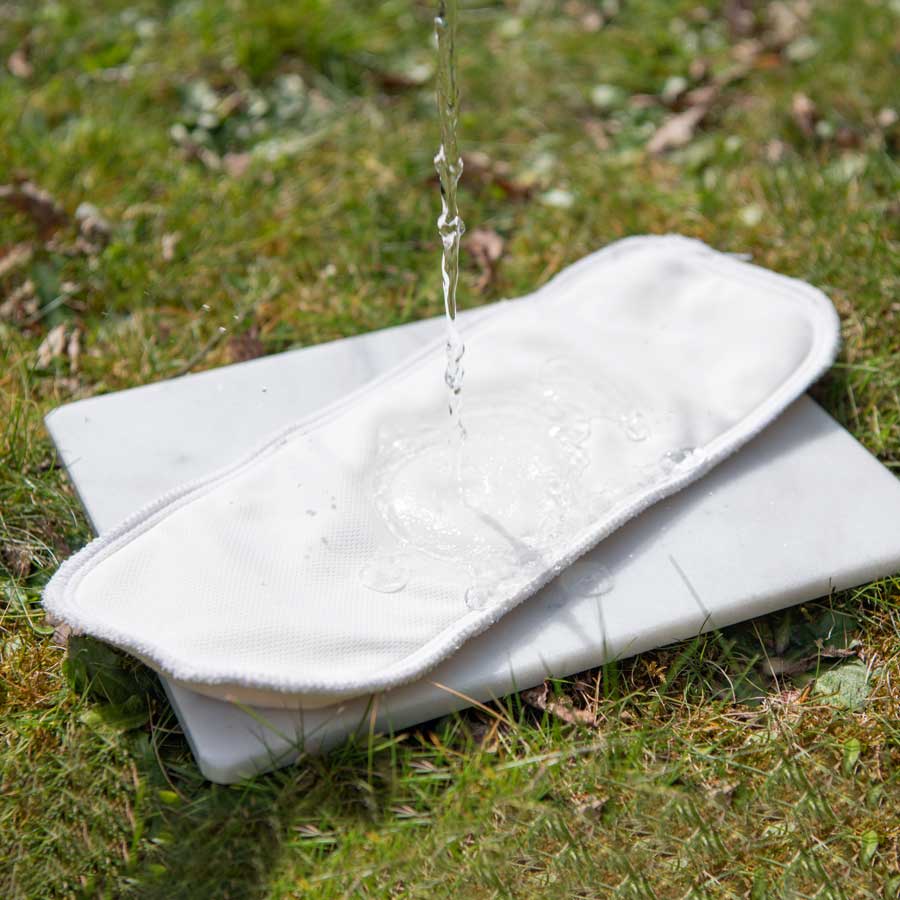
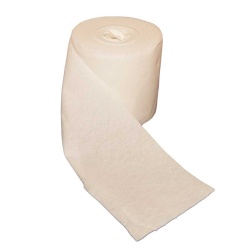
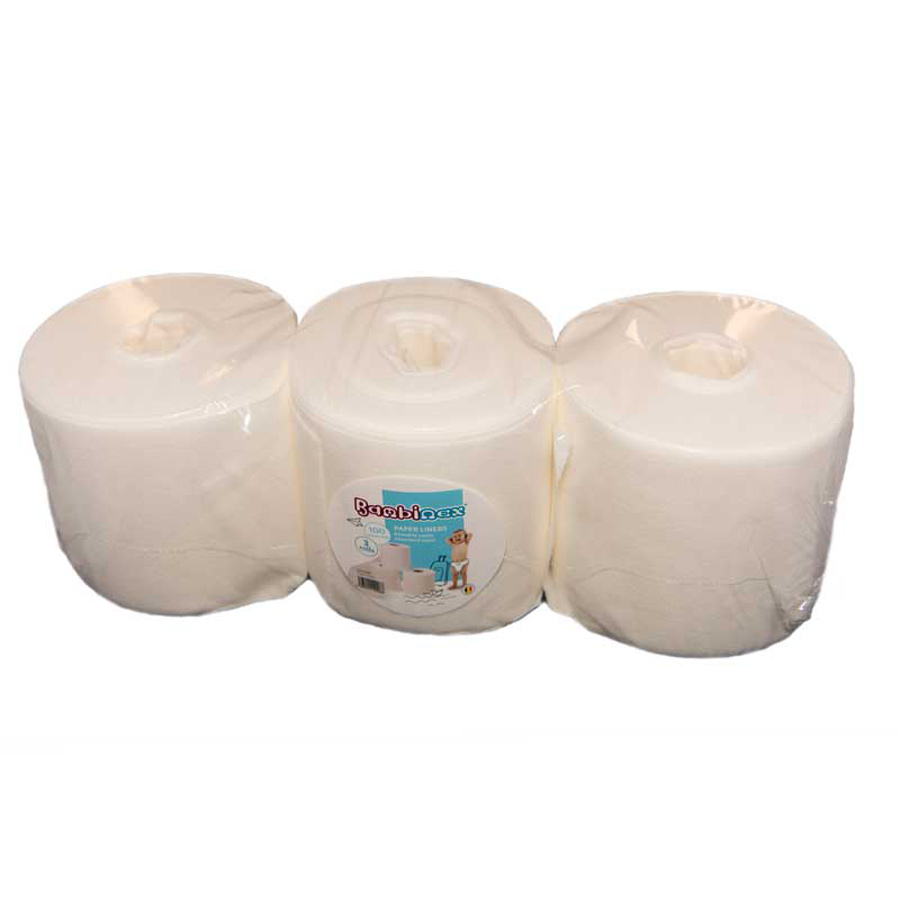
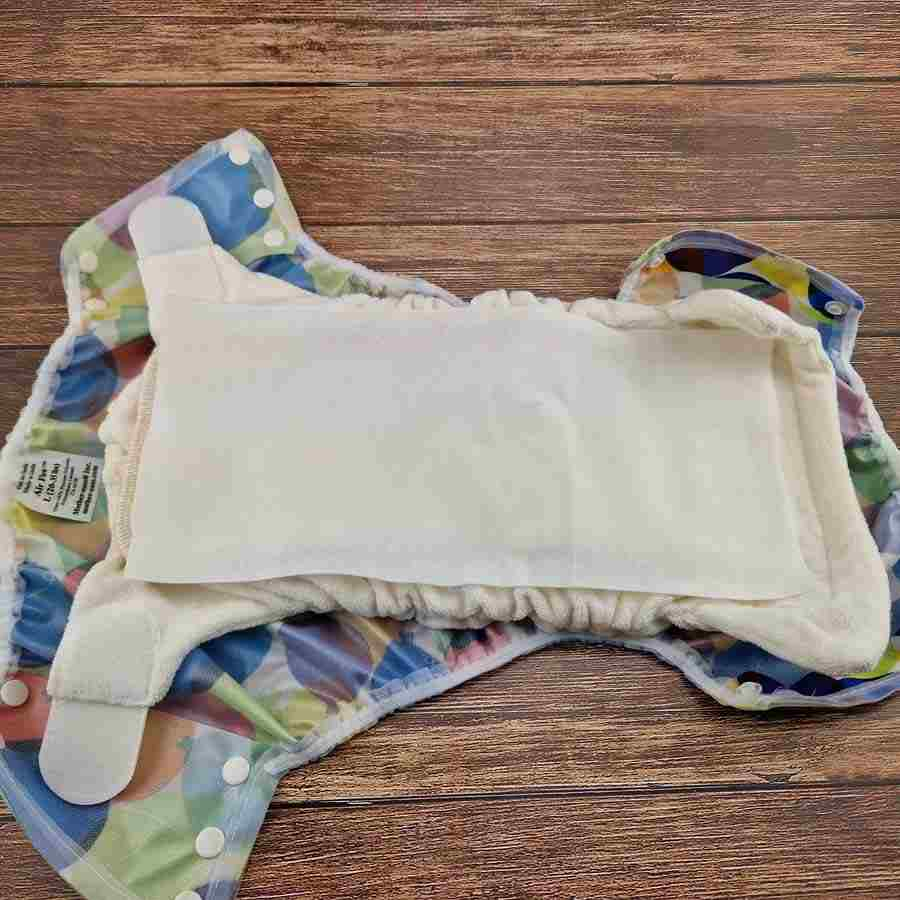
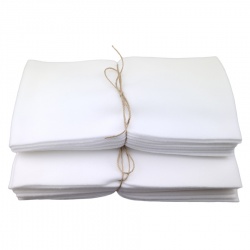
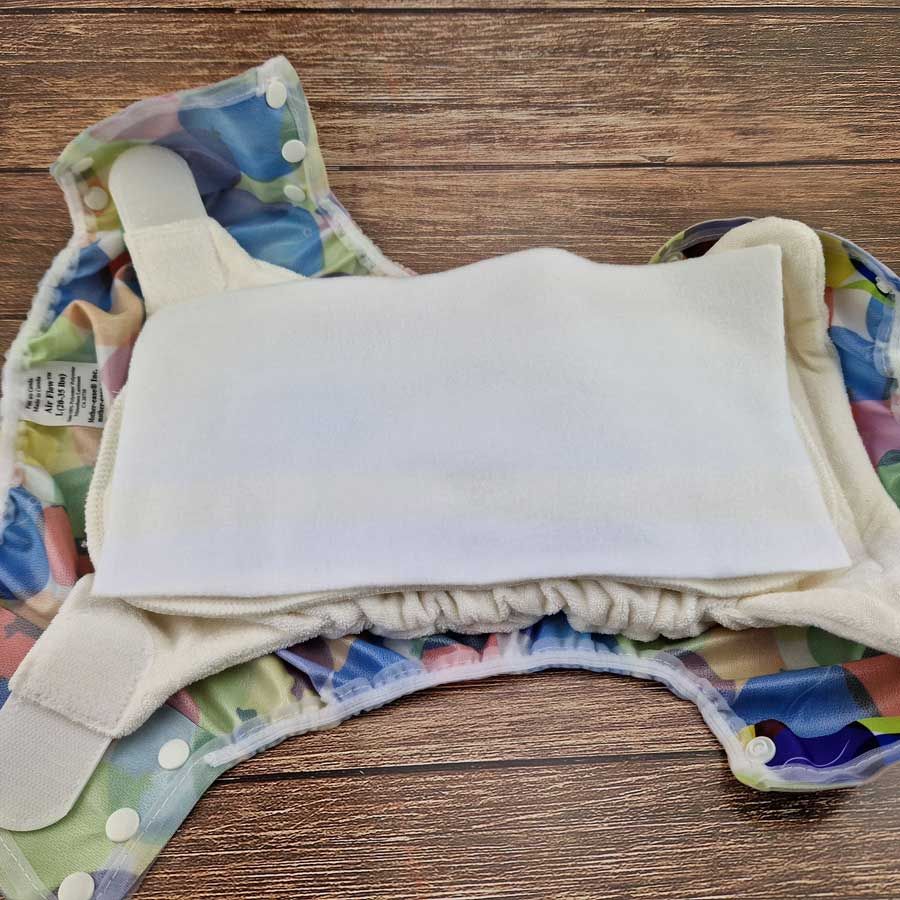
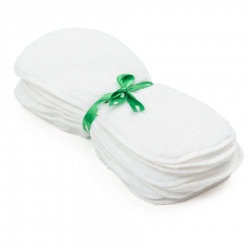
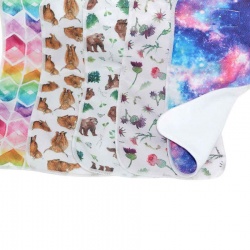
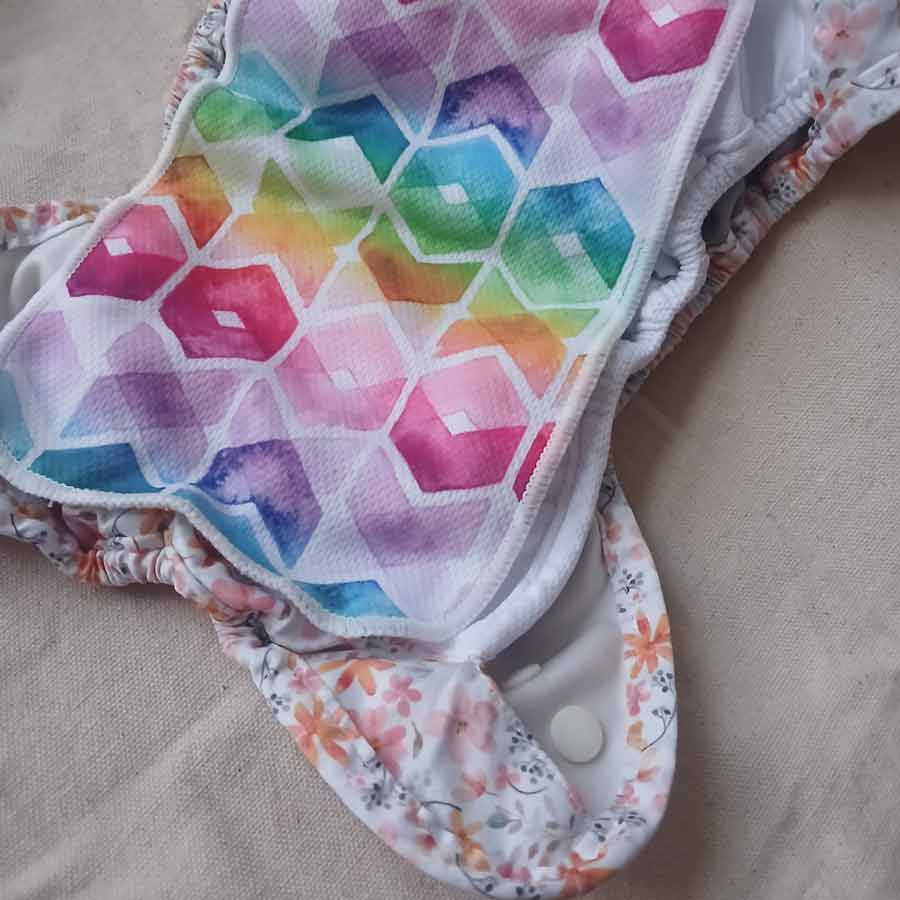
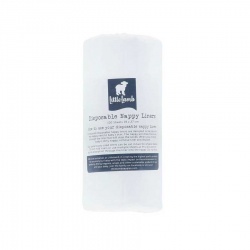
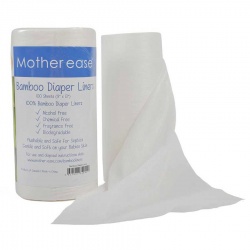
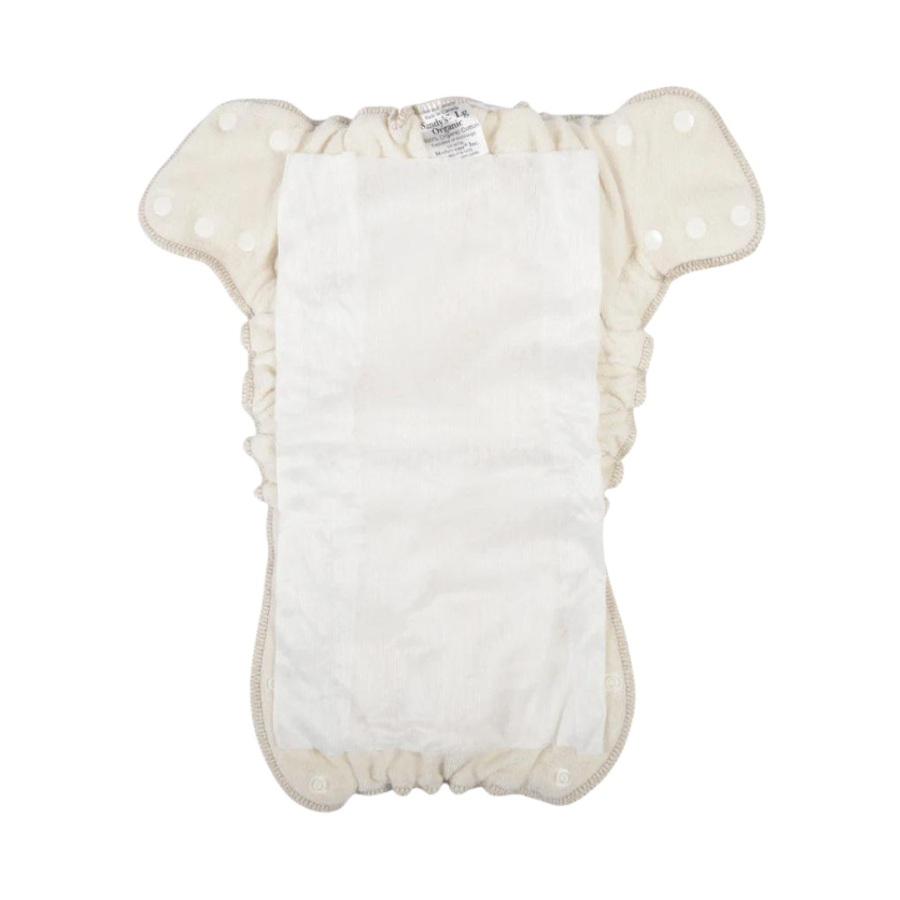
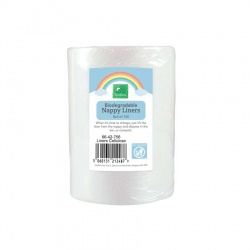
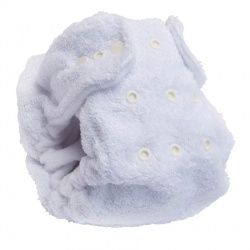
.jpg)
.jpg)
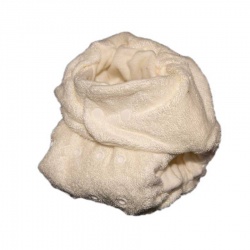
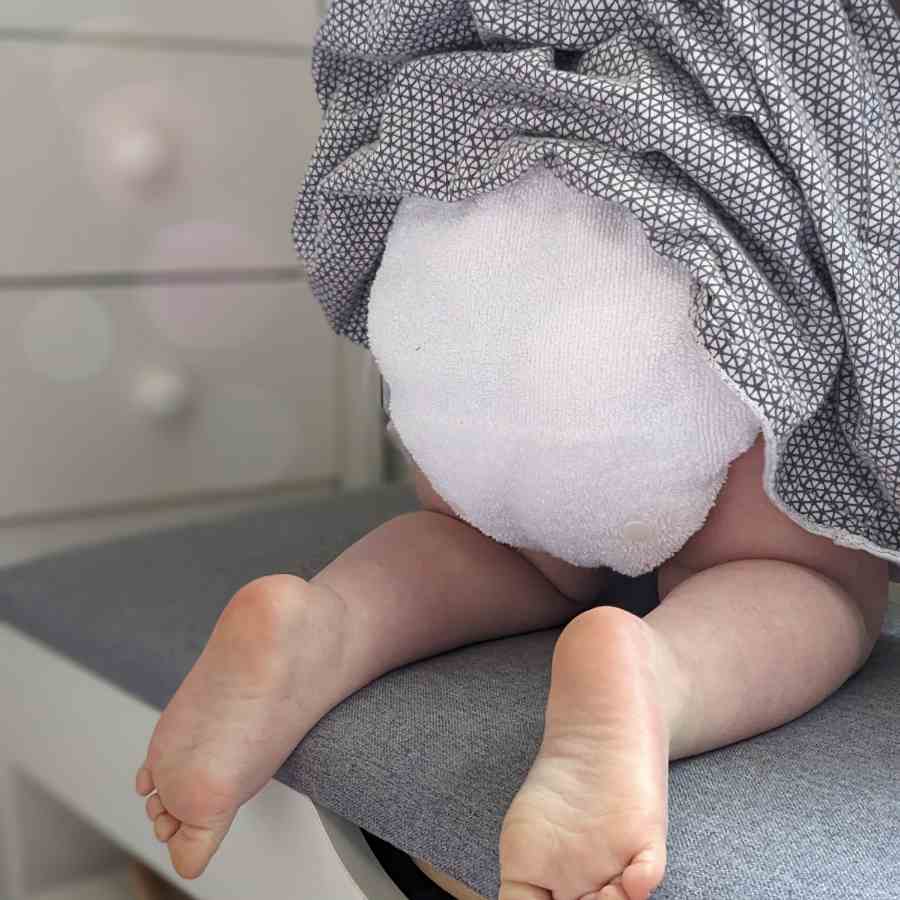
.jpg)

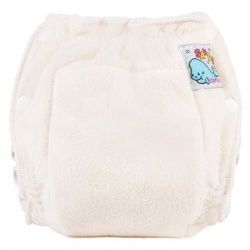
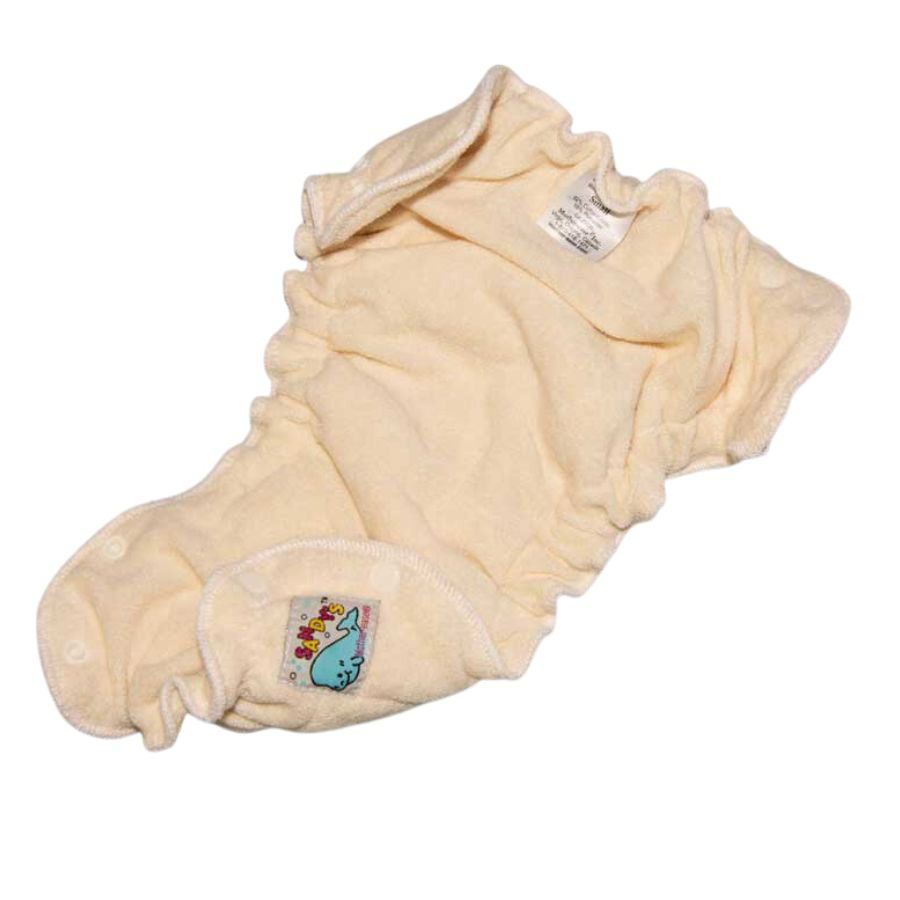
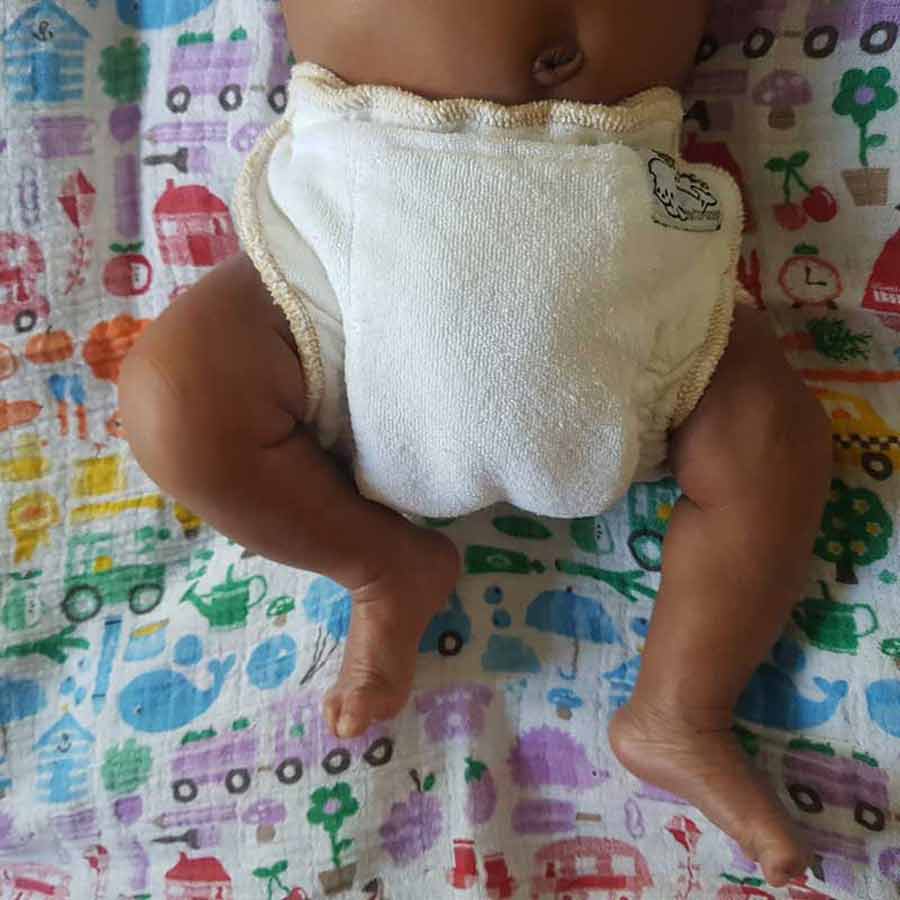
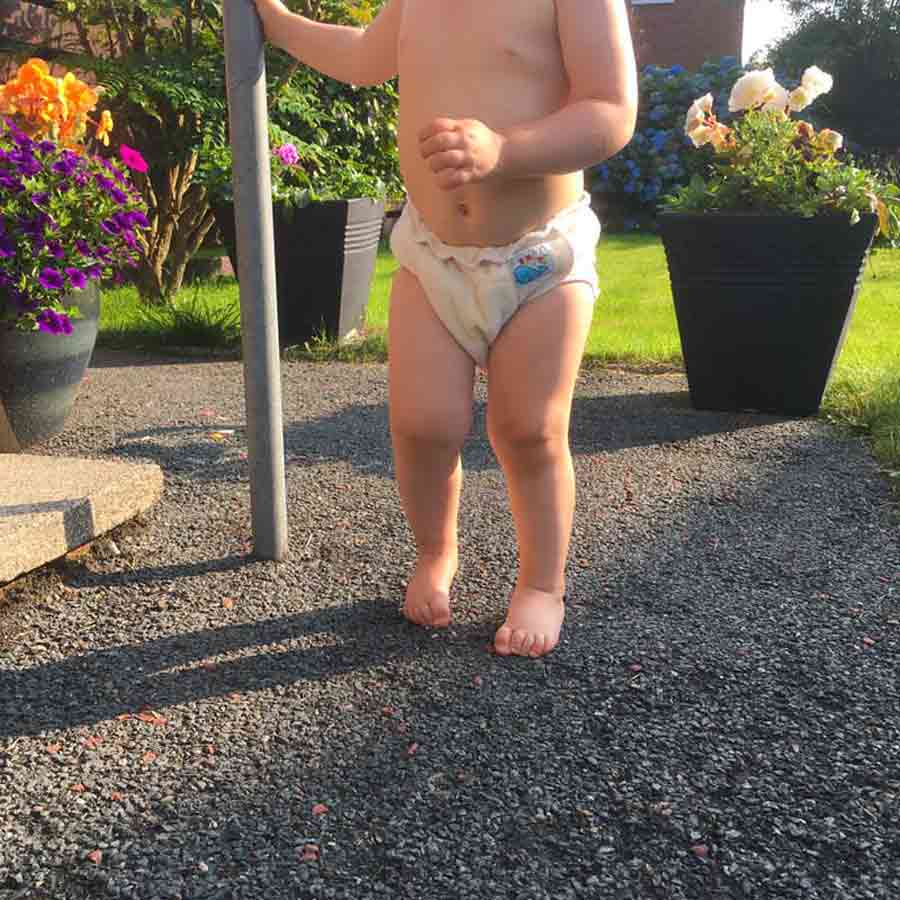
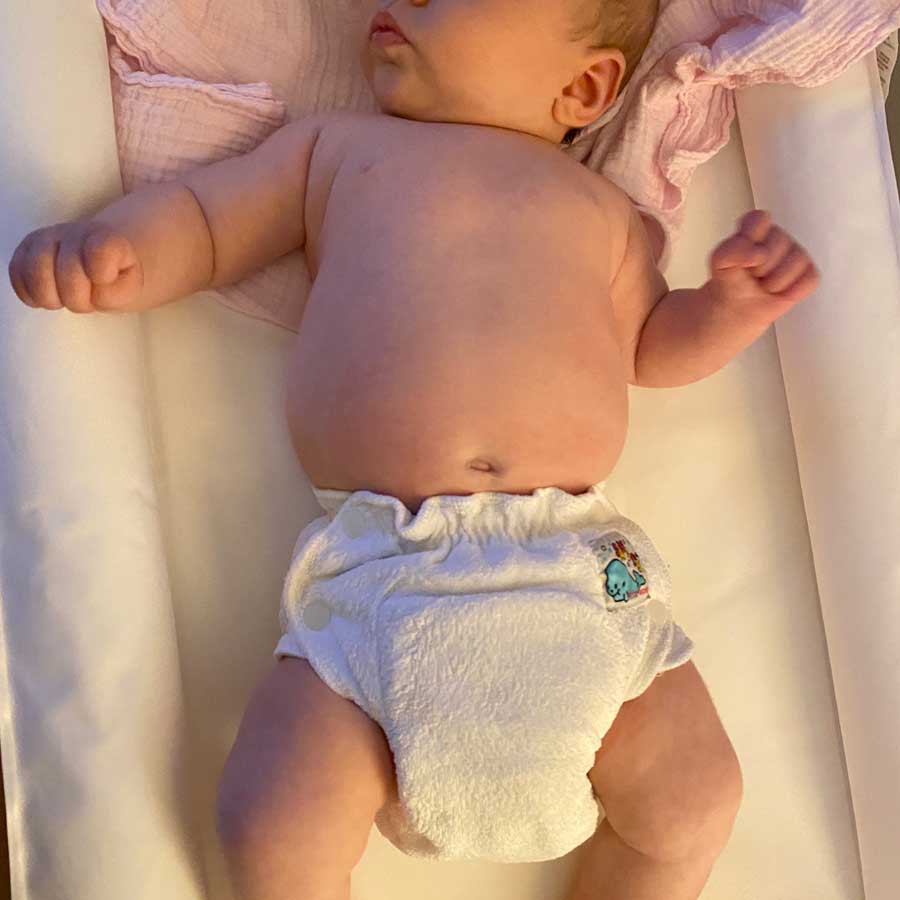
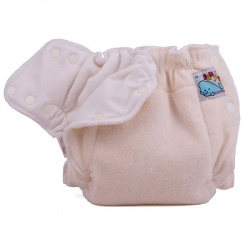
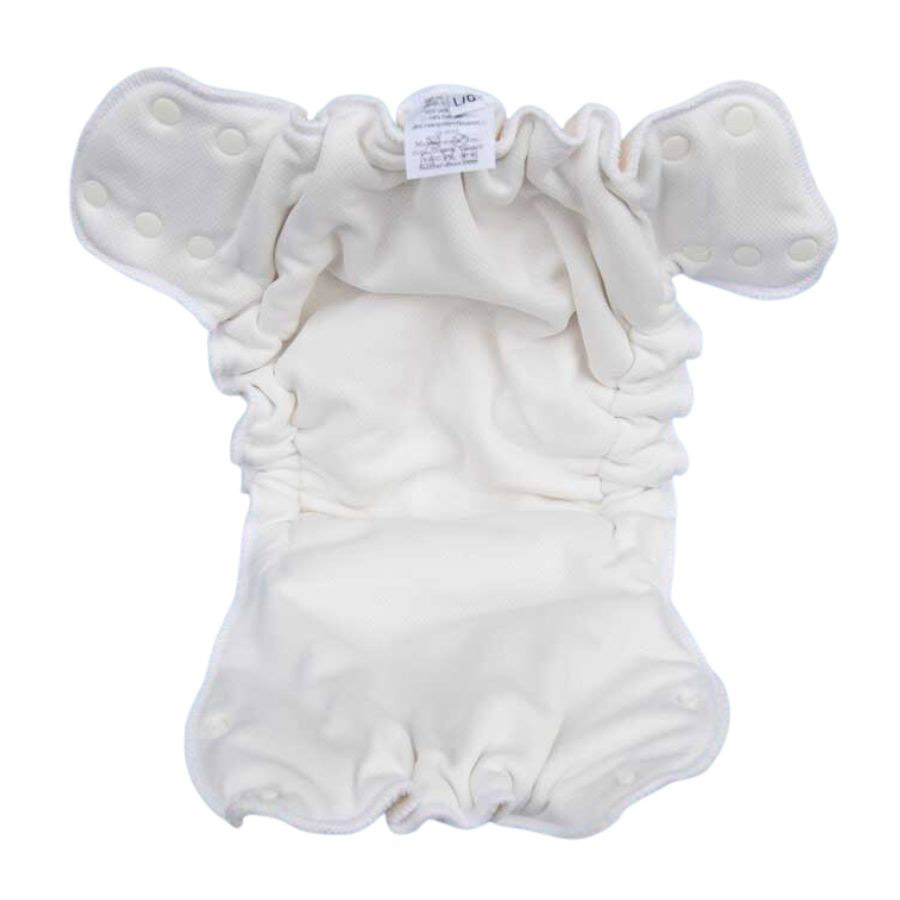
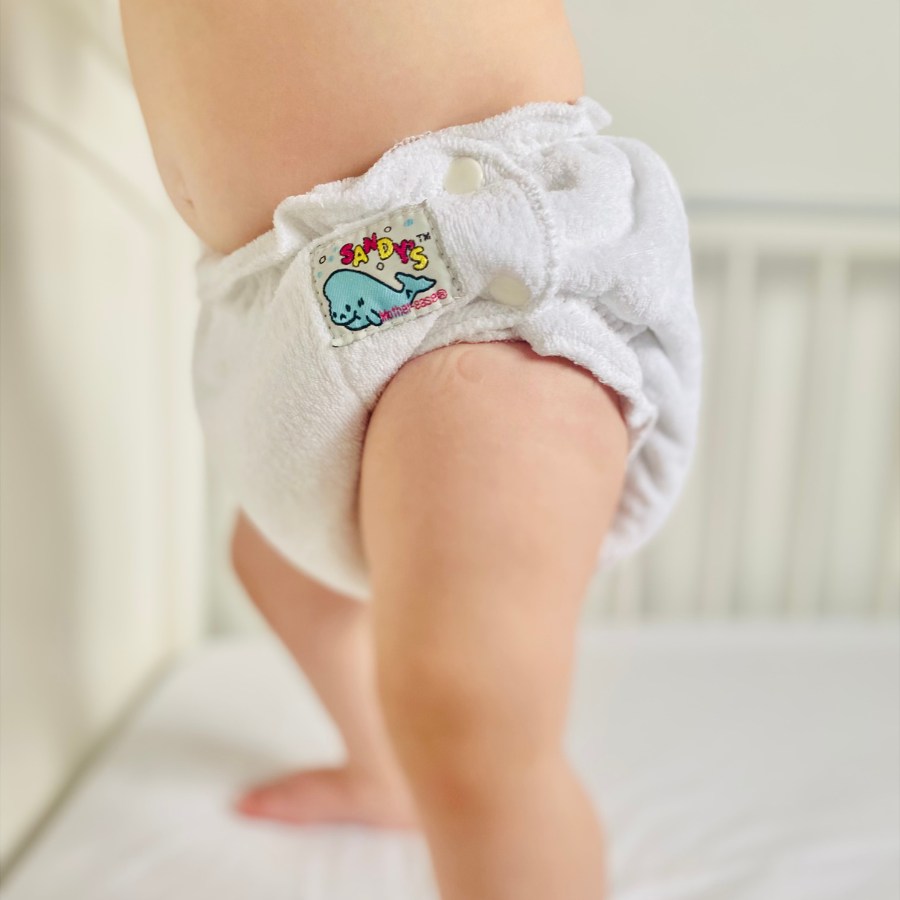
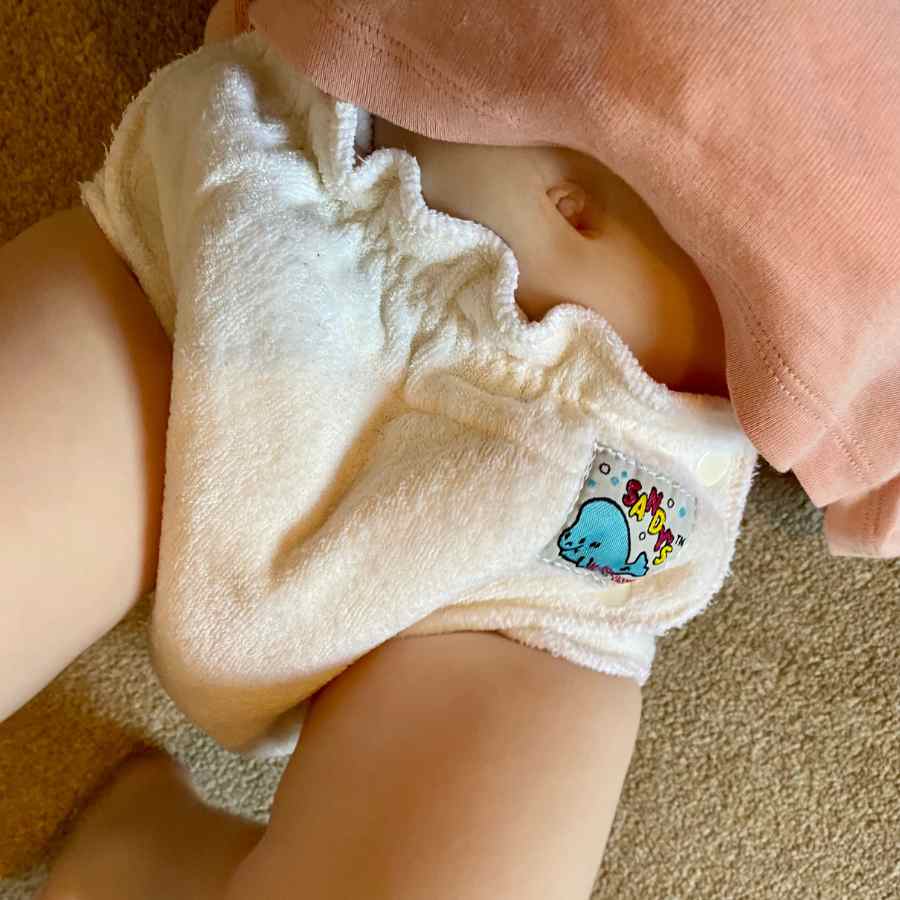
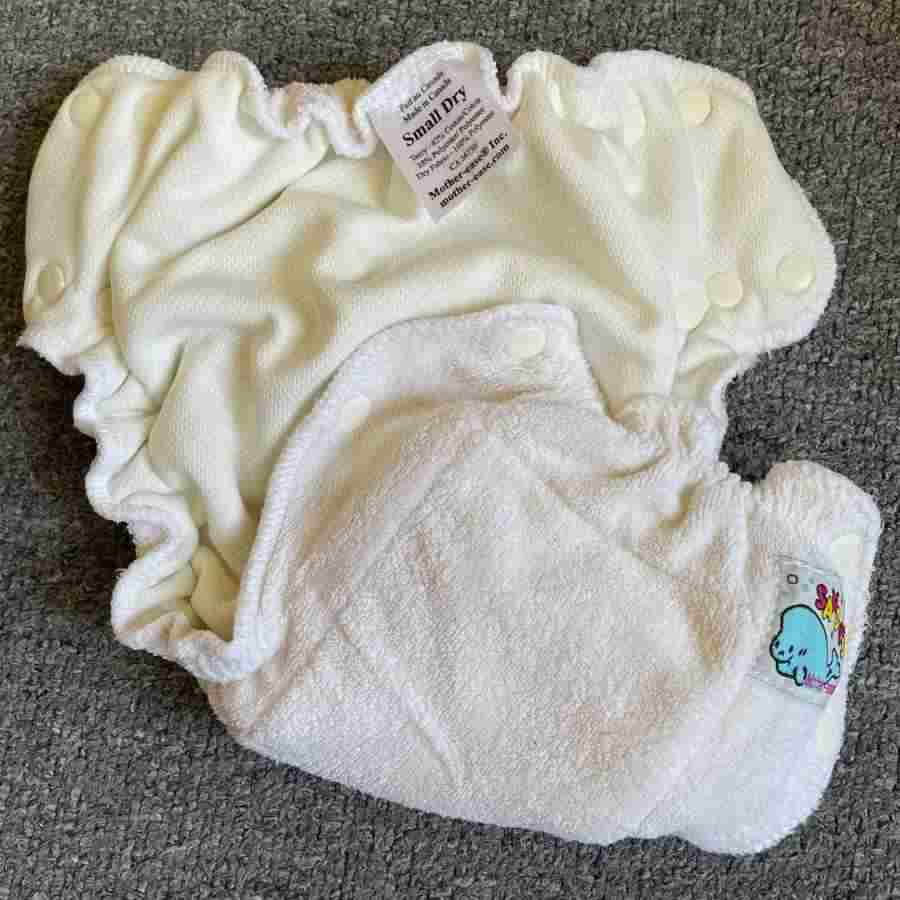
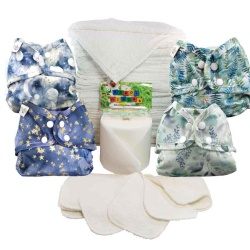
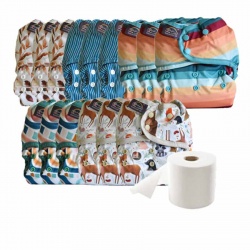
.jpg)
.jpg)
.jpg)
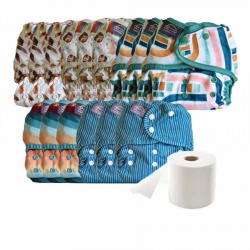
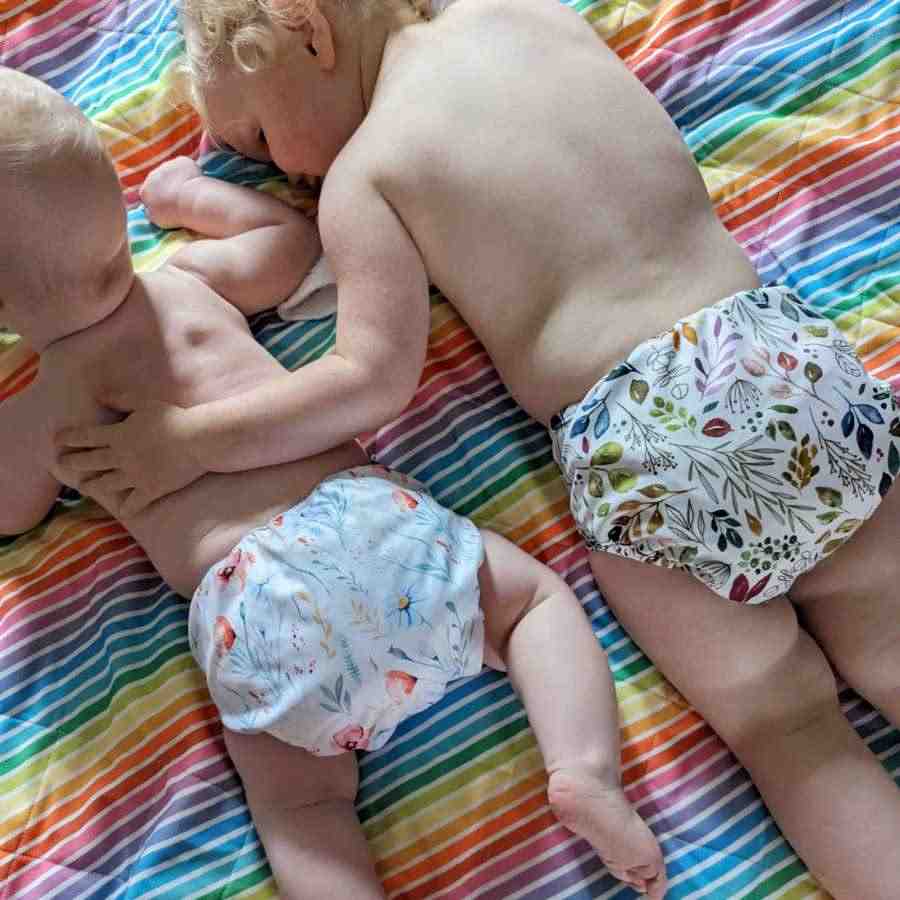
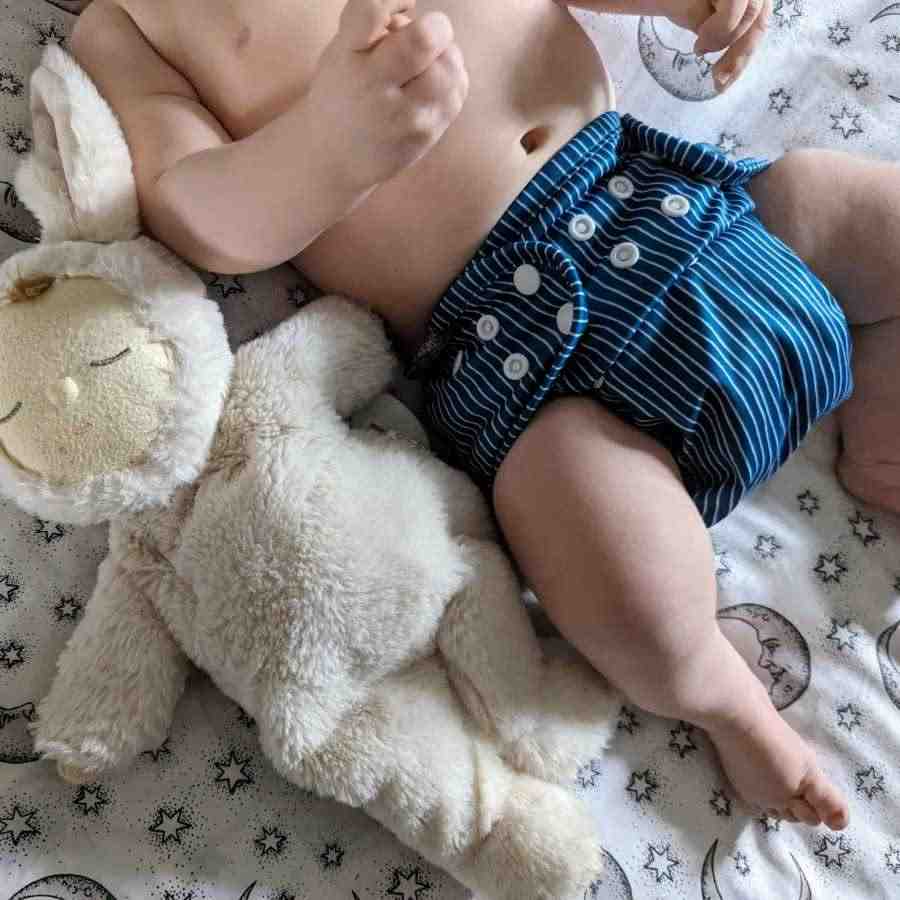
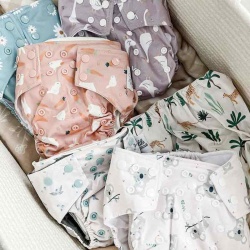
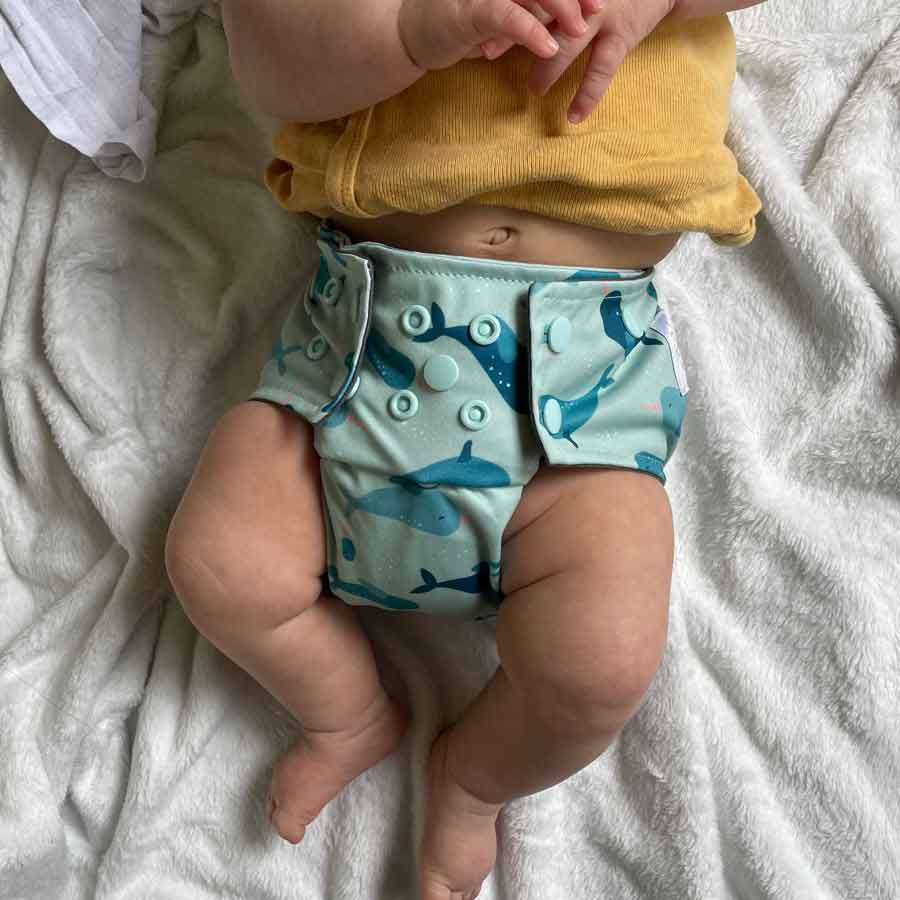
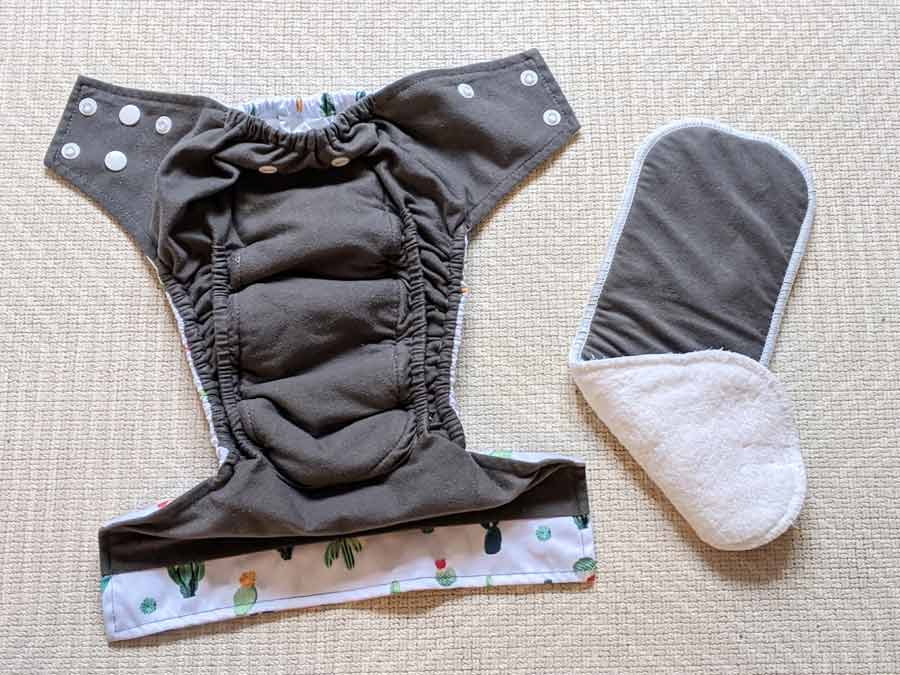
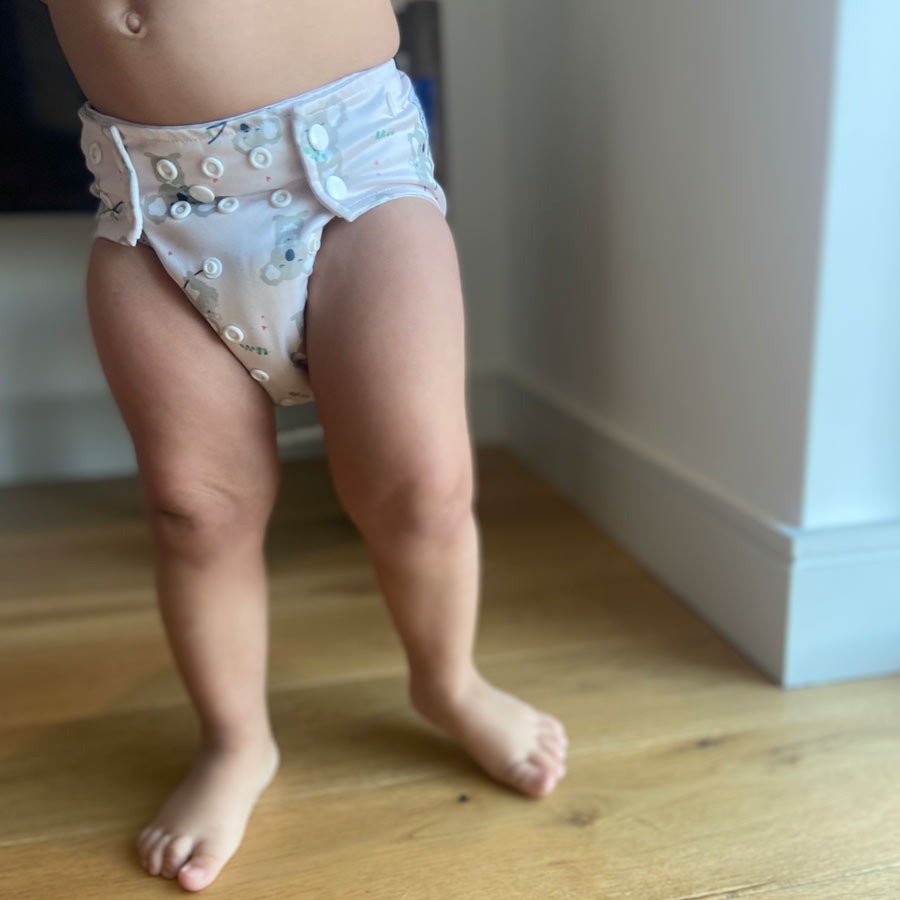
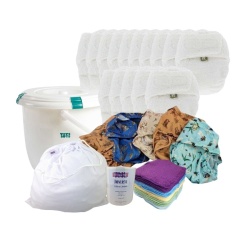
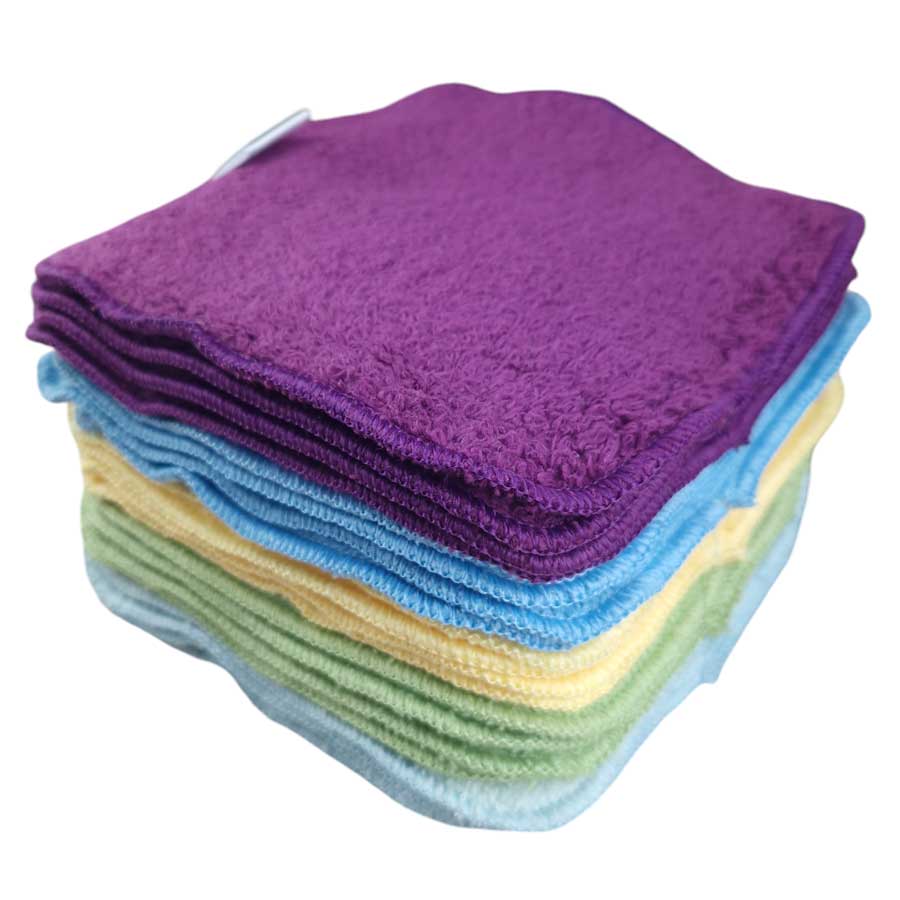
.jpg)
.jpg)
.jpg)
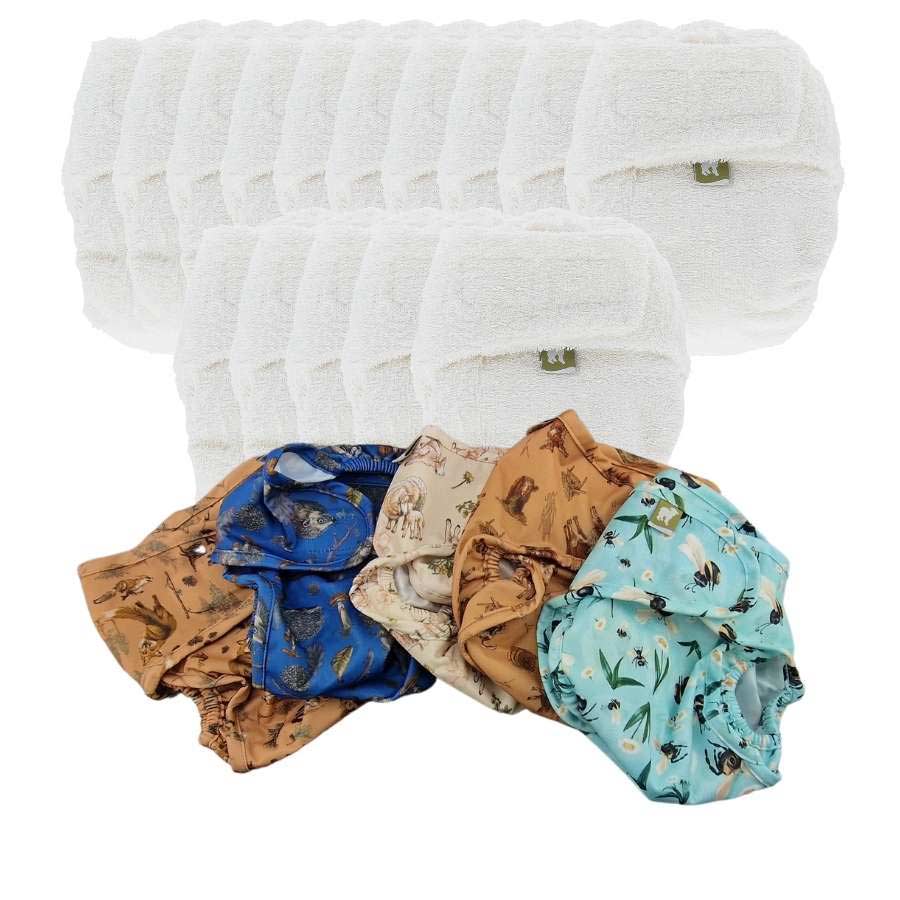
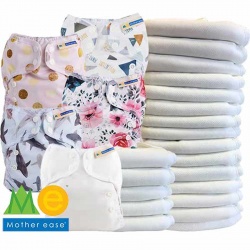
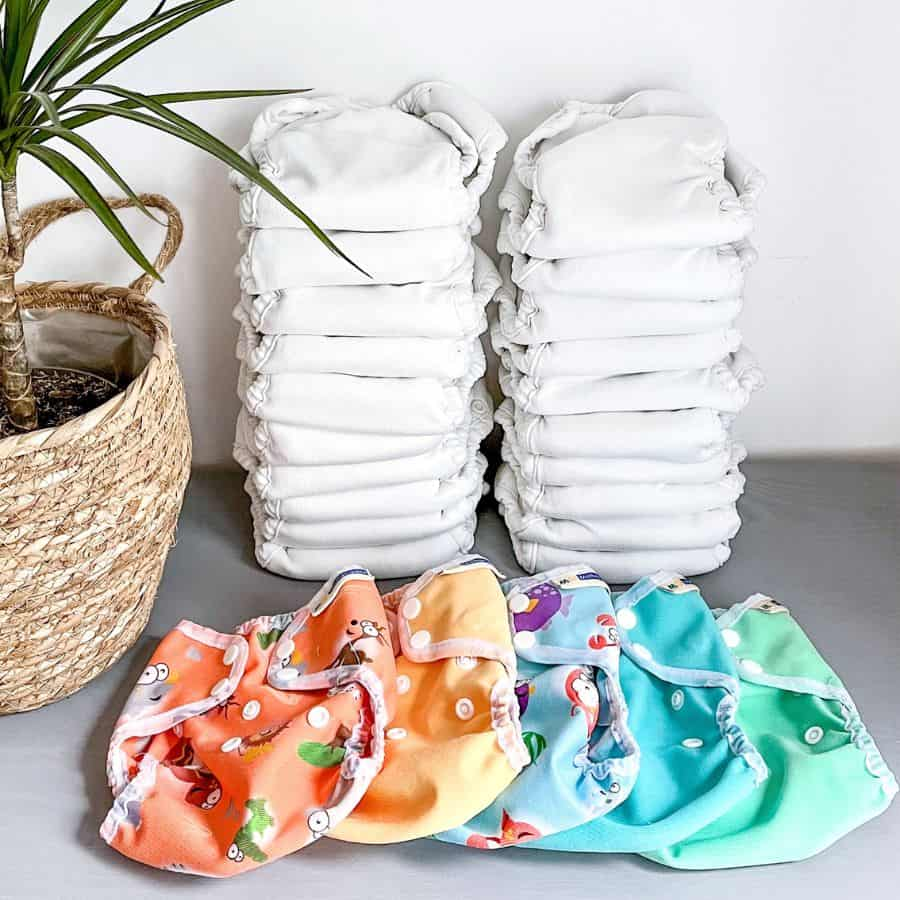
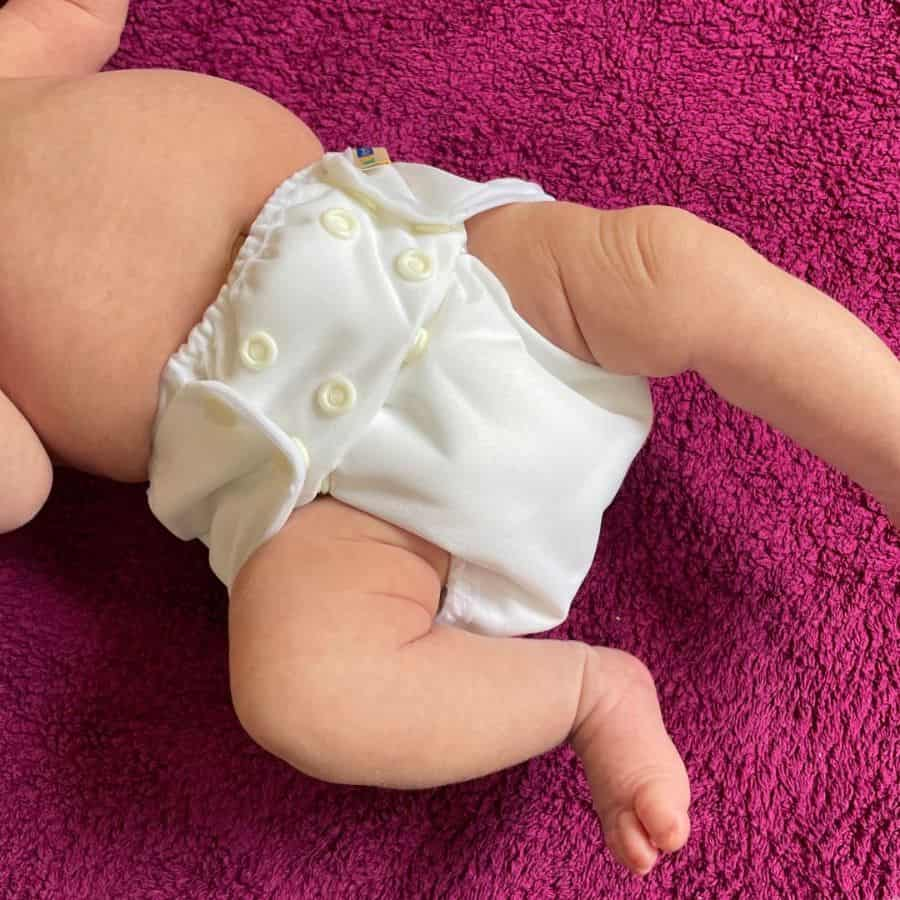
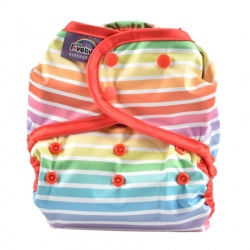

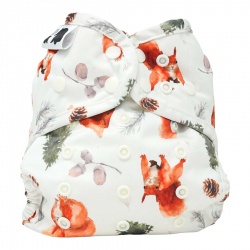
.jpg)
.jpg)
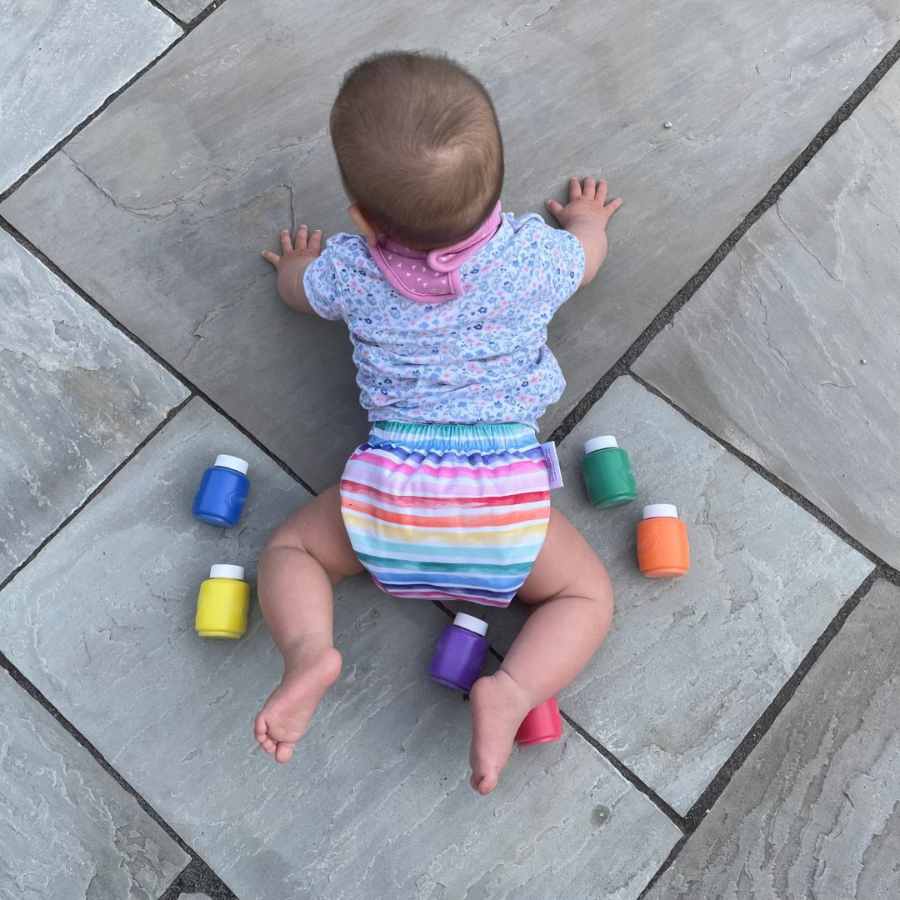
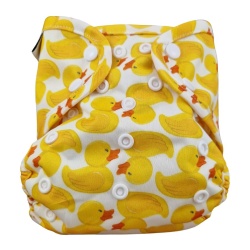

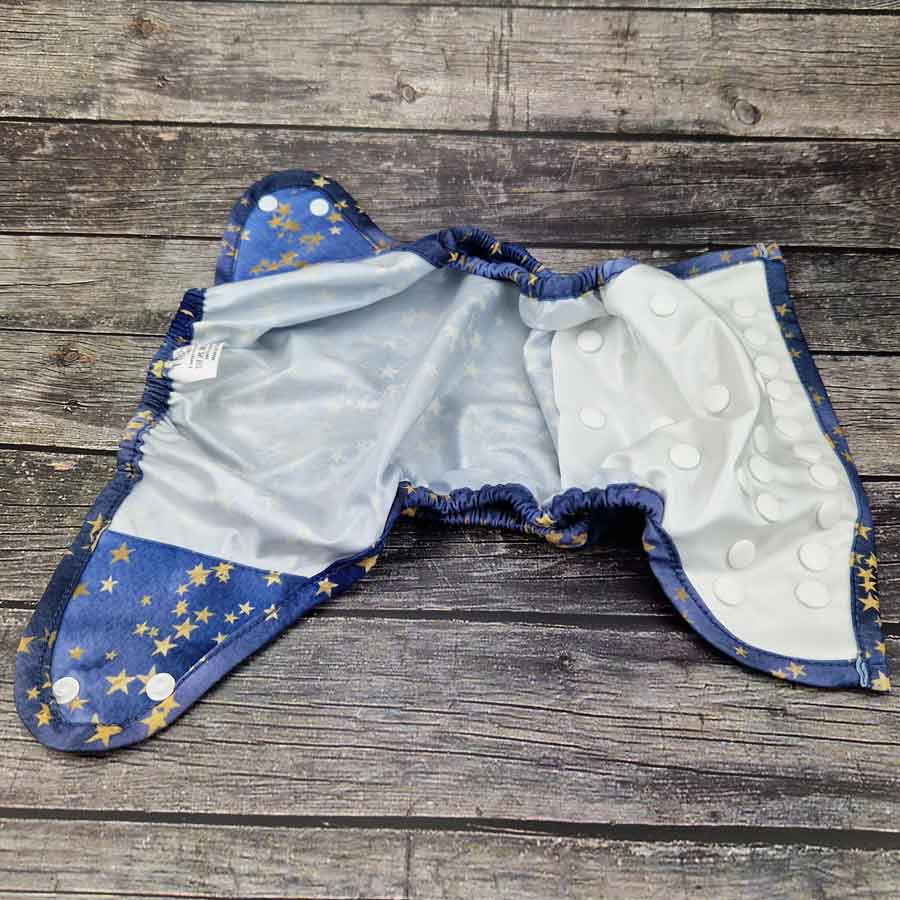
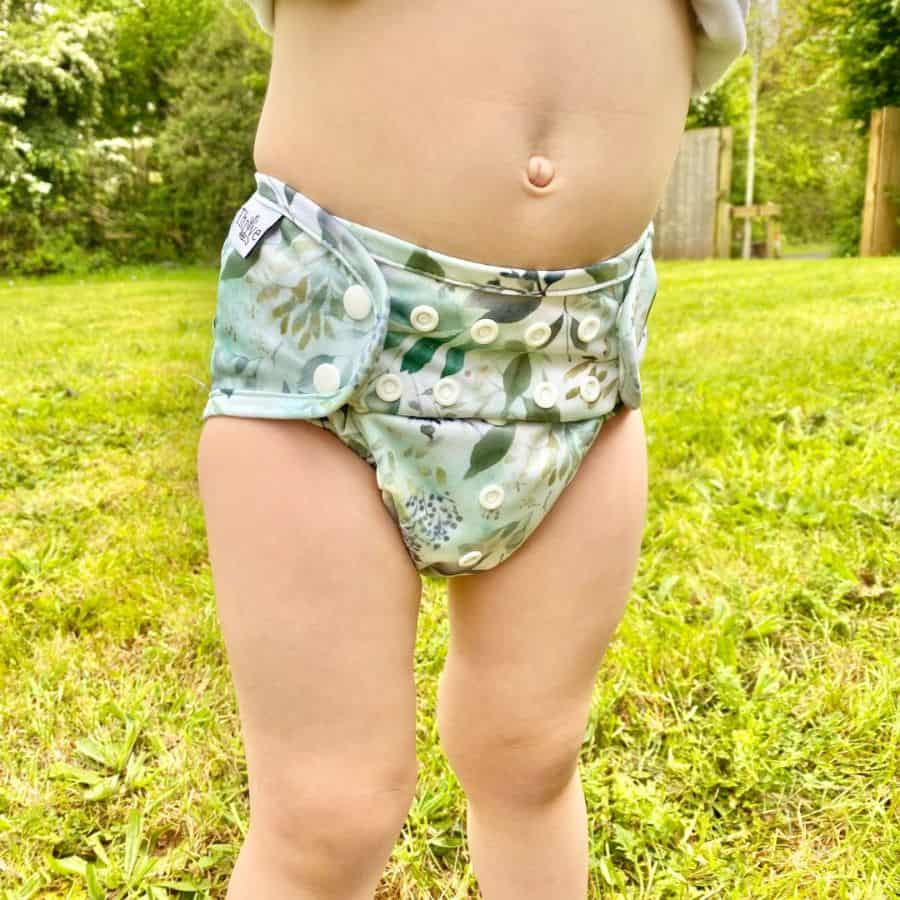
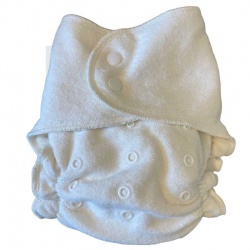
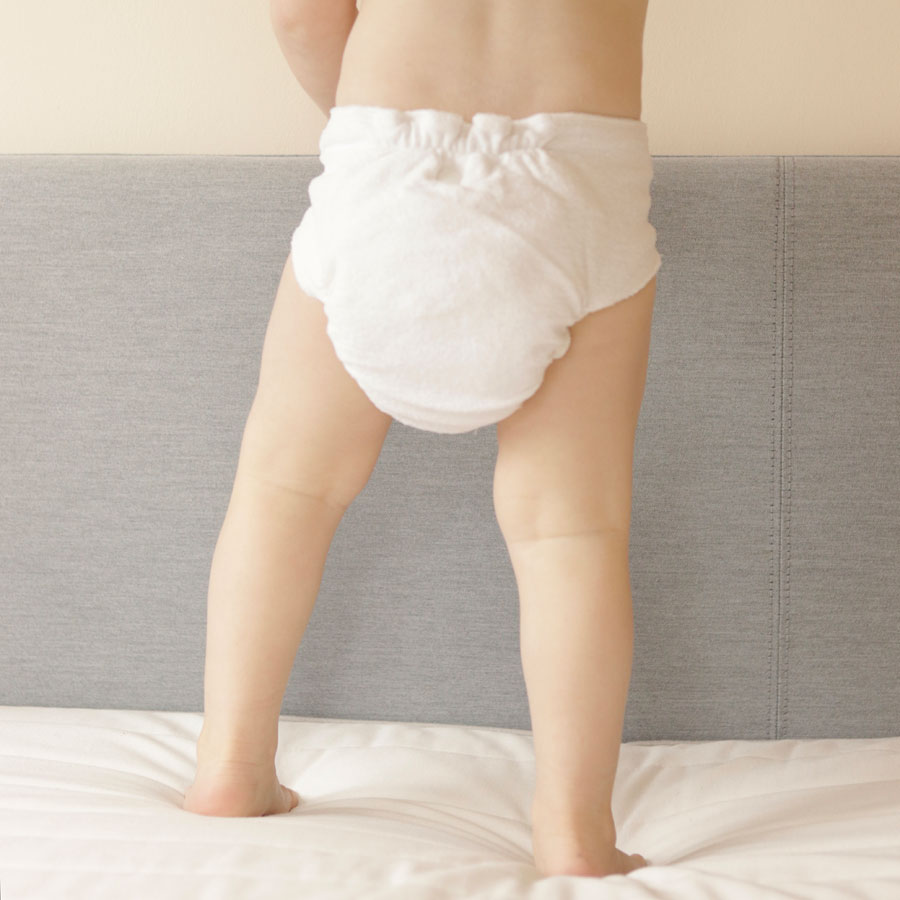
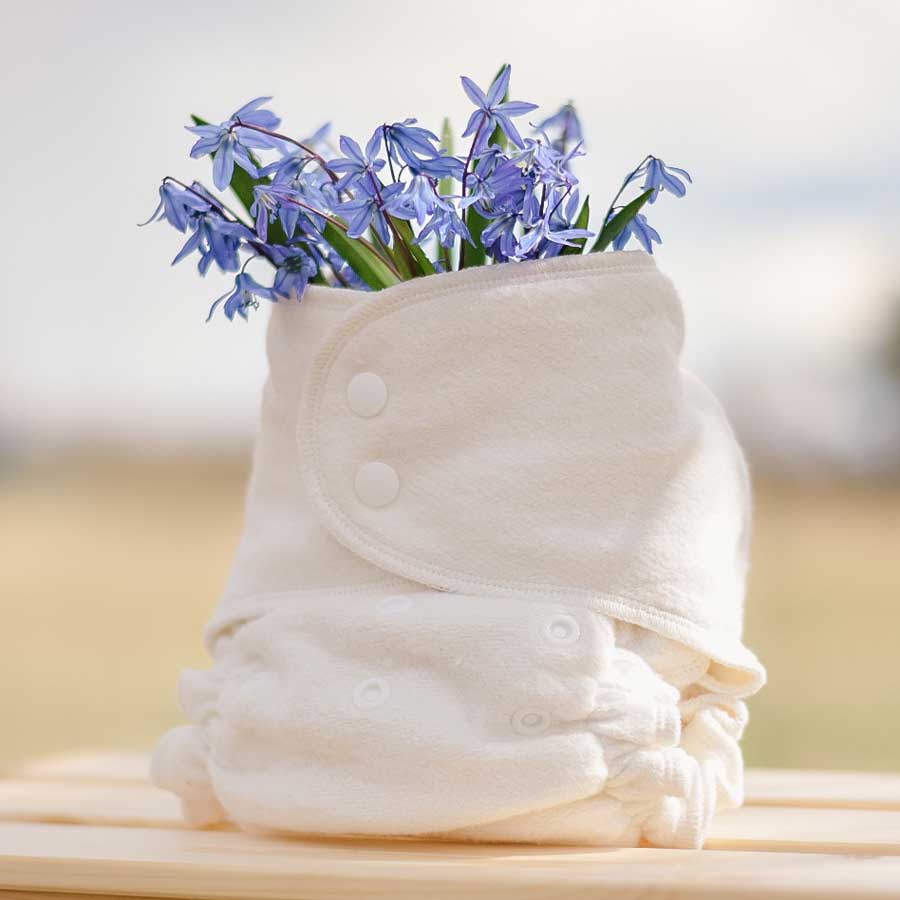
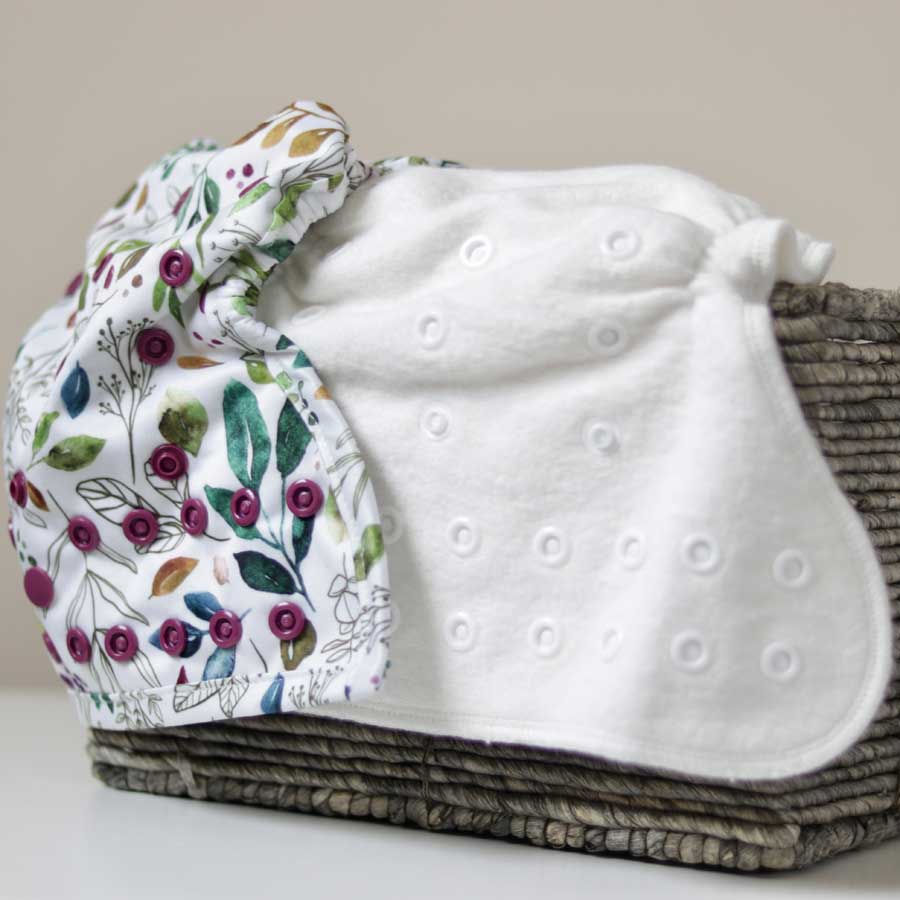
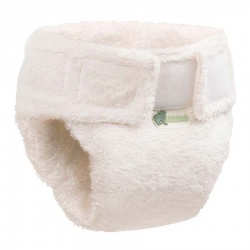
.jpg)
.jpg)
.jpg)
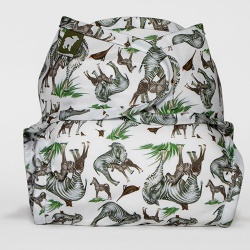
.jpg)
.jpg)
.jpg)
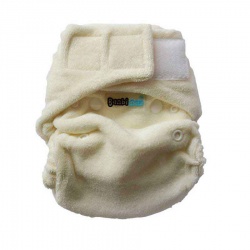
.jpg)
.jpg)
.jpg)
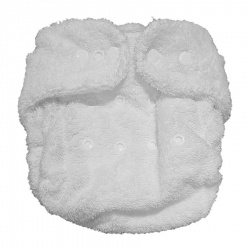
.jpg)
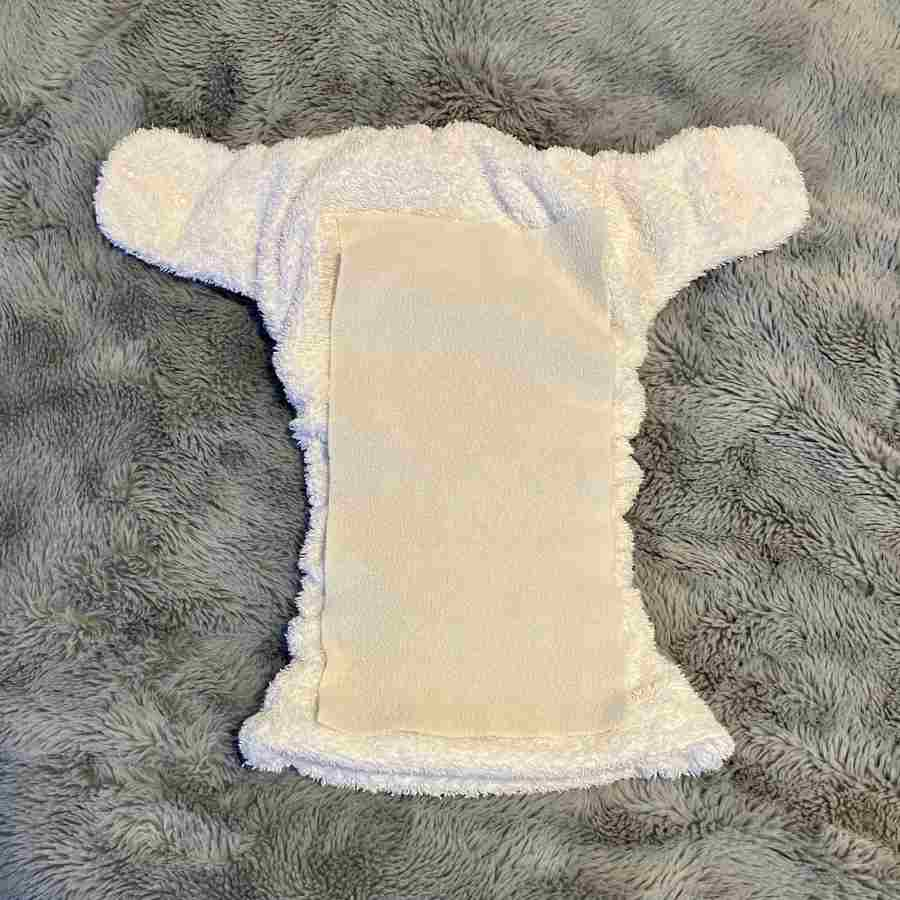
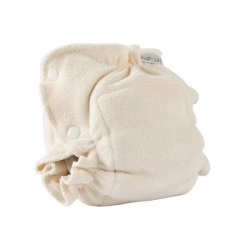
.jpg)
.jpg)
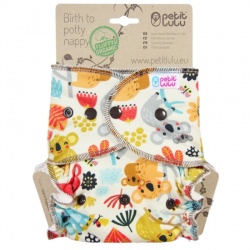
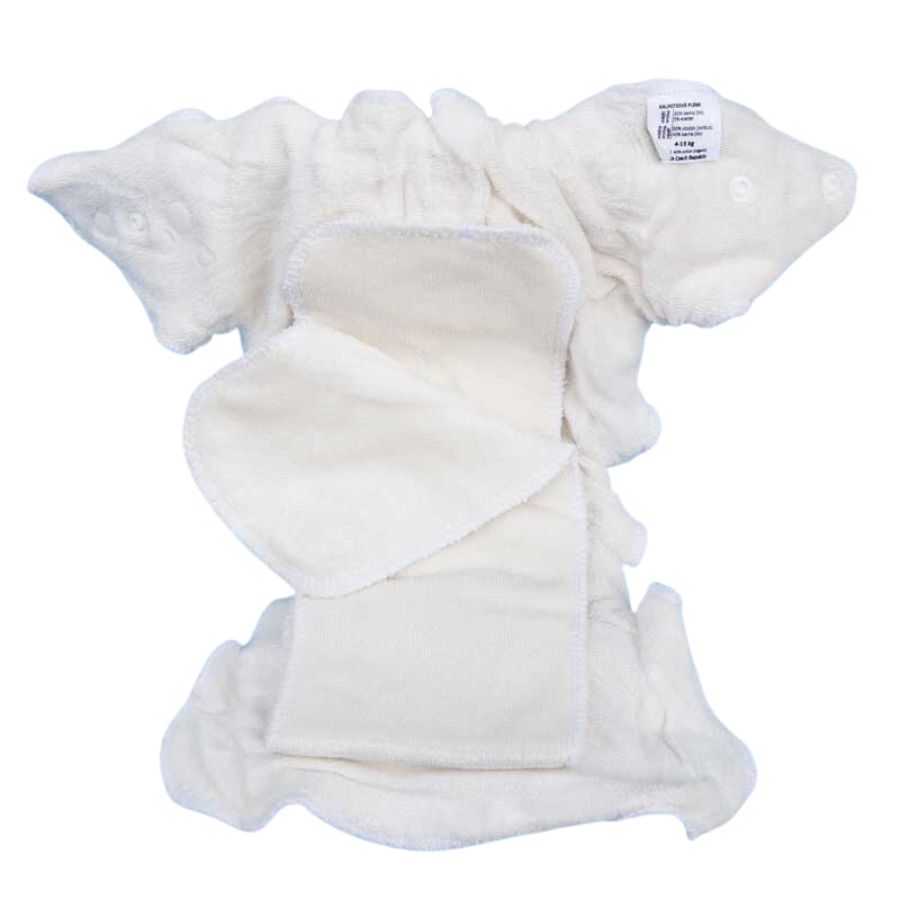
.jpg)
.jpg)
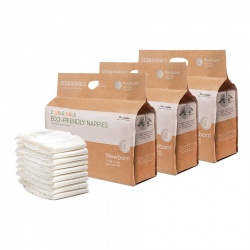
.jpg)
.jpg)
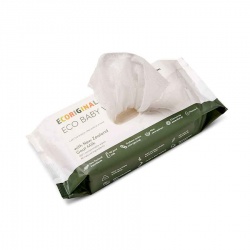
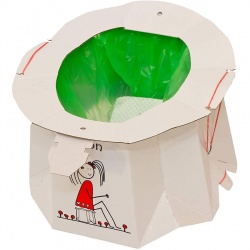
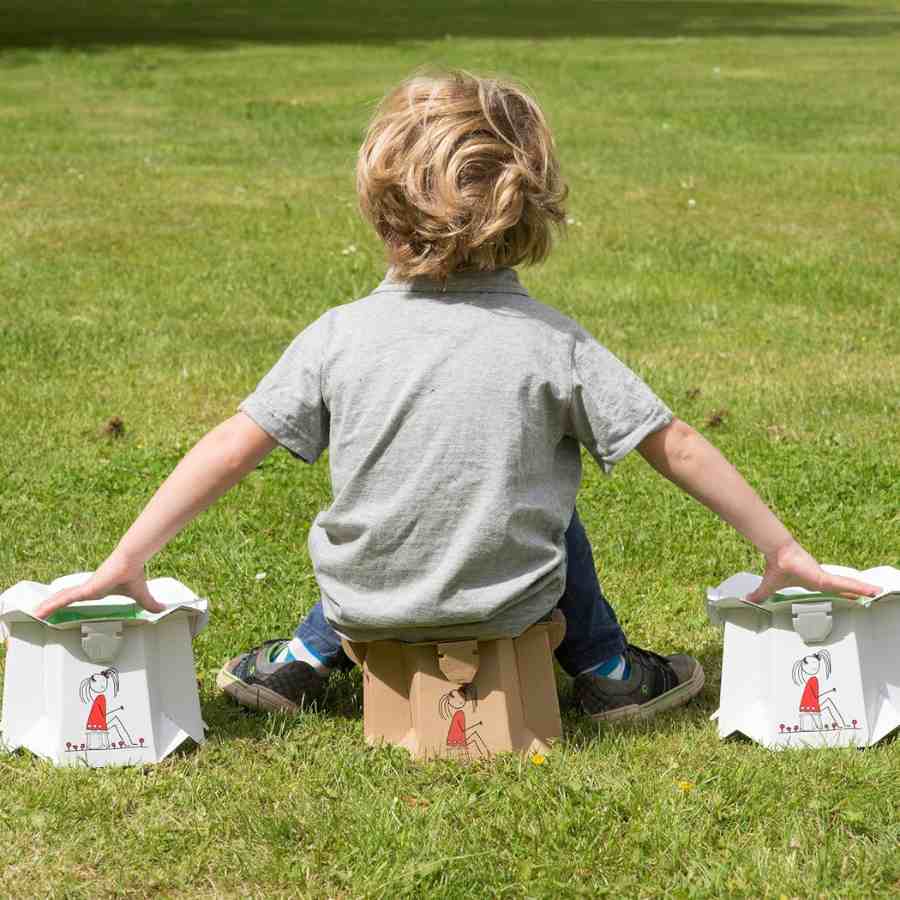
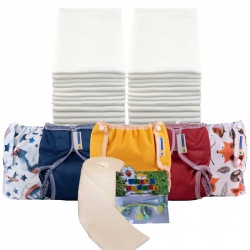
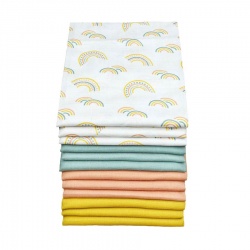
.jpg)
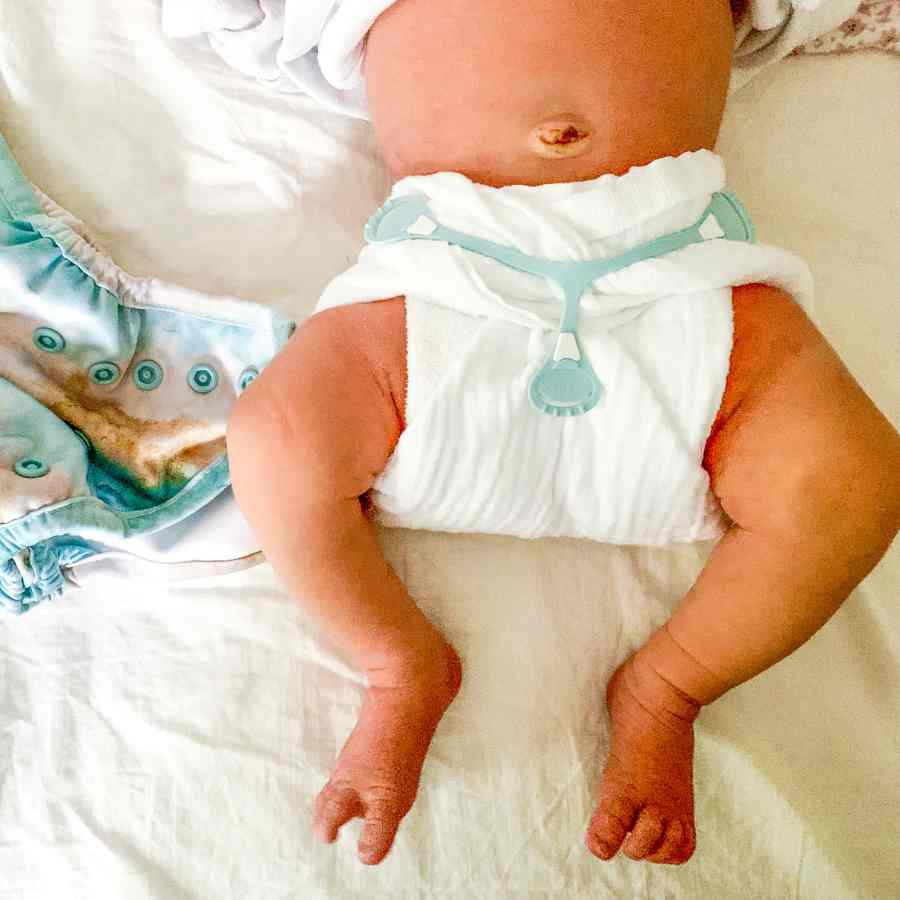
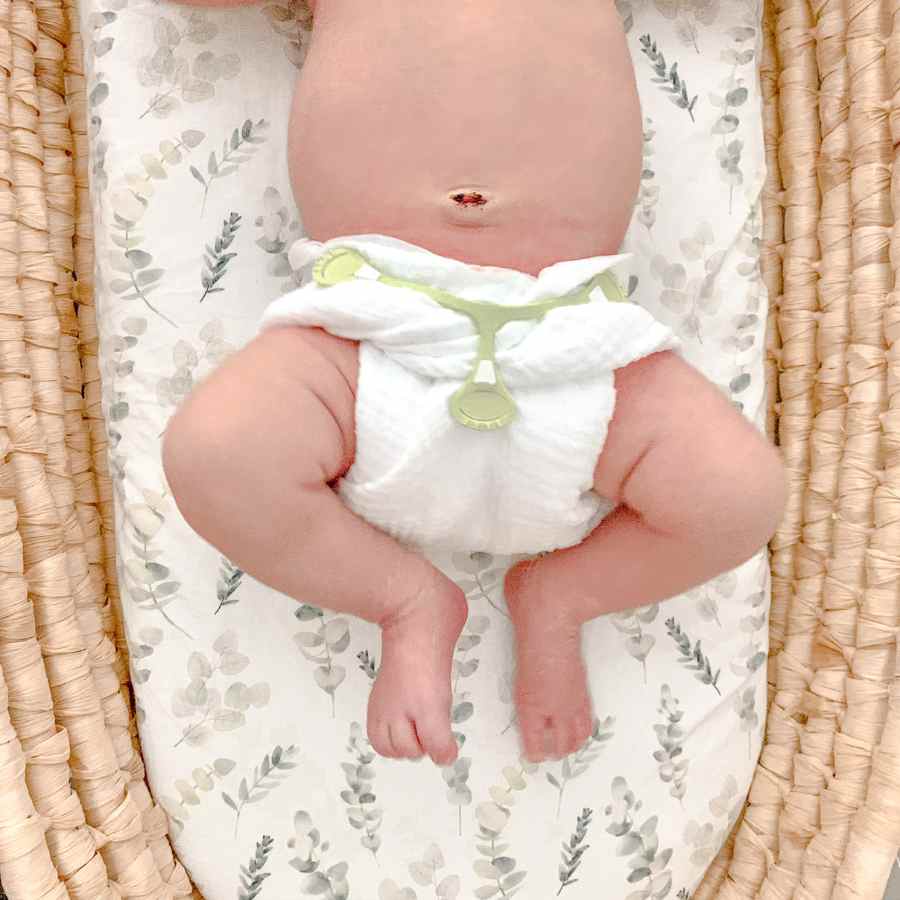
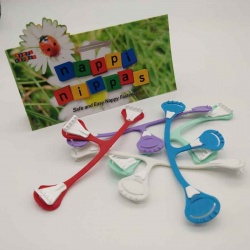
.jpg)
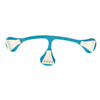
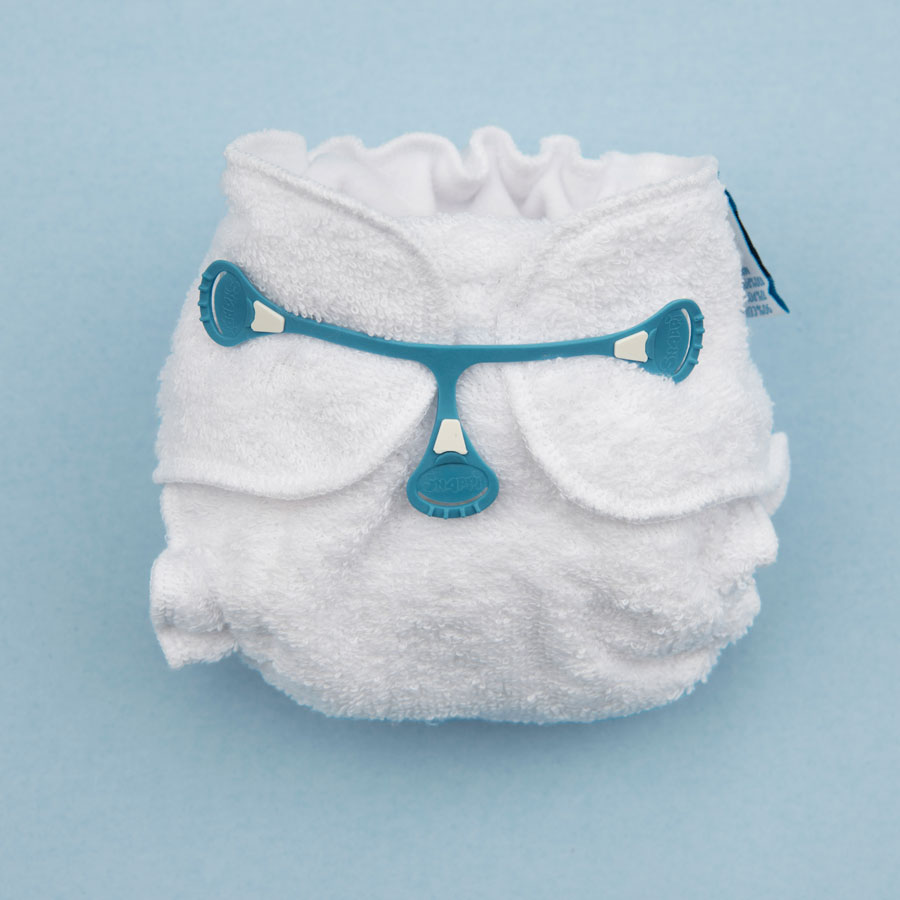
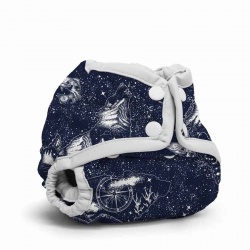
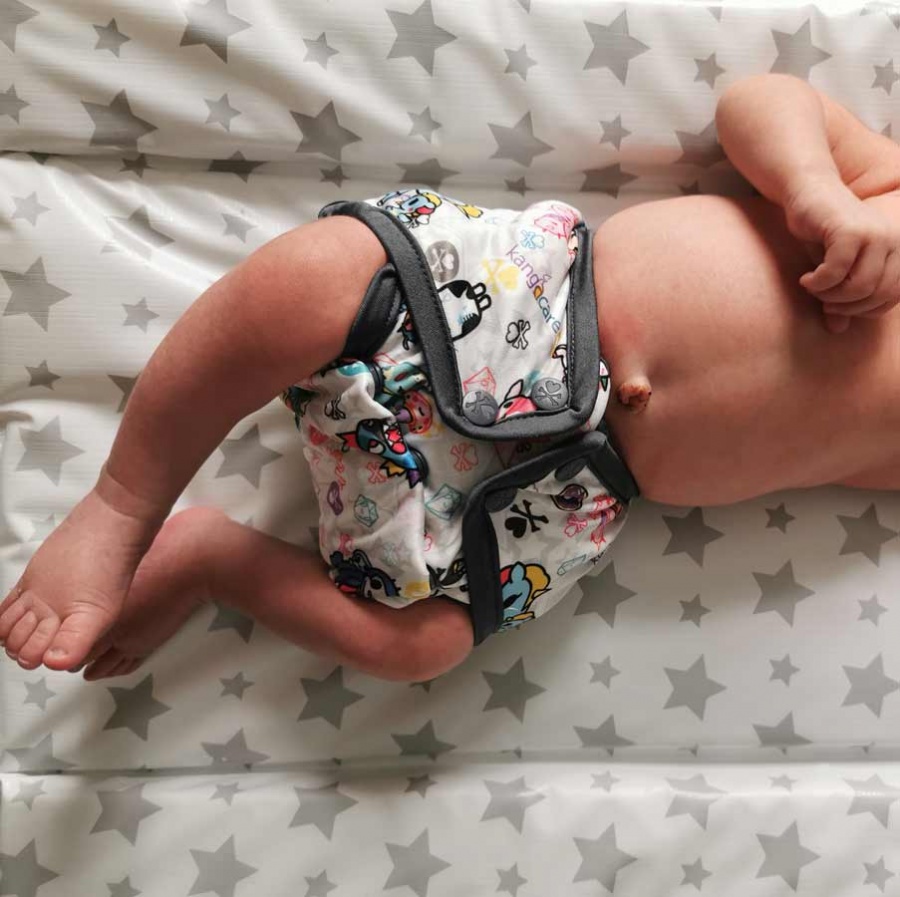
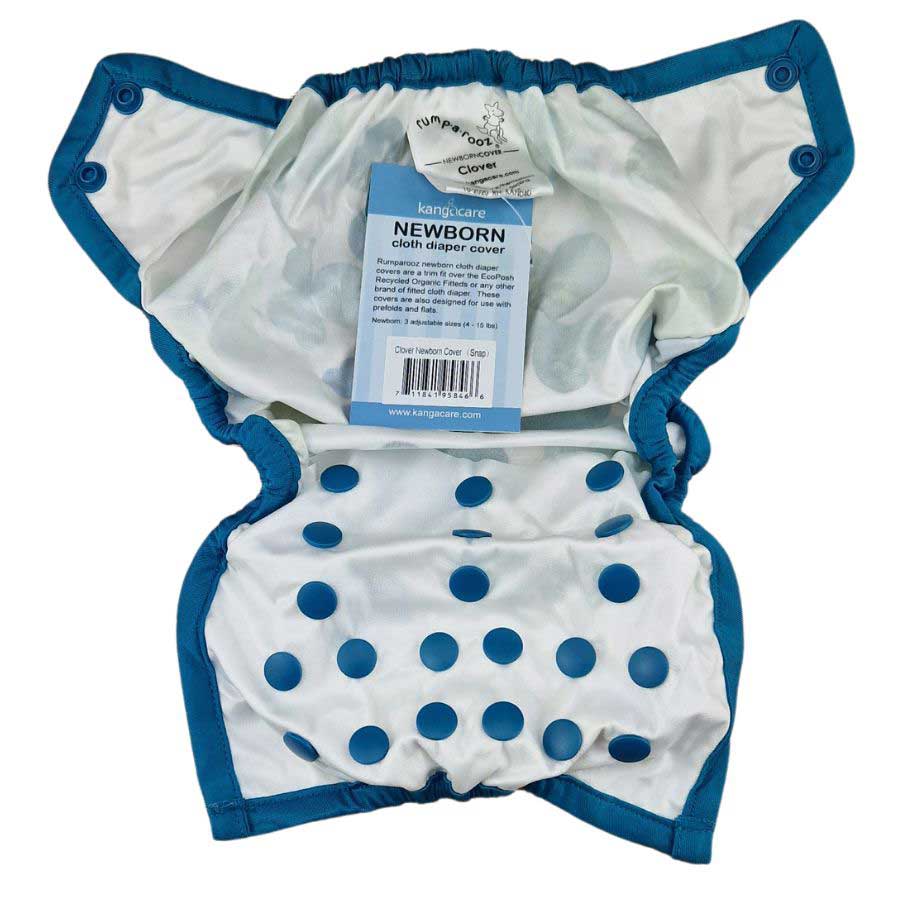
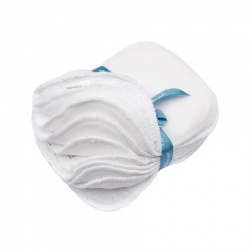
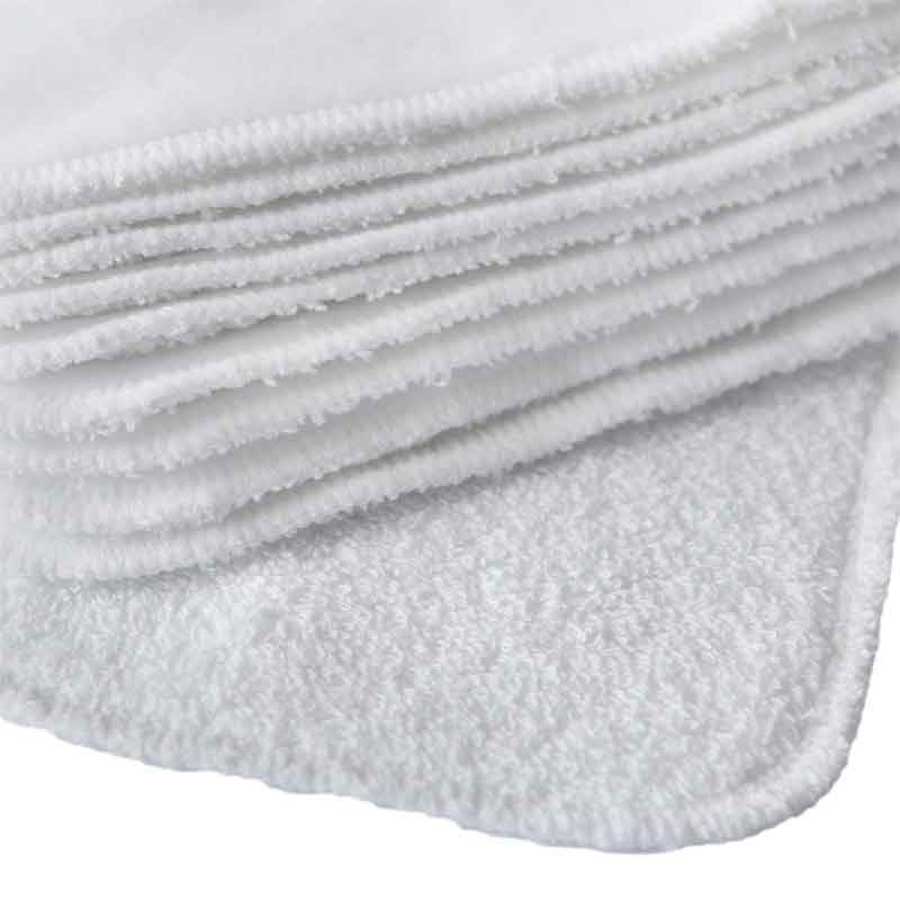
.jpg)
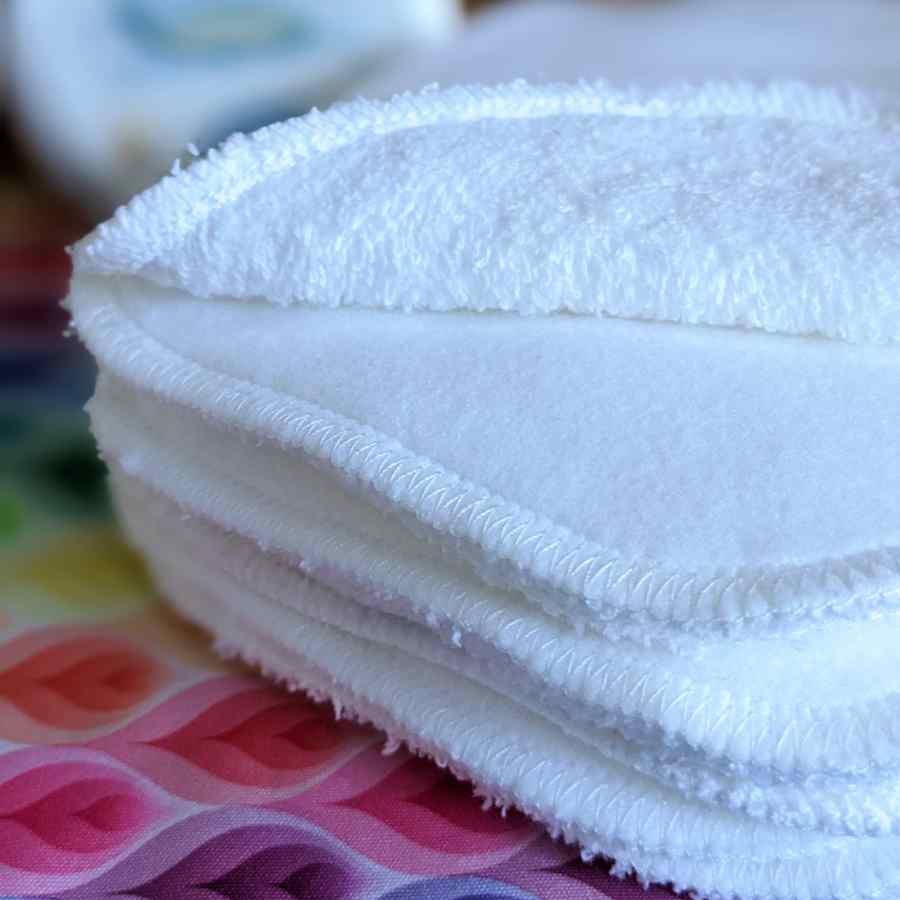

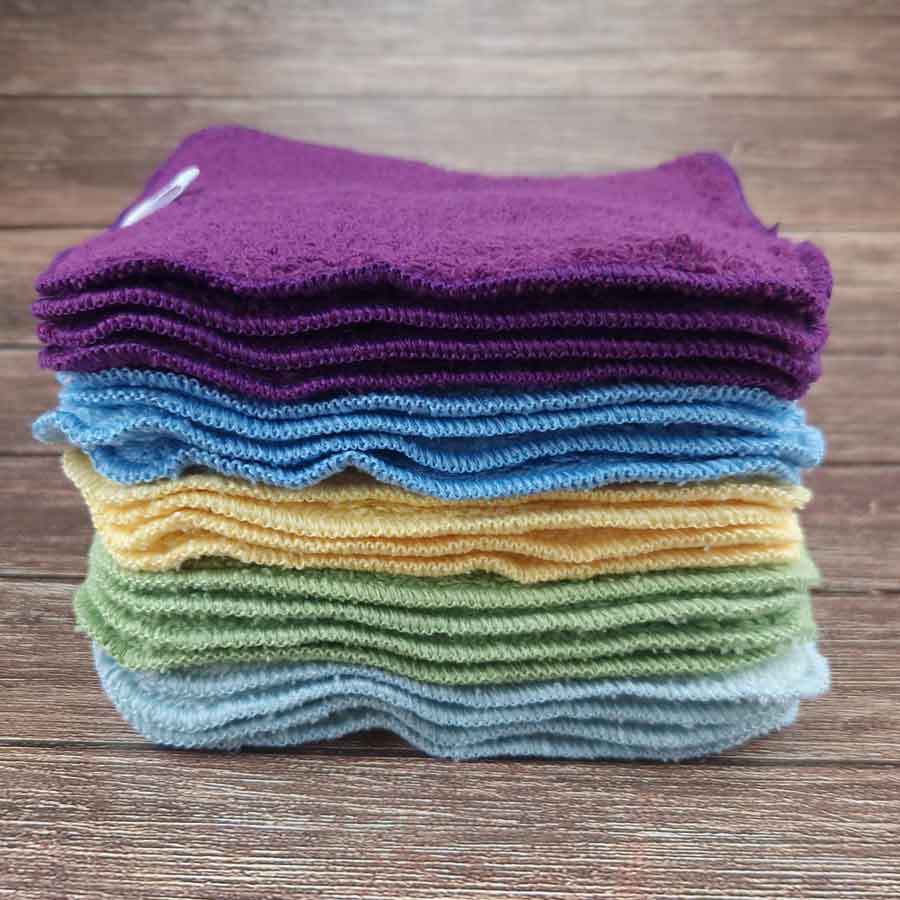
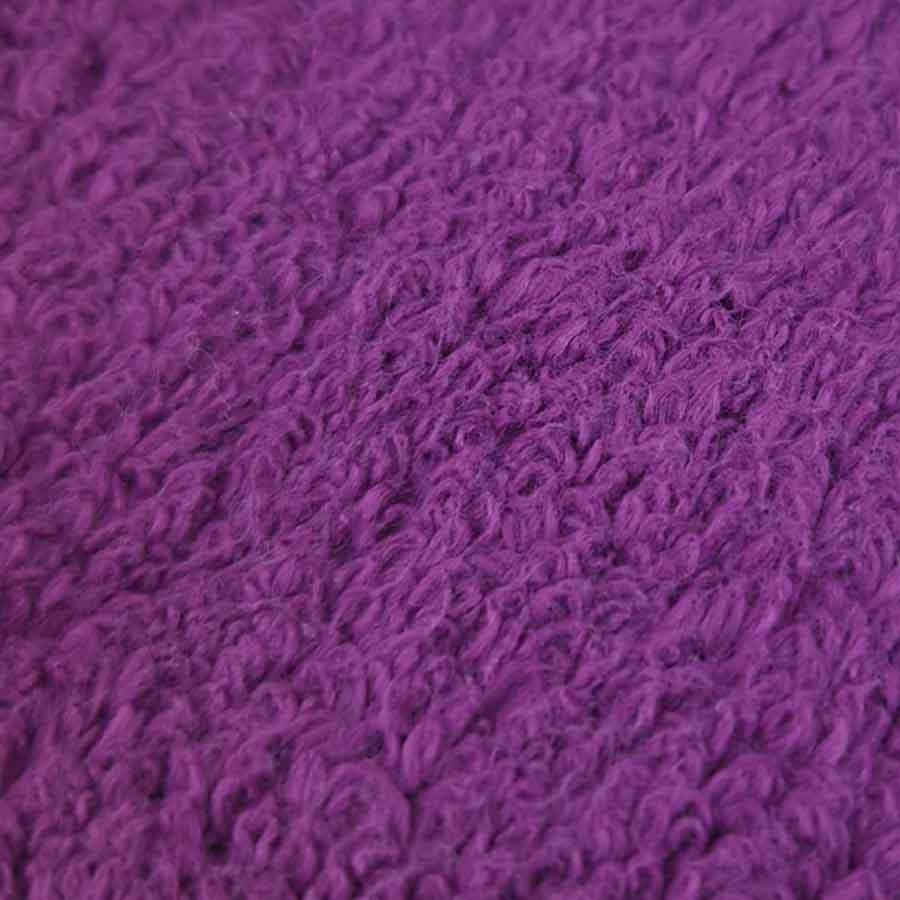
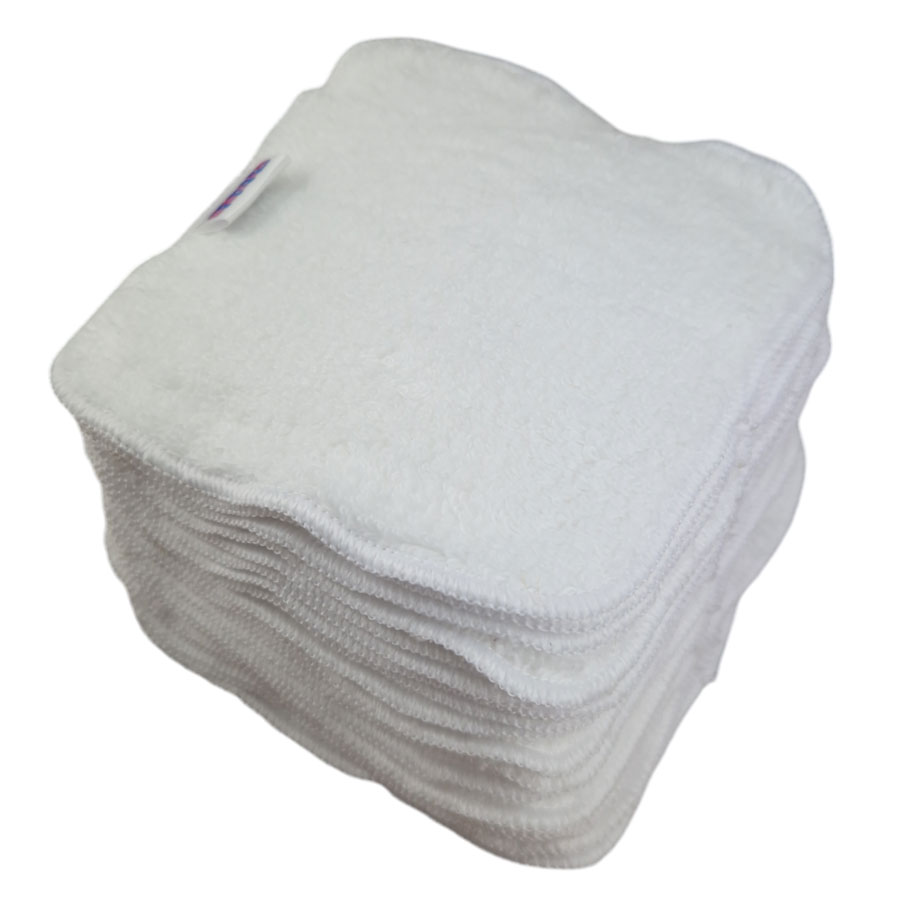
.jpg)
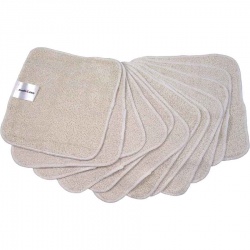
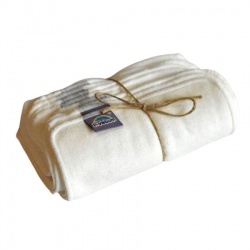
.jpg)
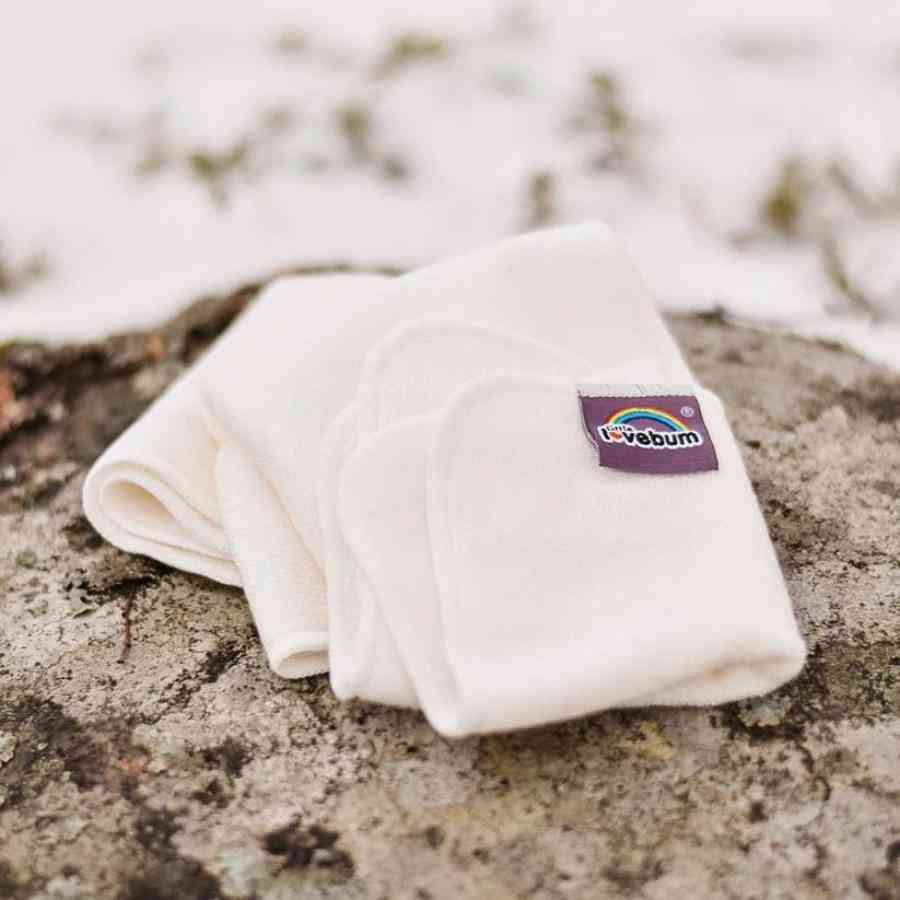
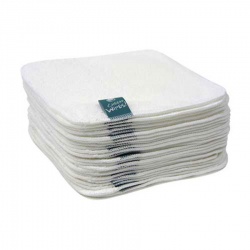
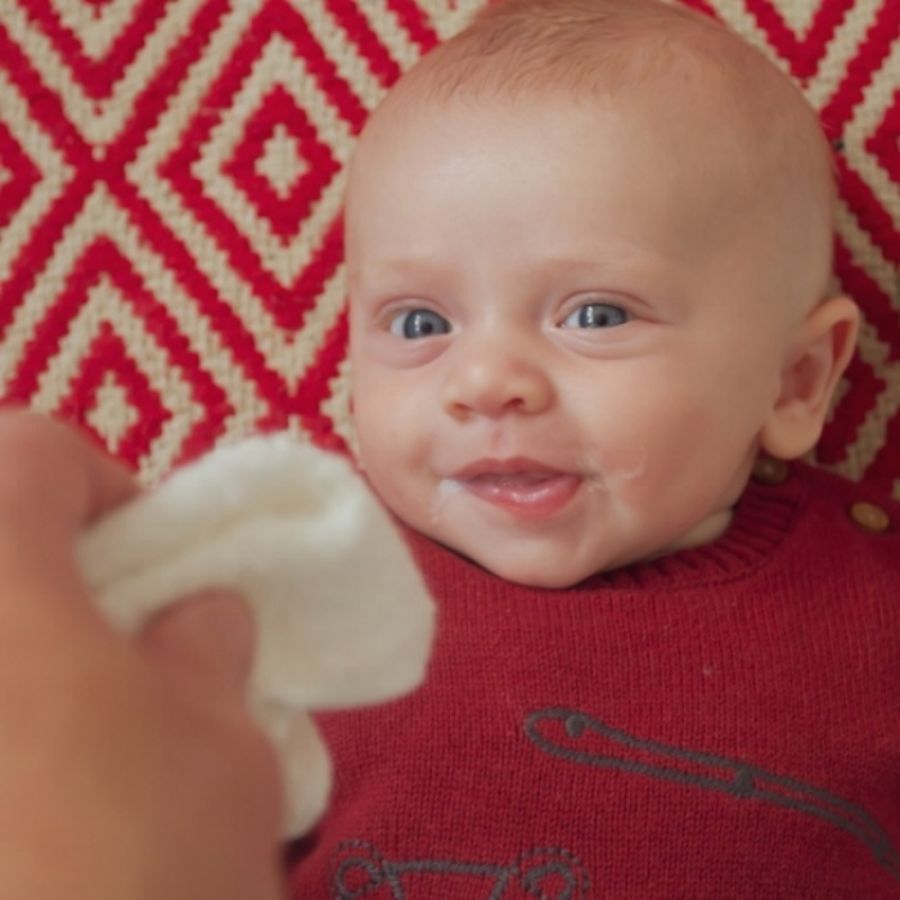
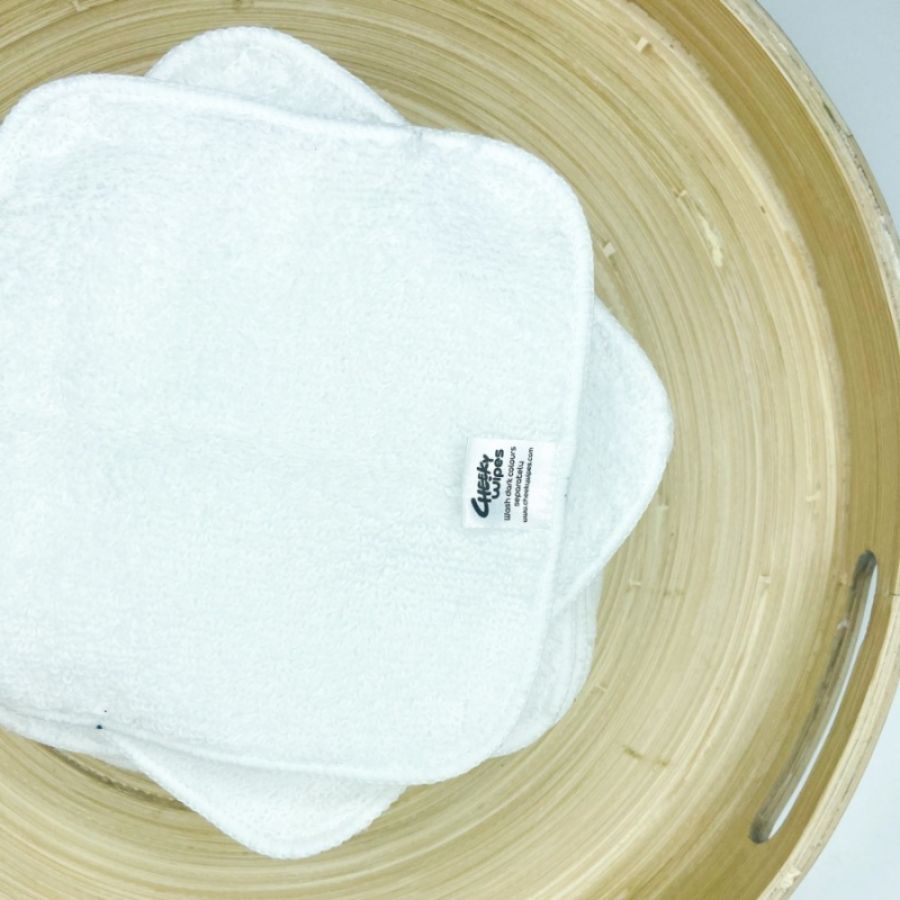
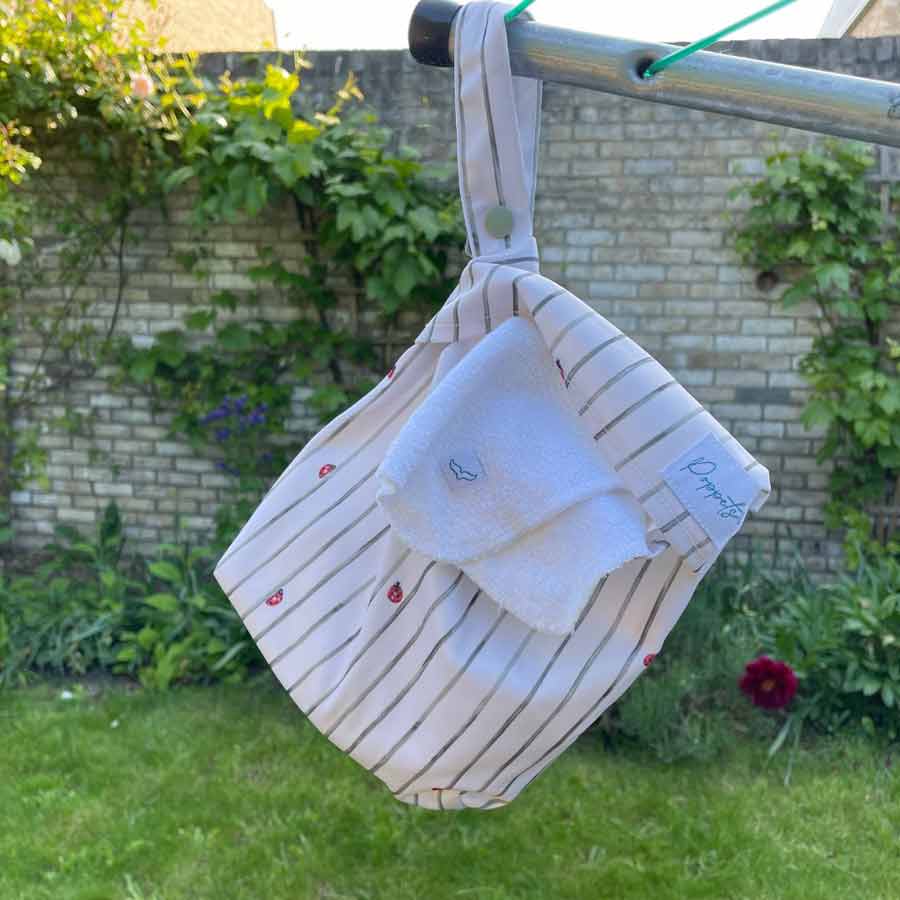
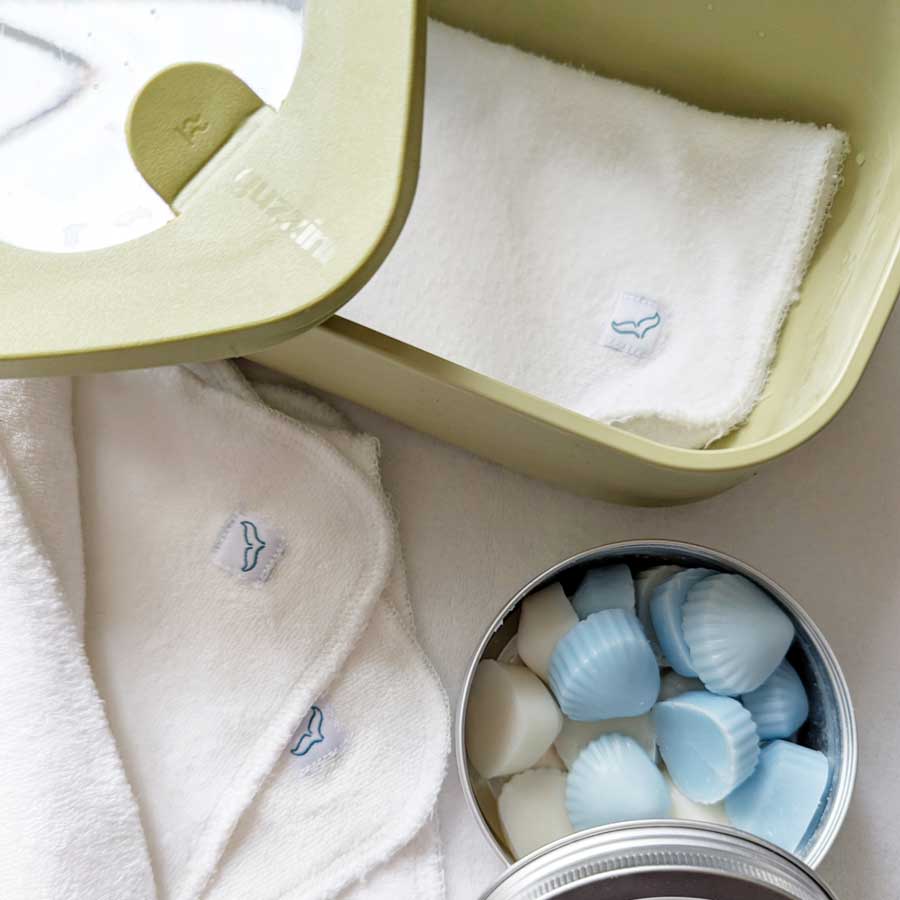
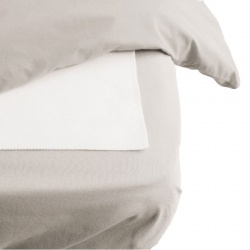
.jpg)
.jpg)
(1).jpg)
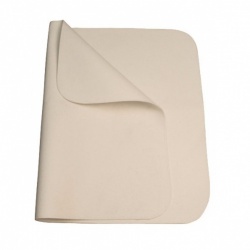
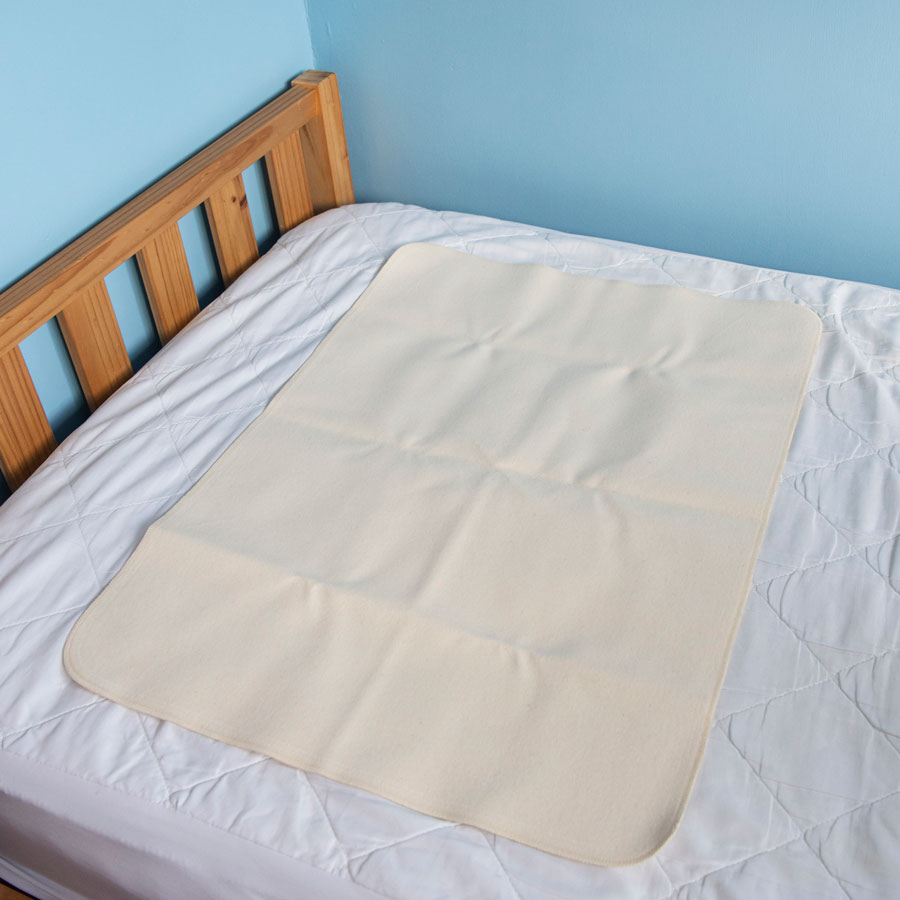
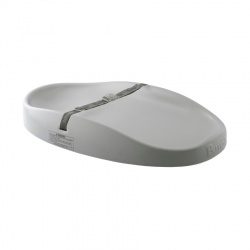
.jpg)
.jpg)
.jpg)
.jpg)
.jpg)
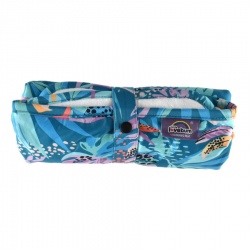
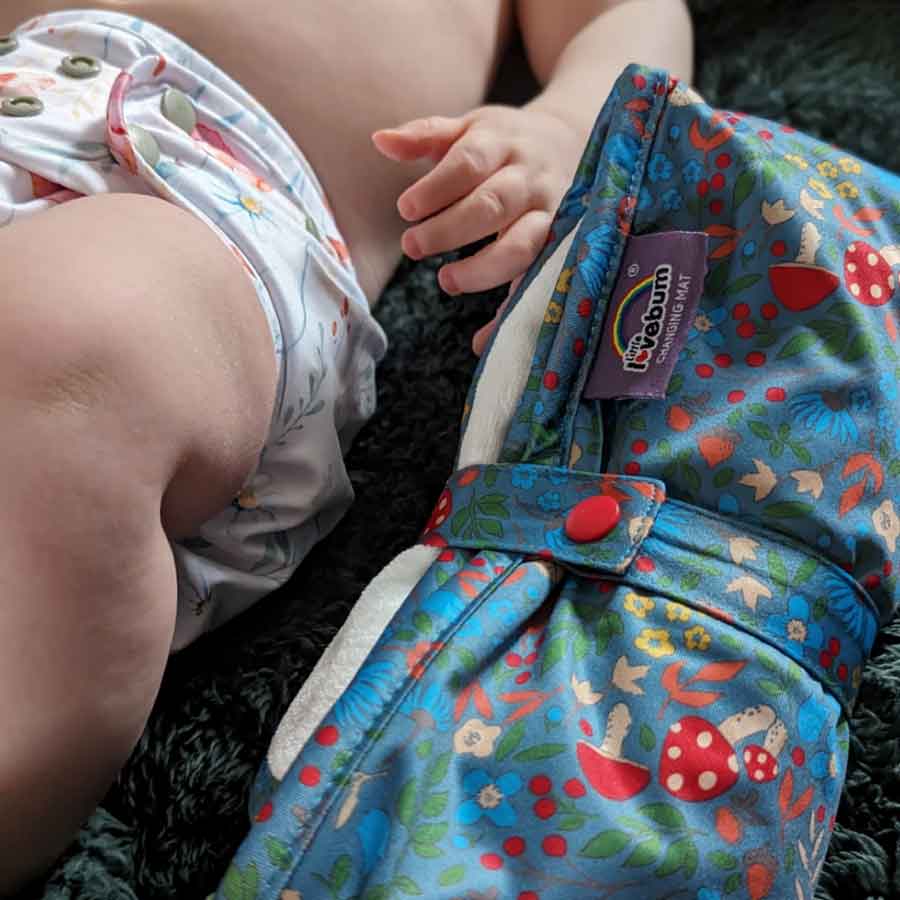
.jpg)
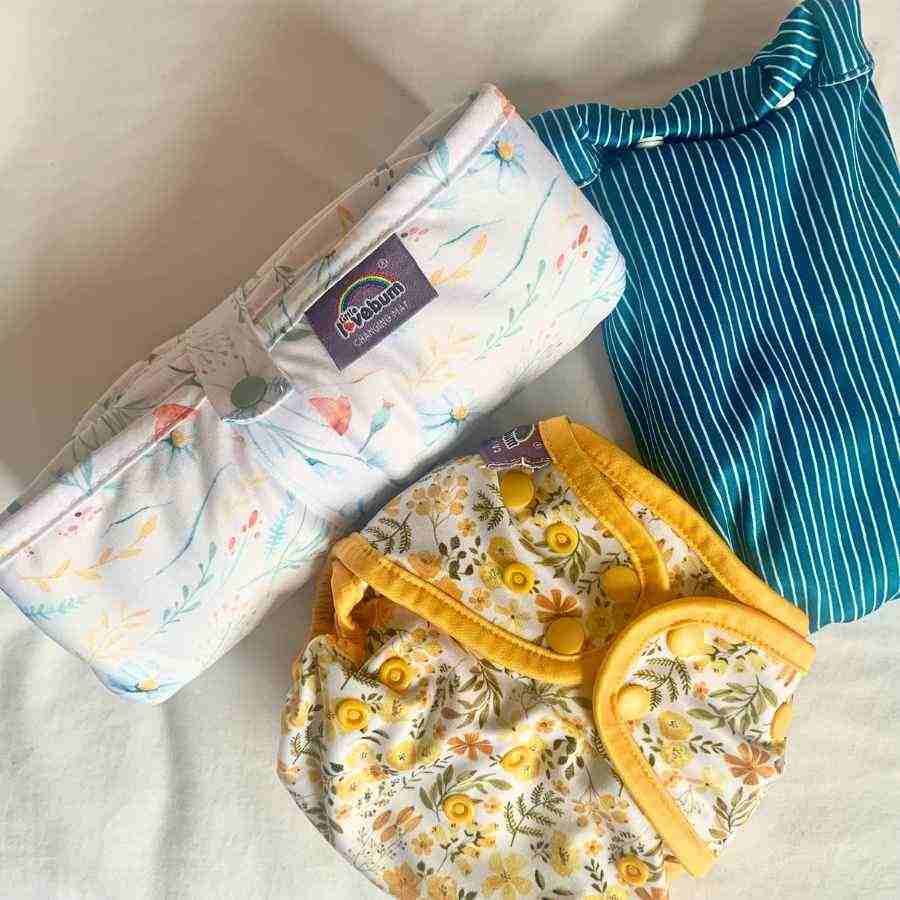
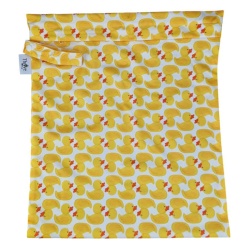
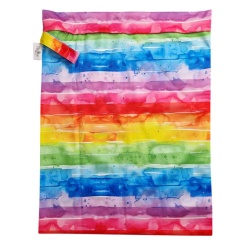
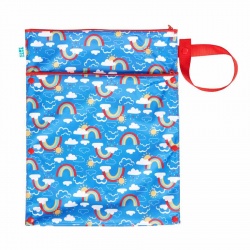
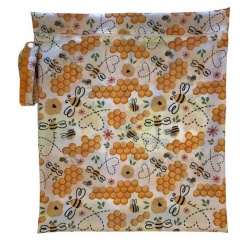
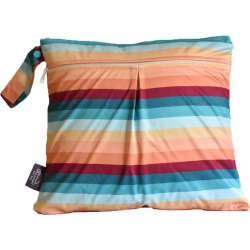
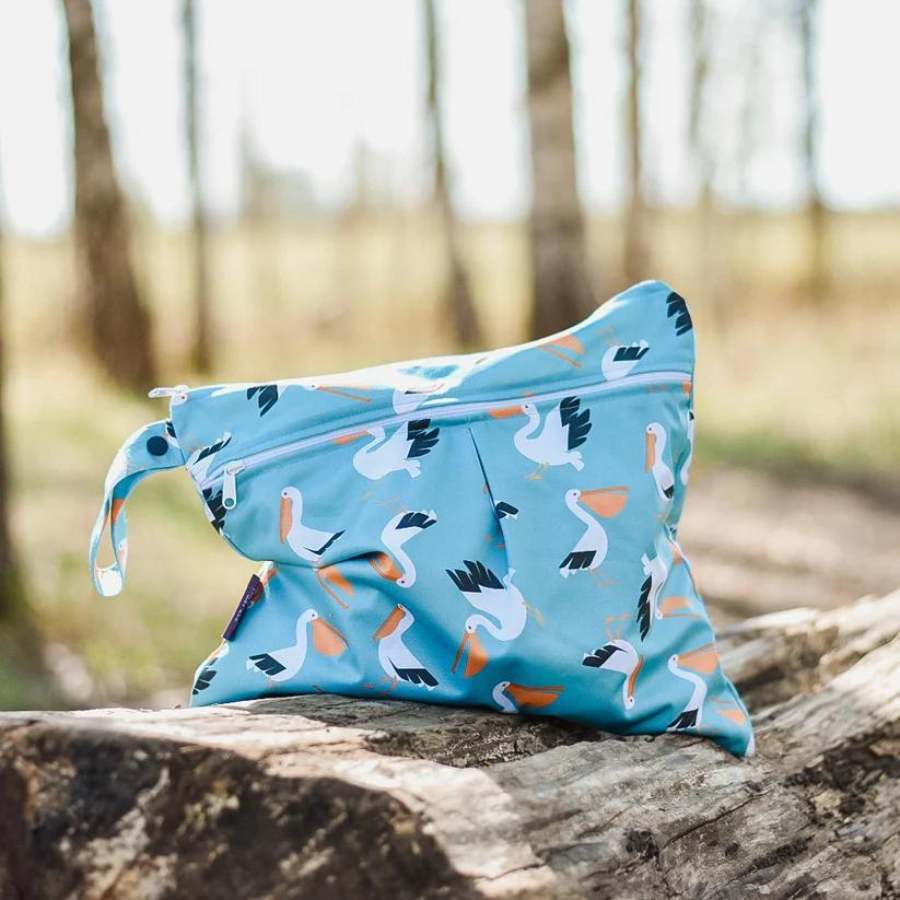
.jpg)
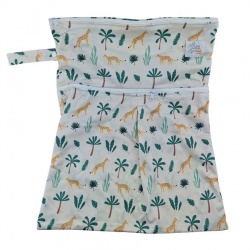
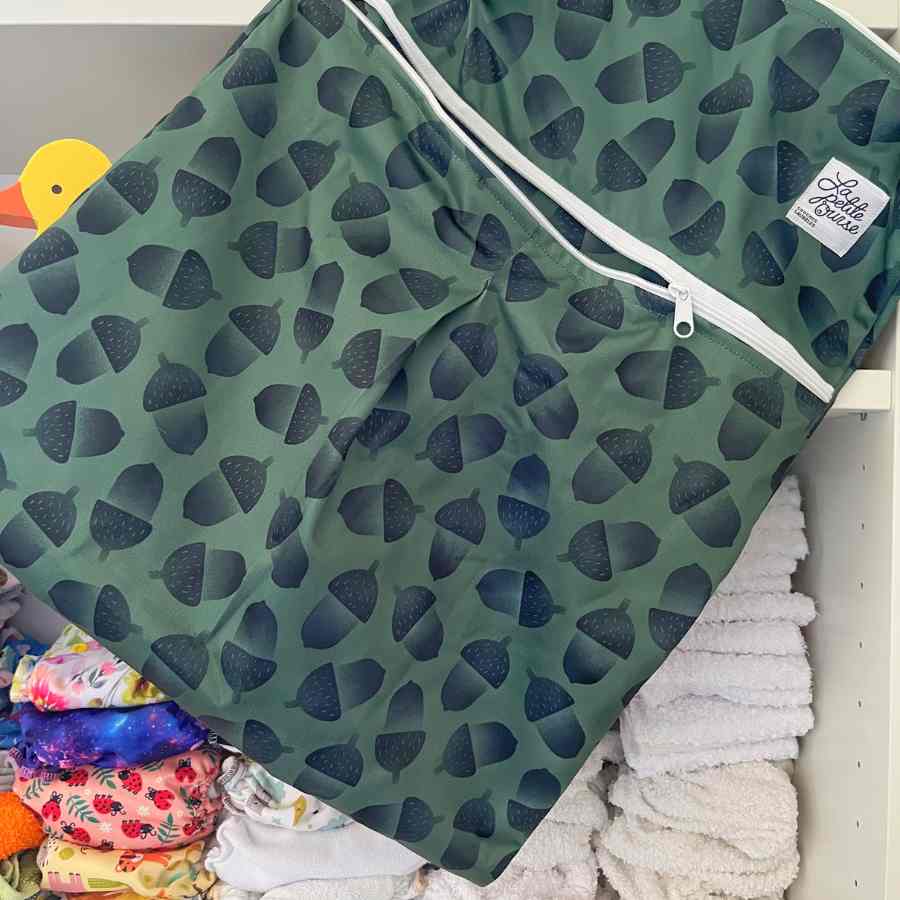

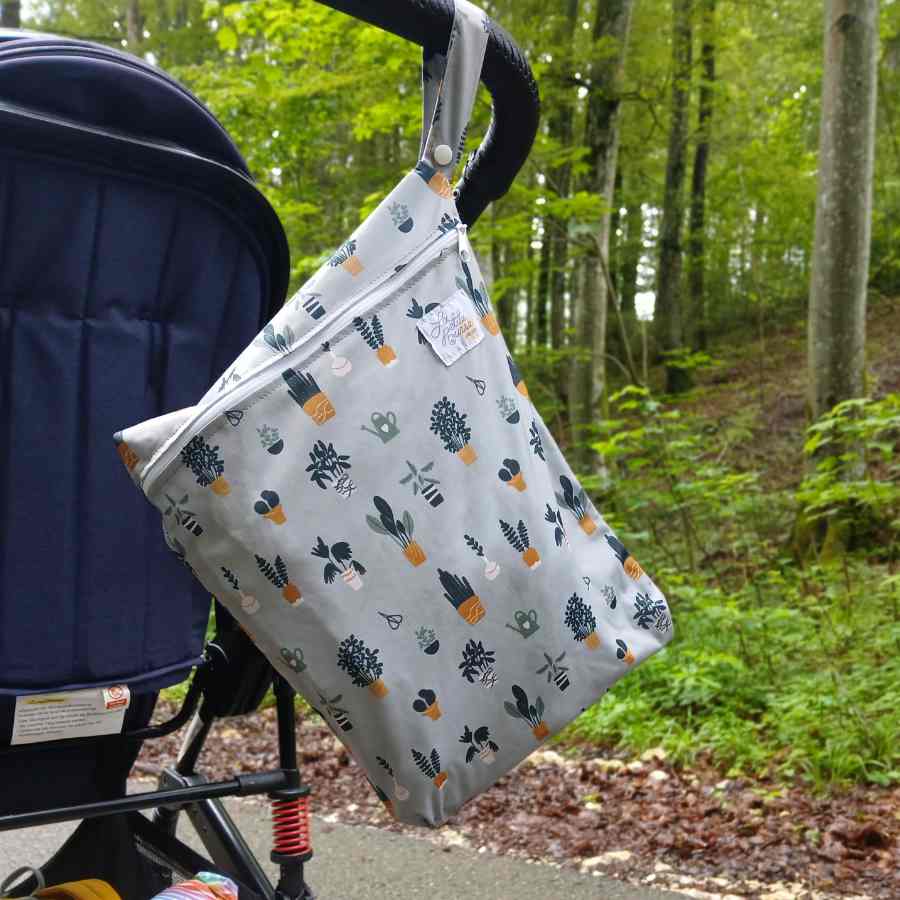
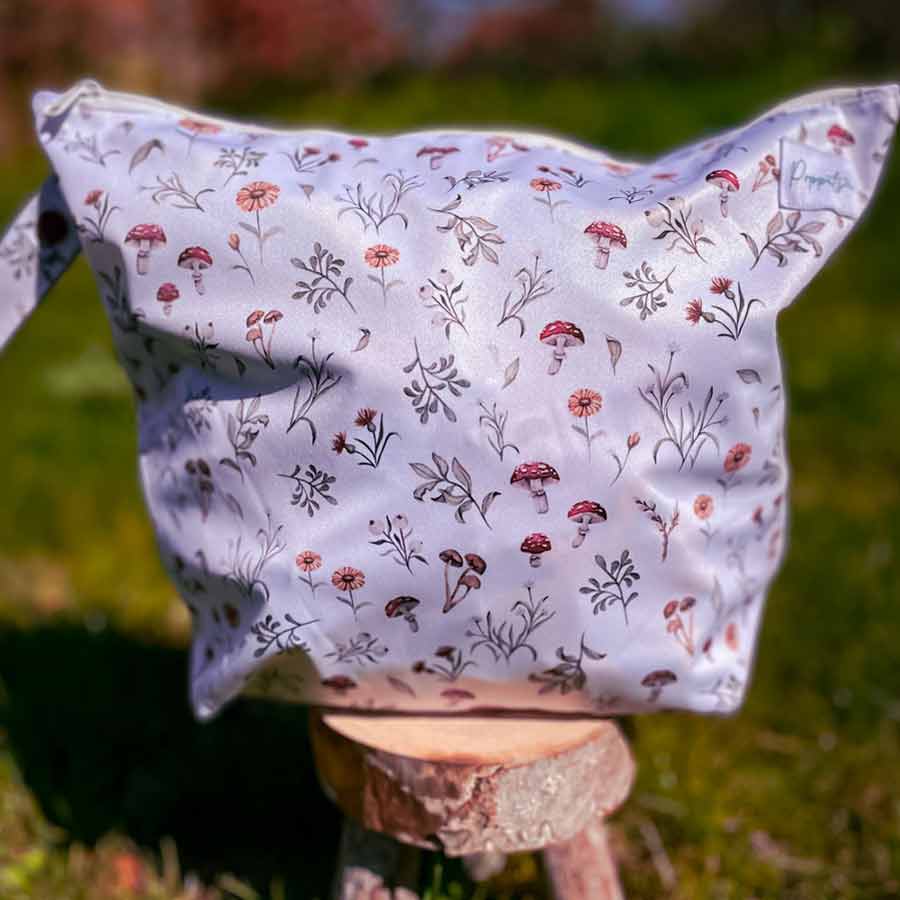
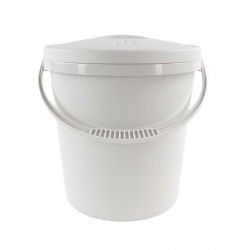
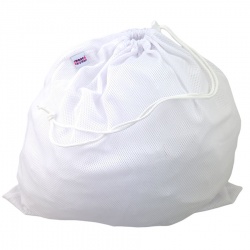
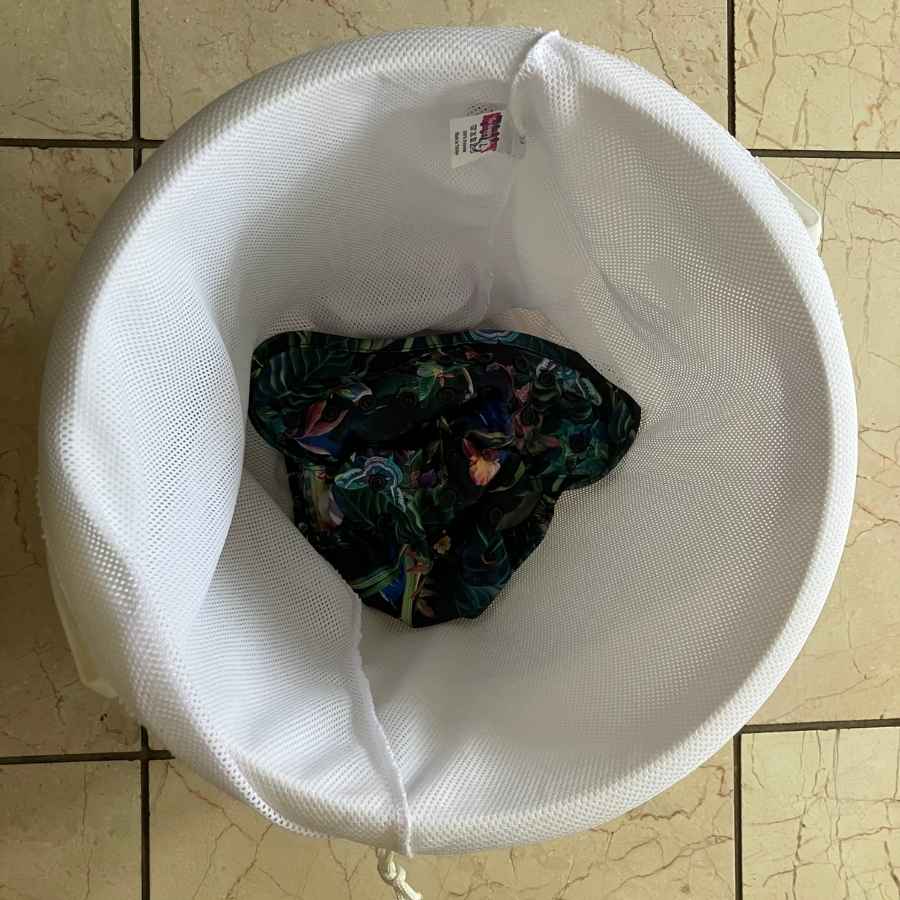
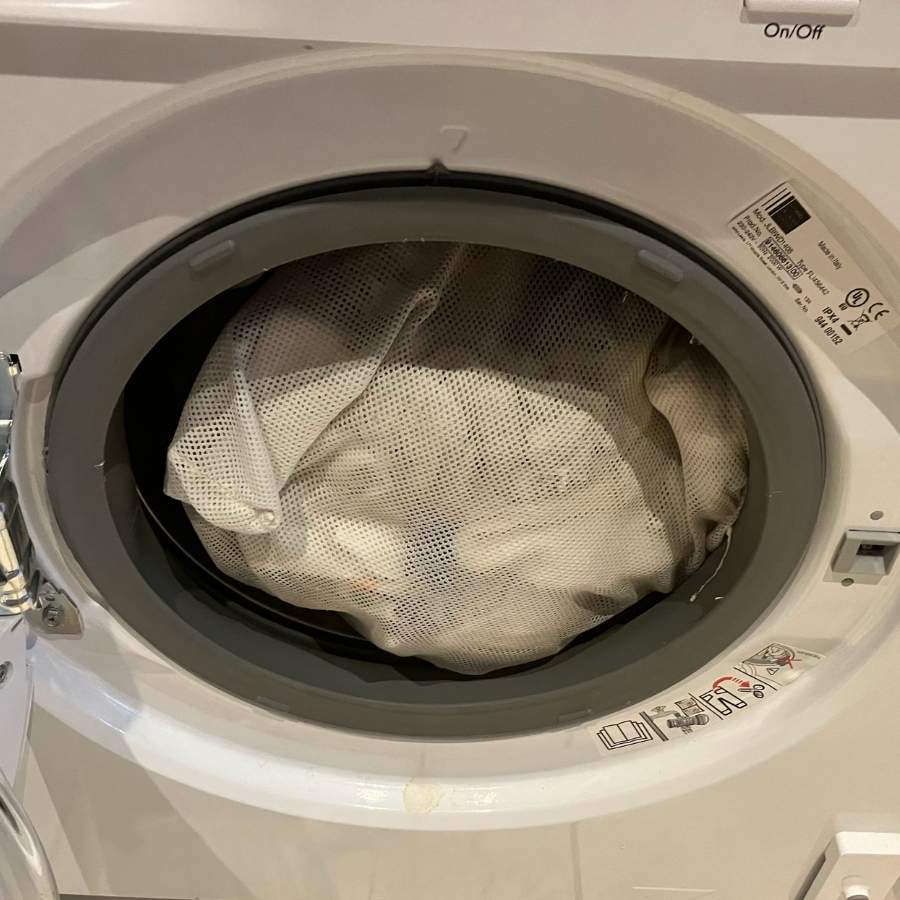
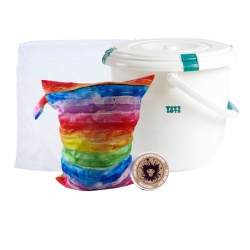
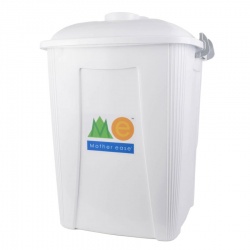
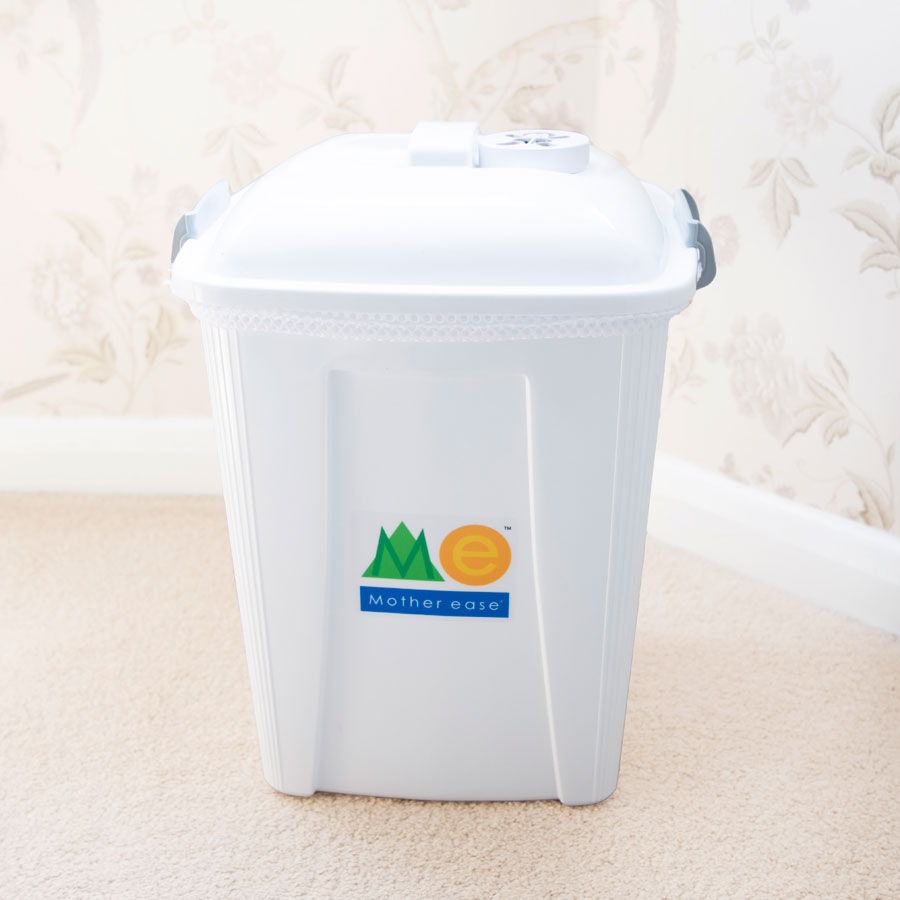
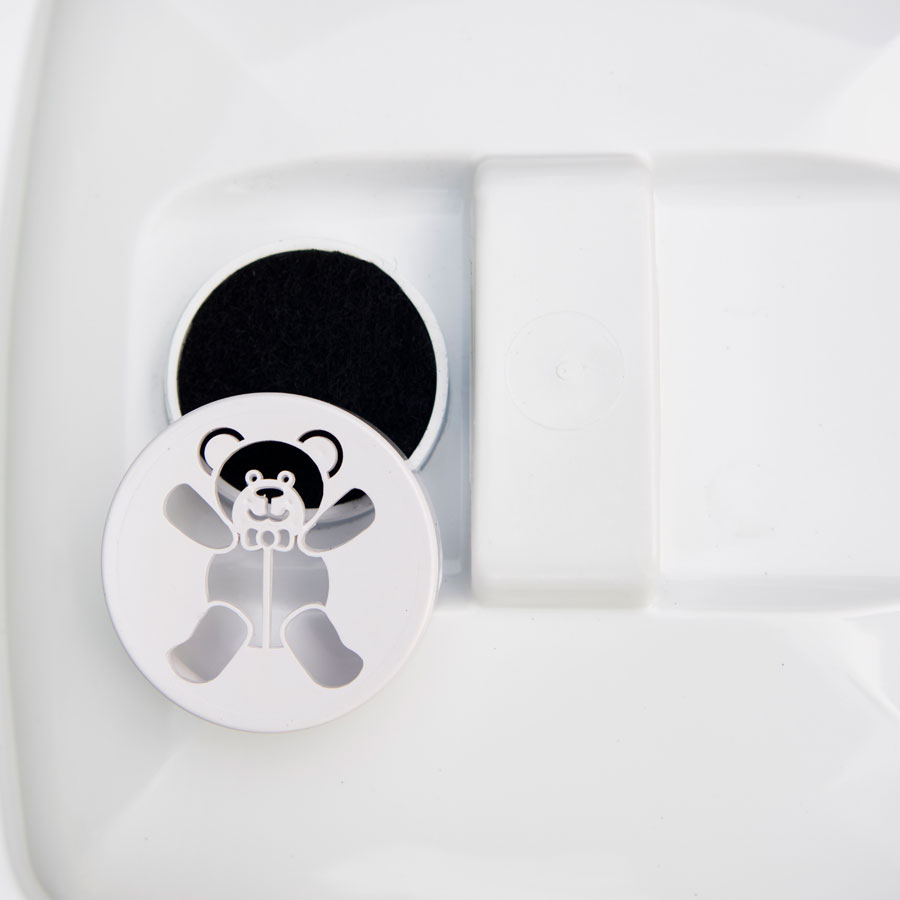
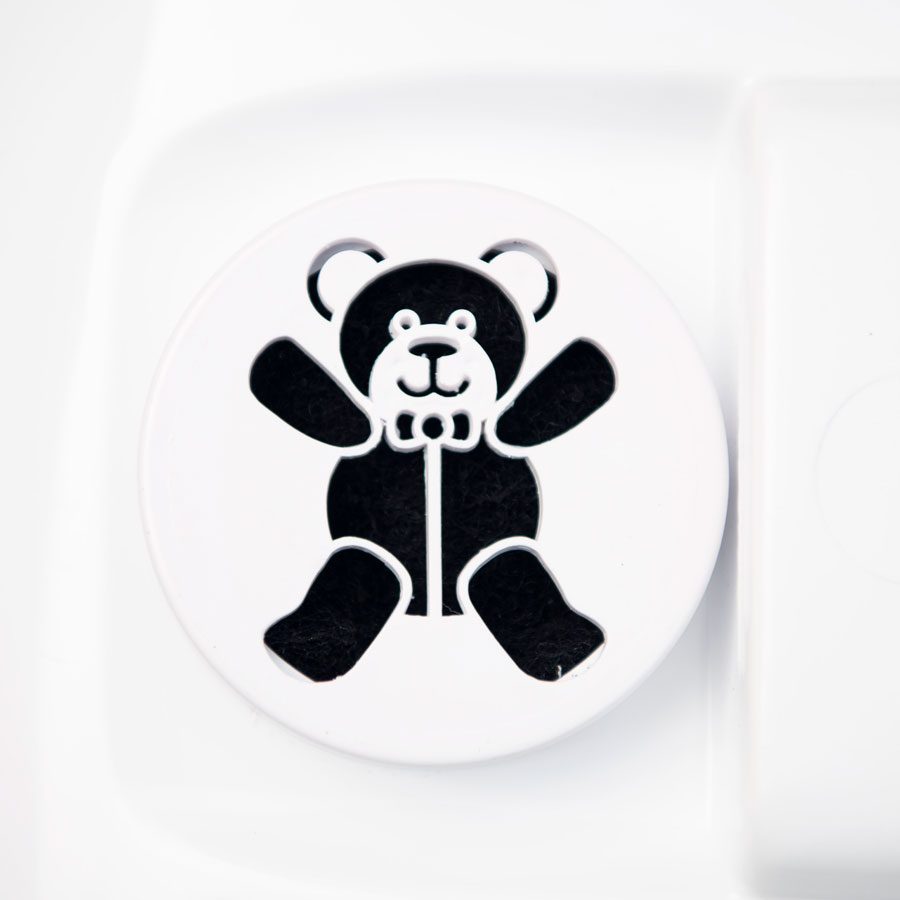

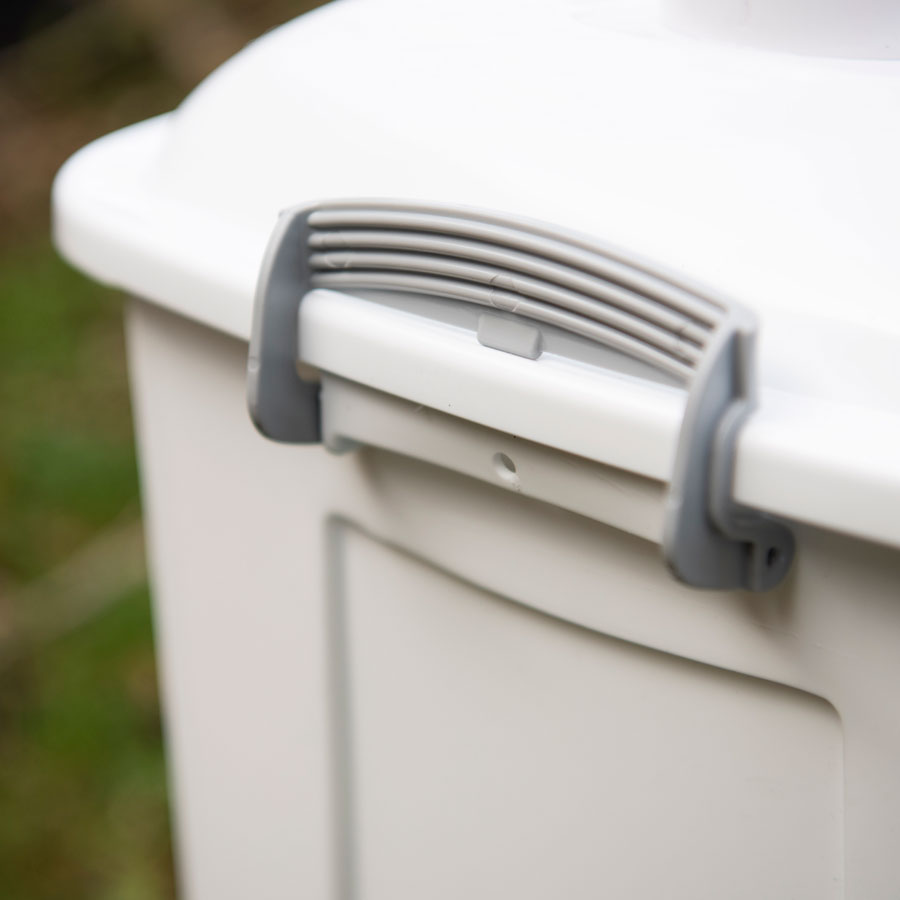
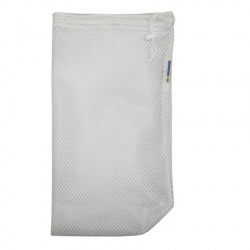
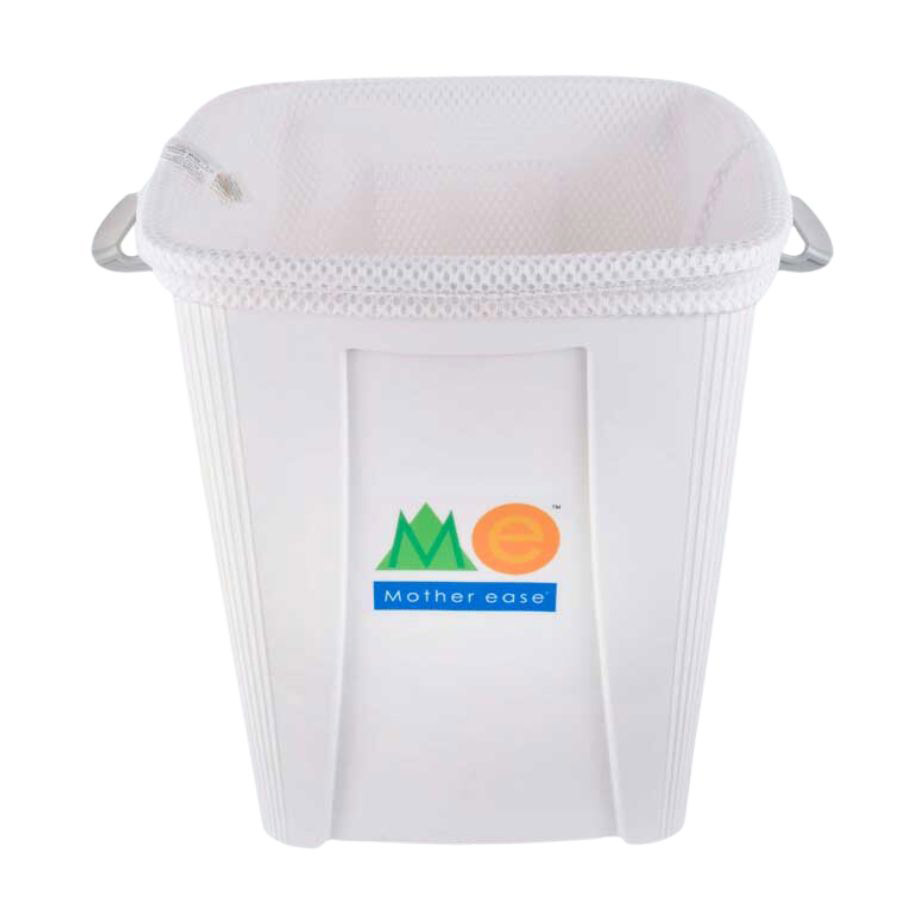
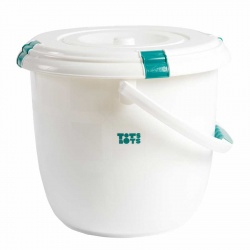
.jpg)

.jpg)
